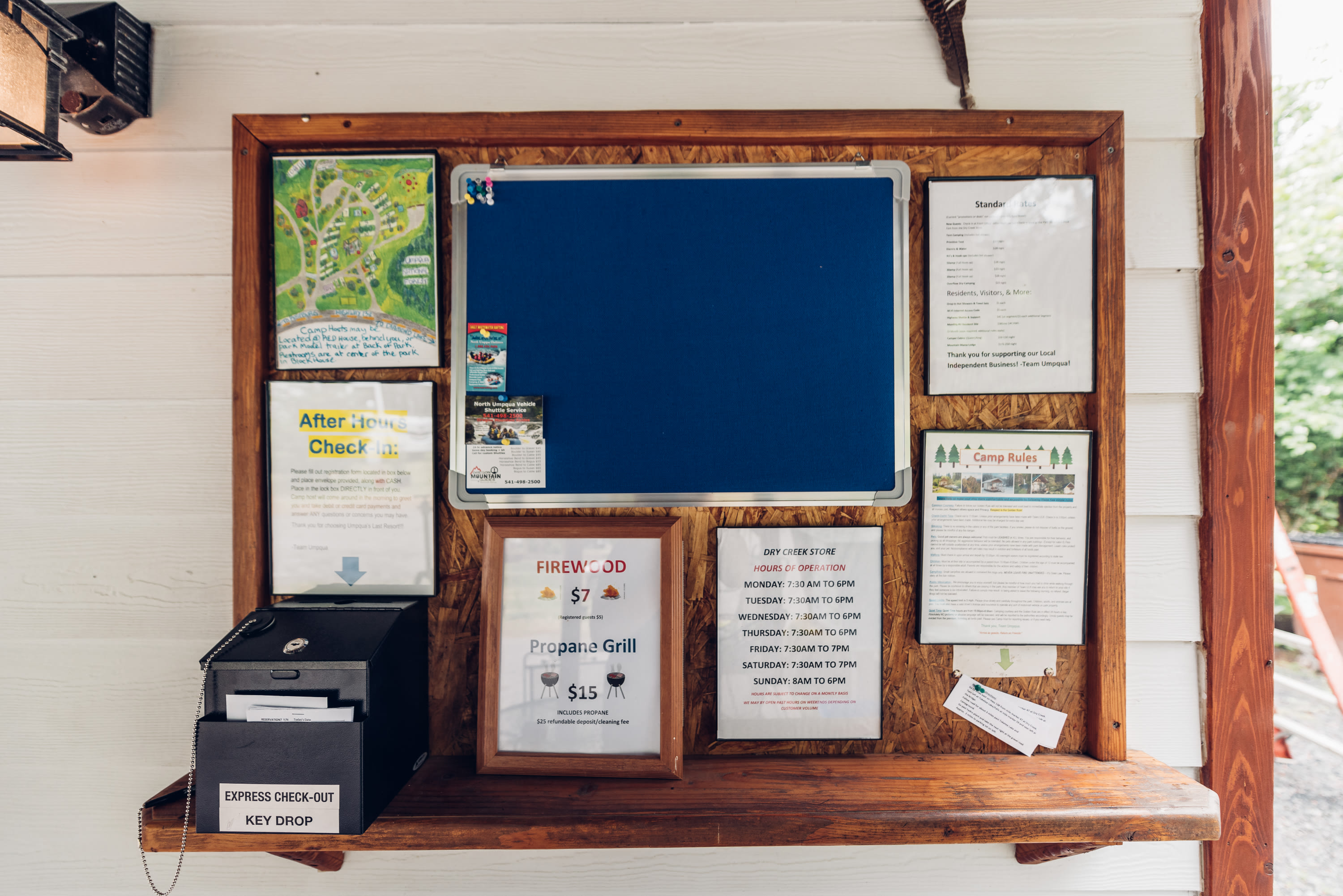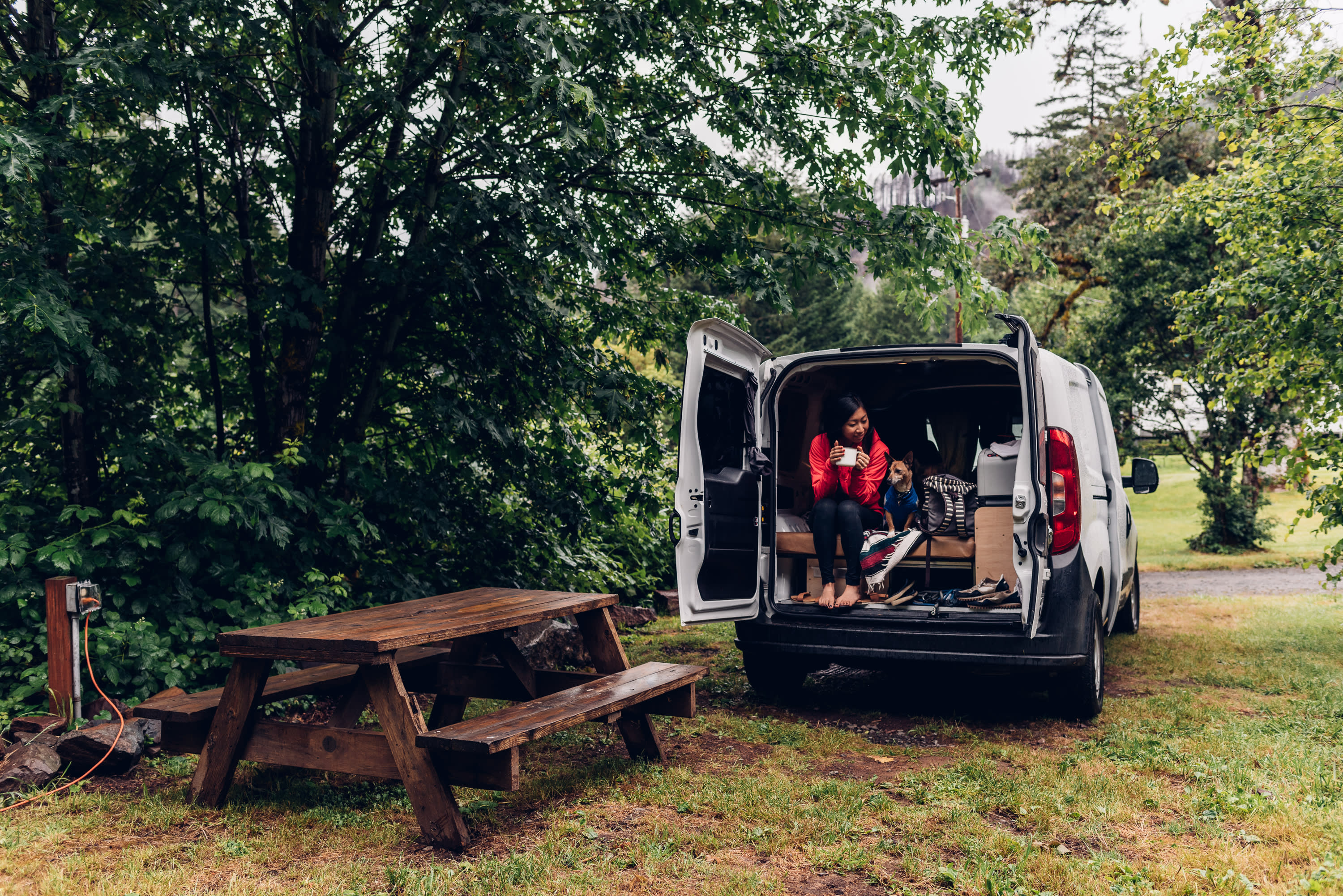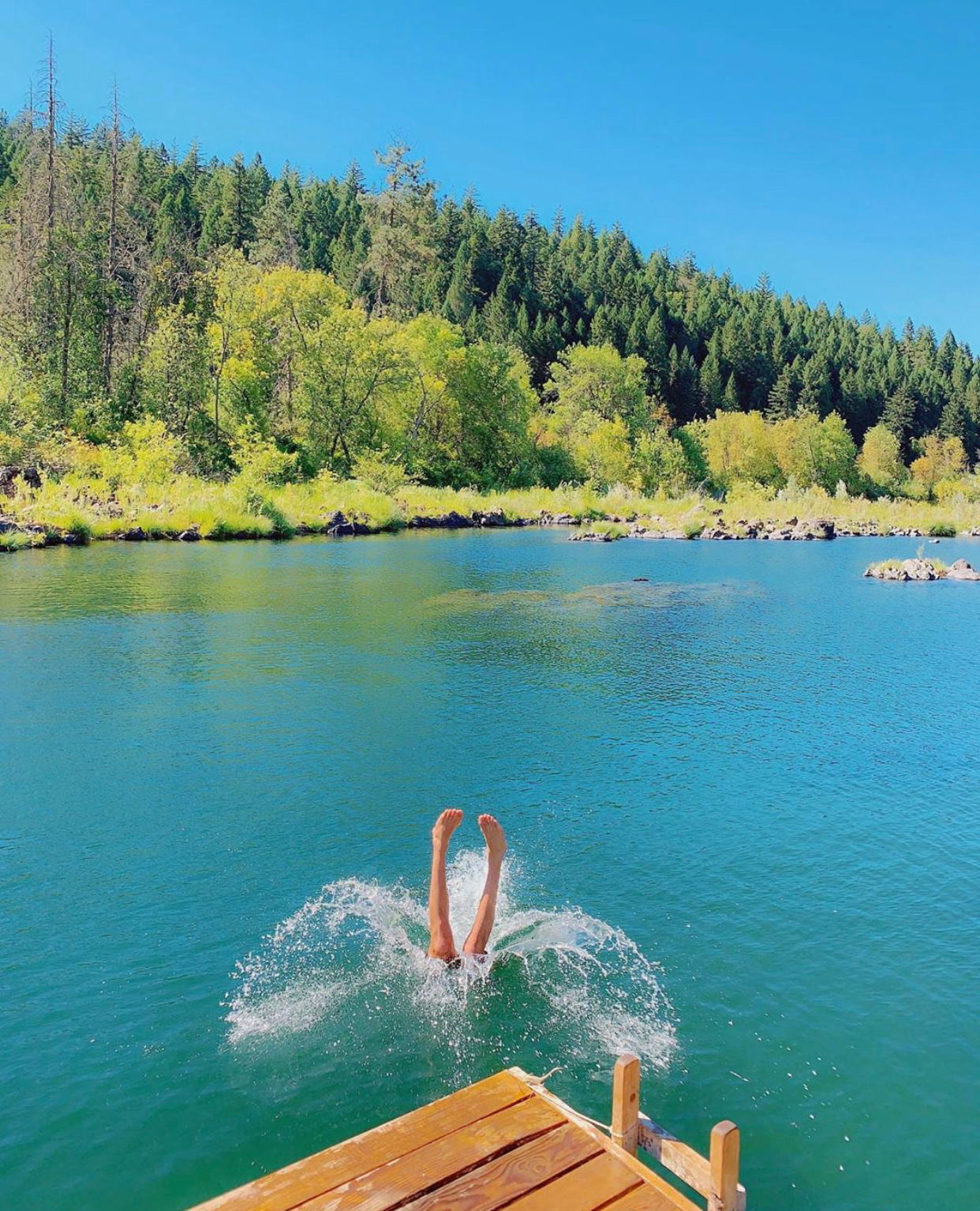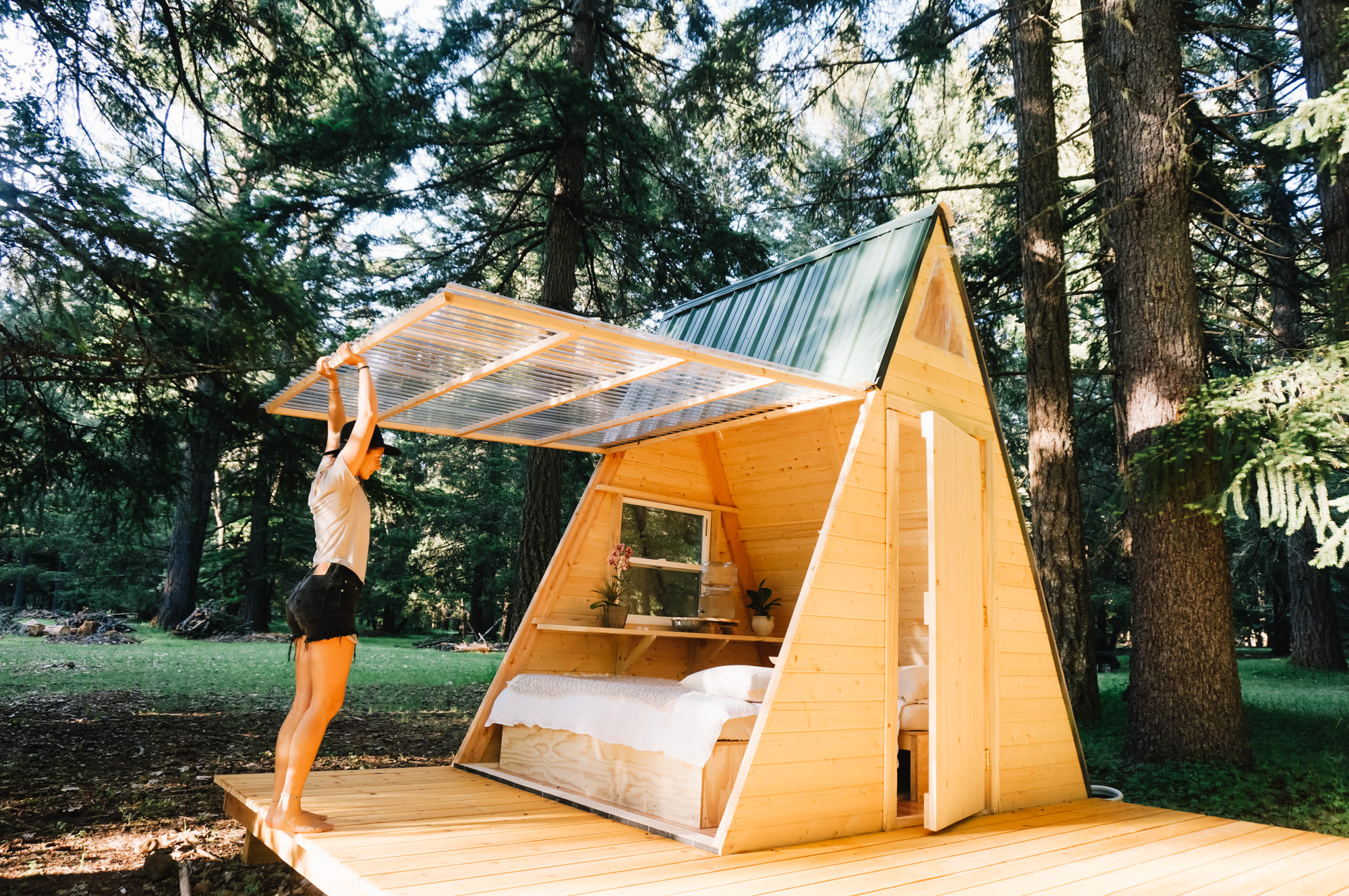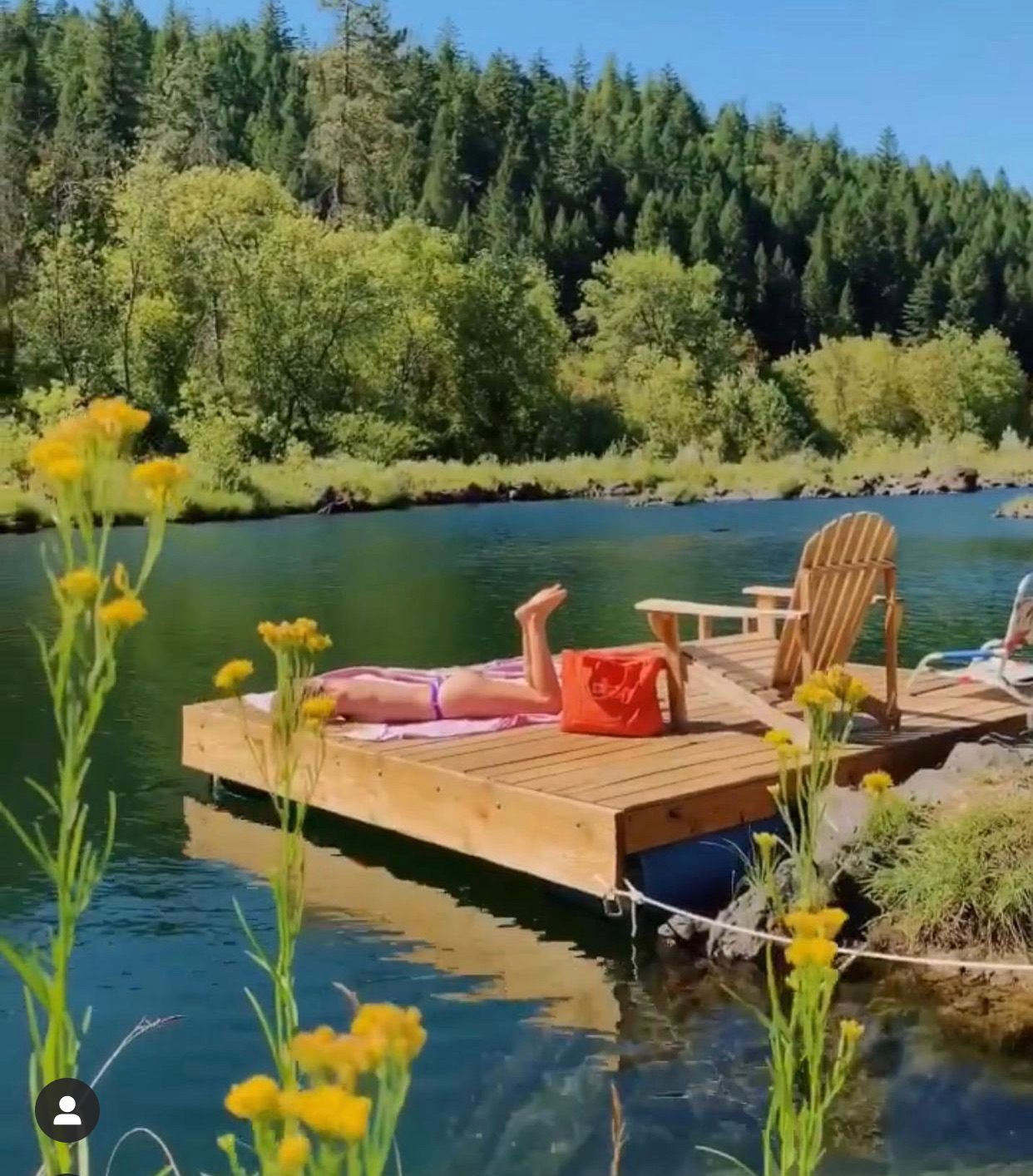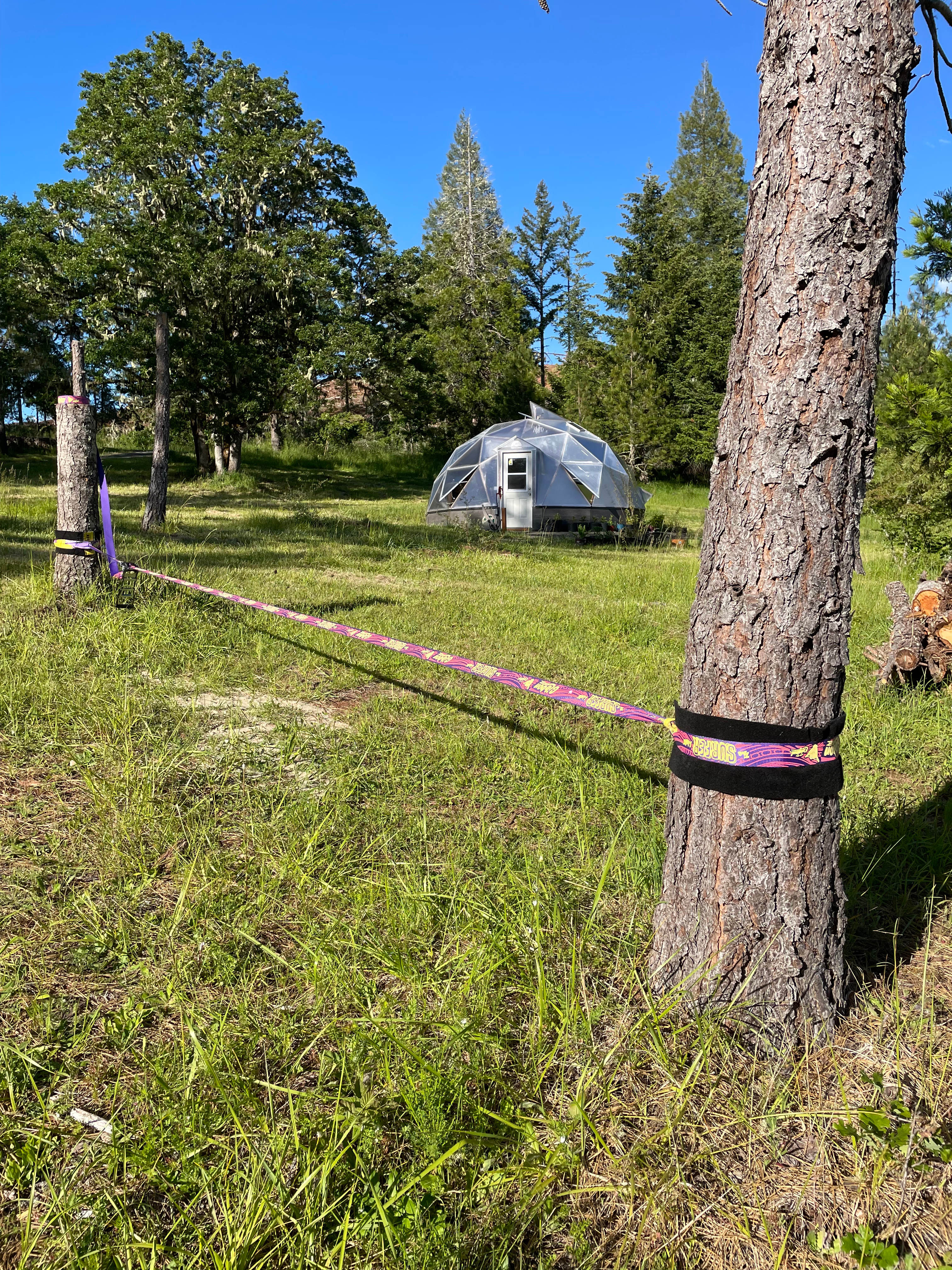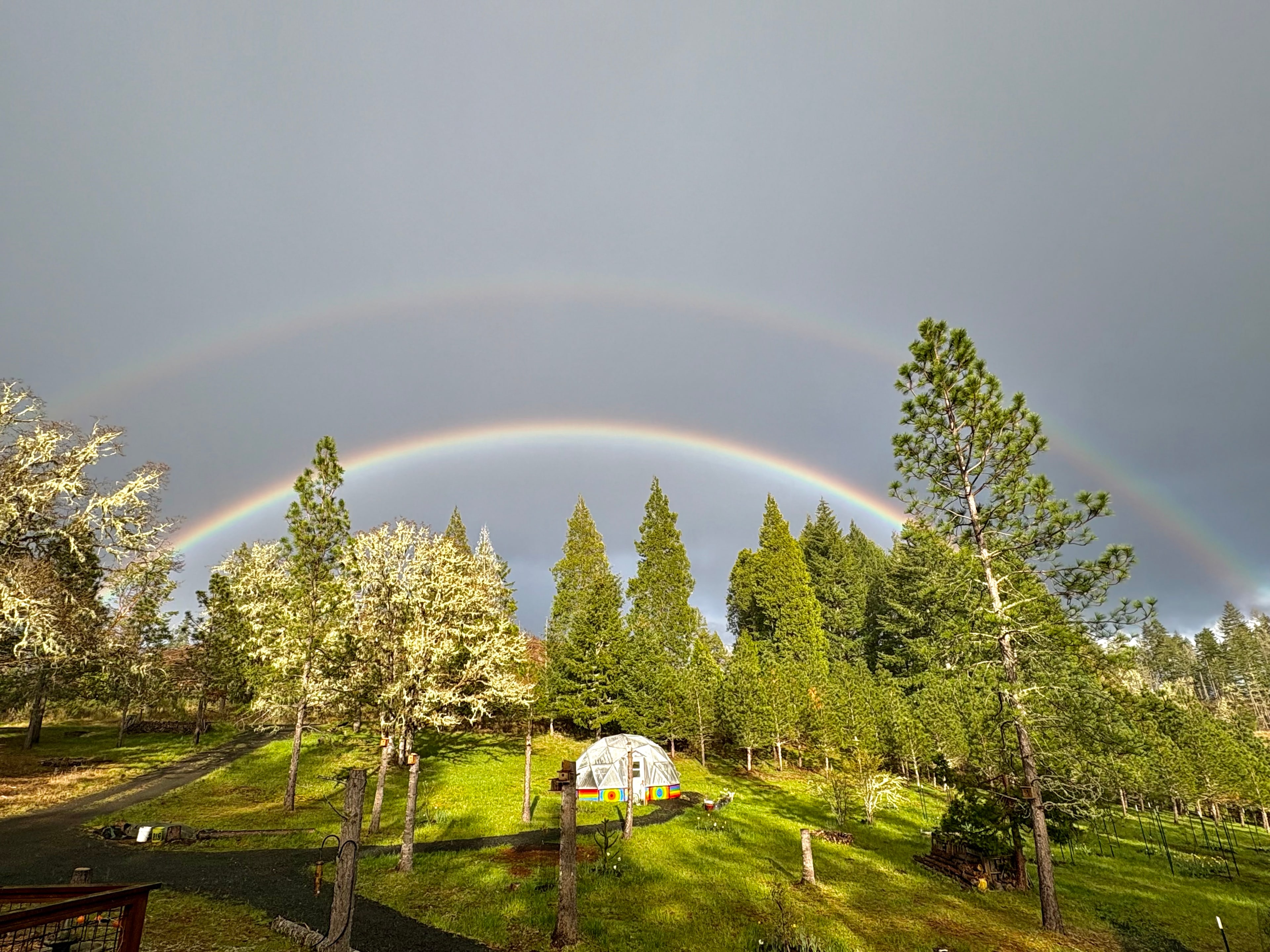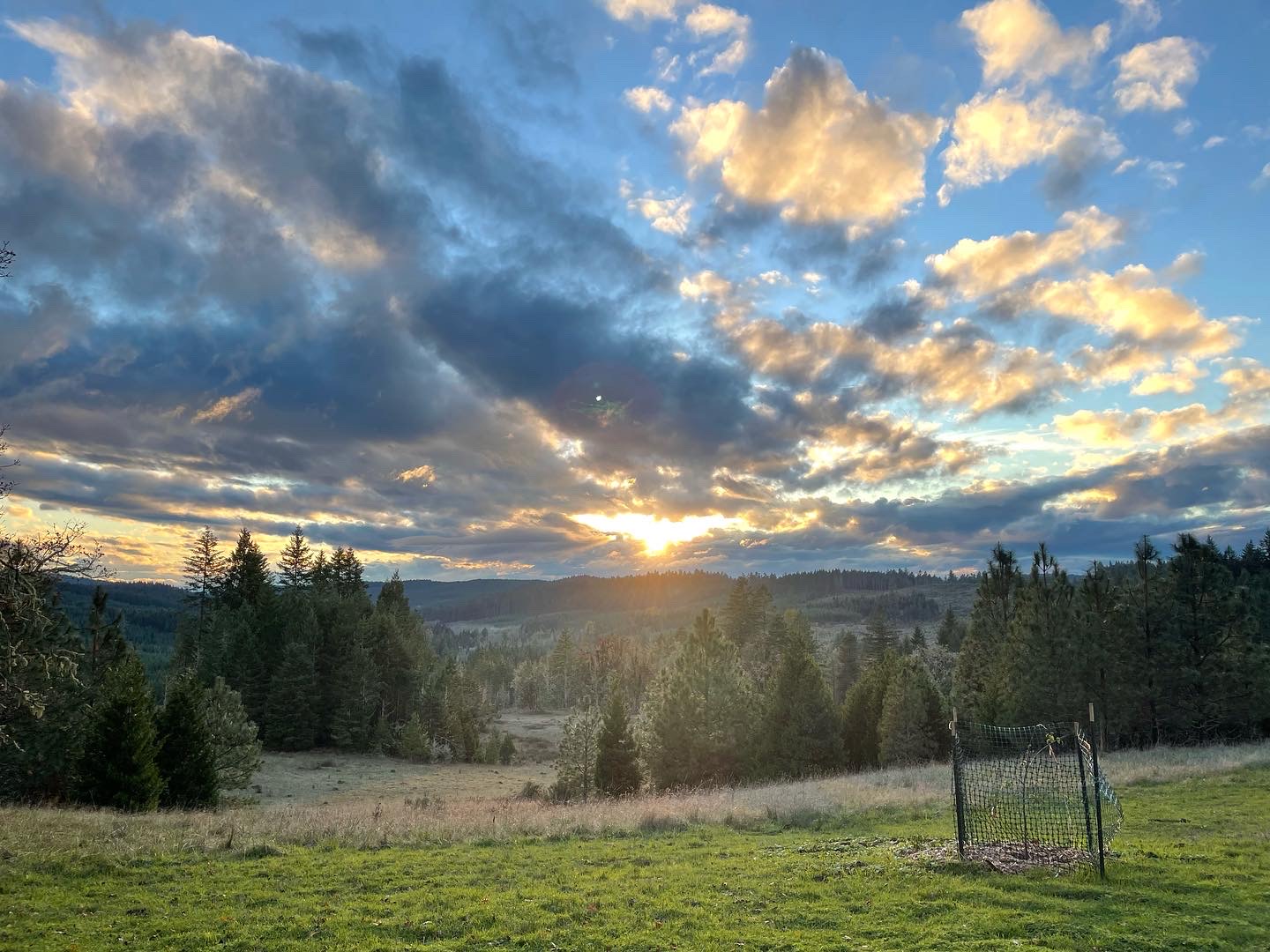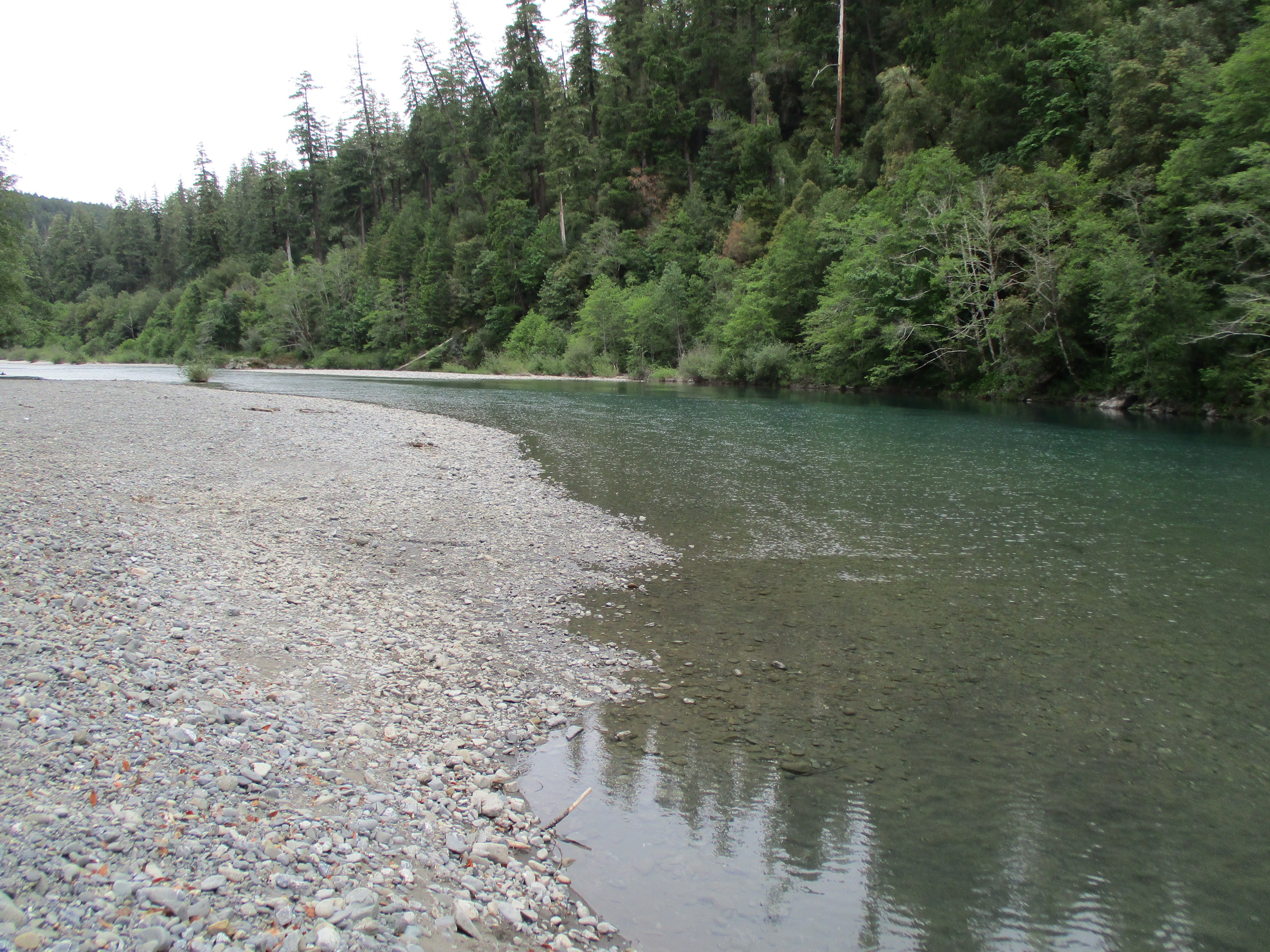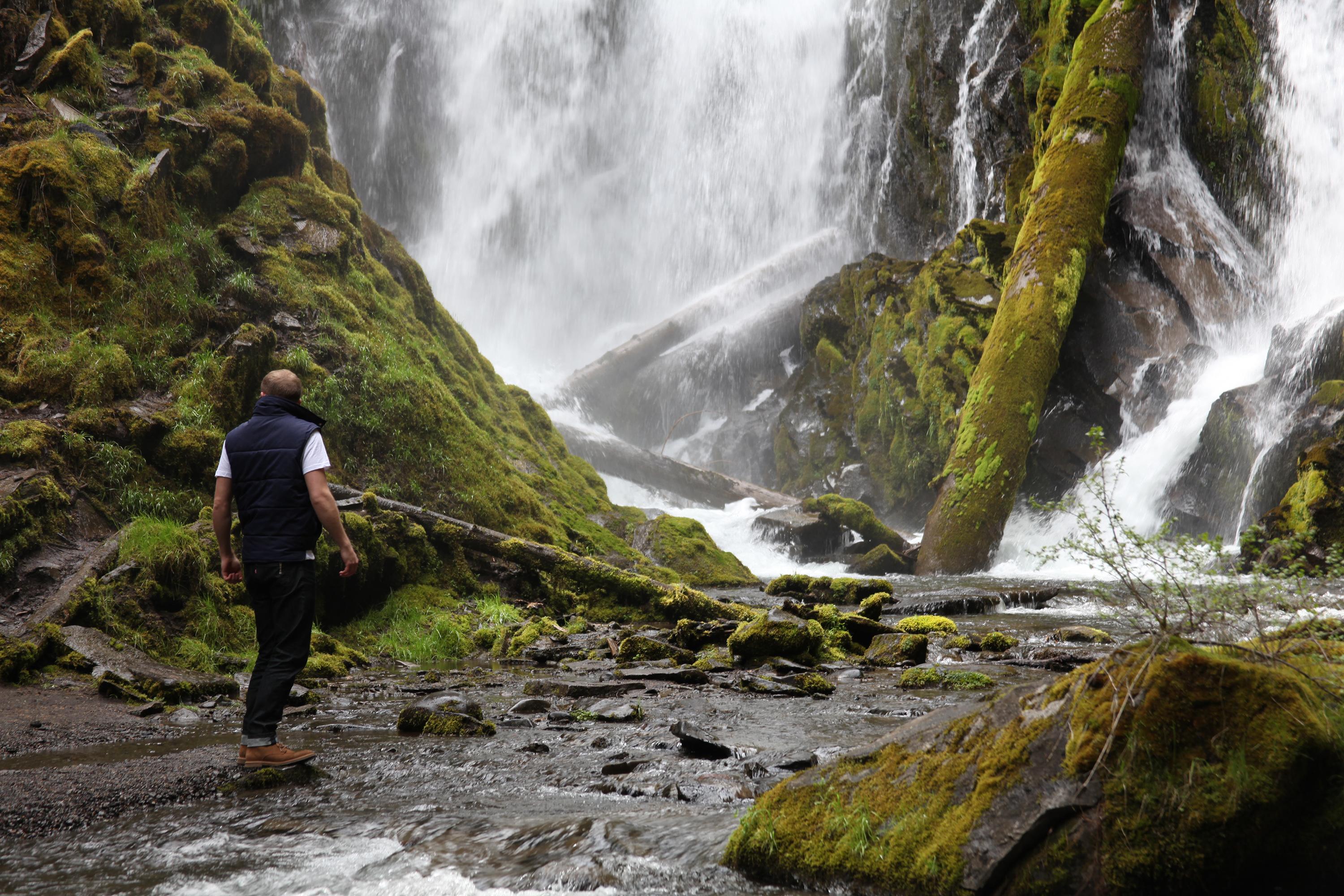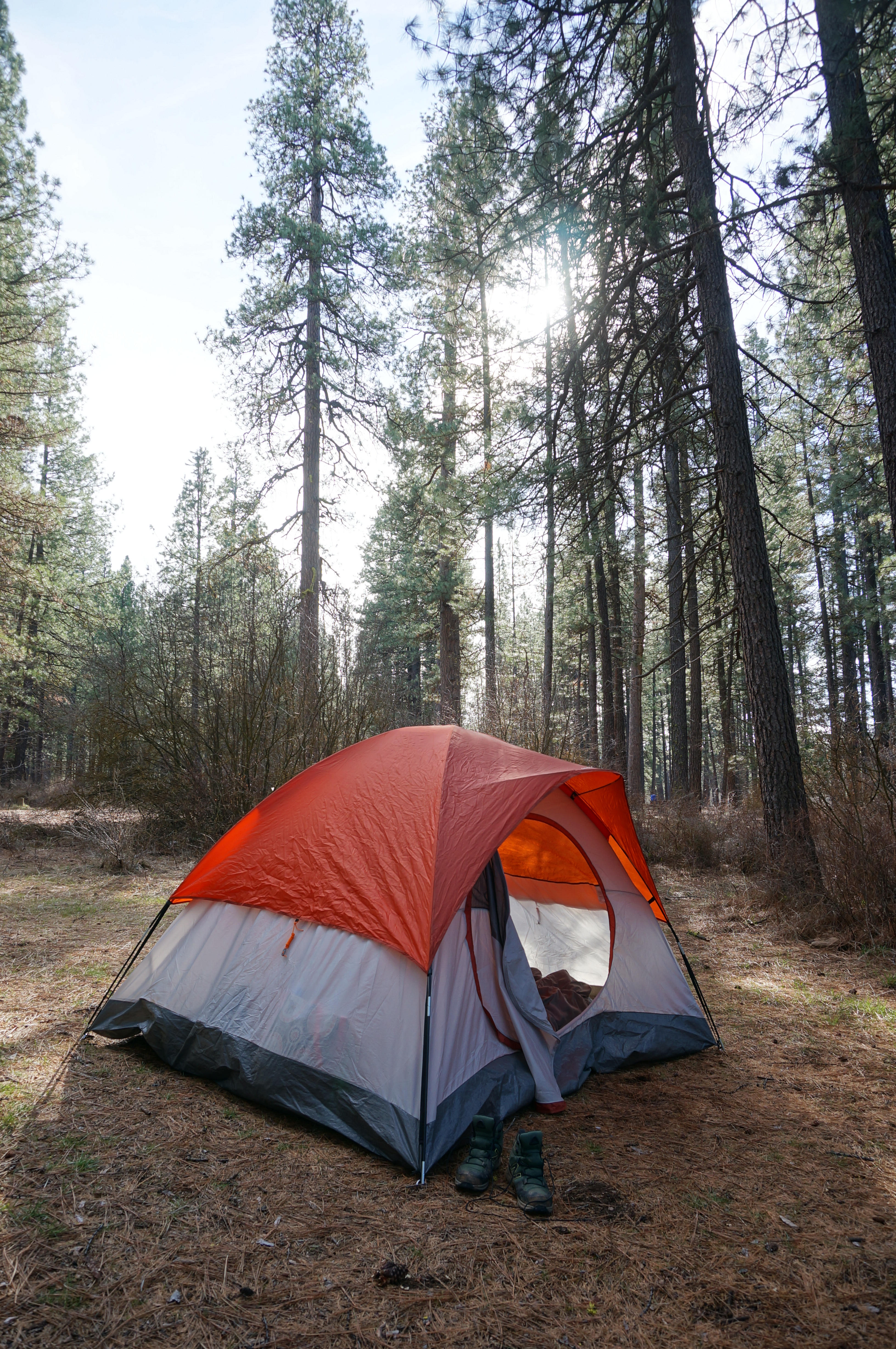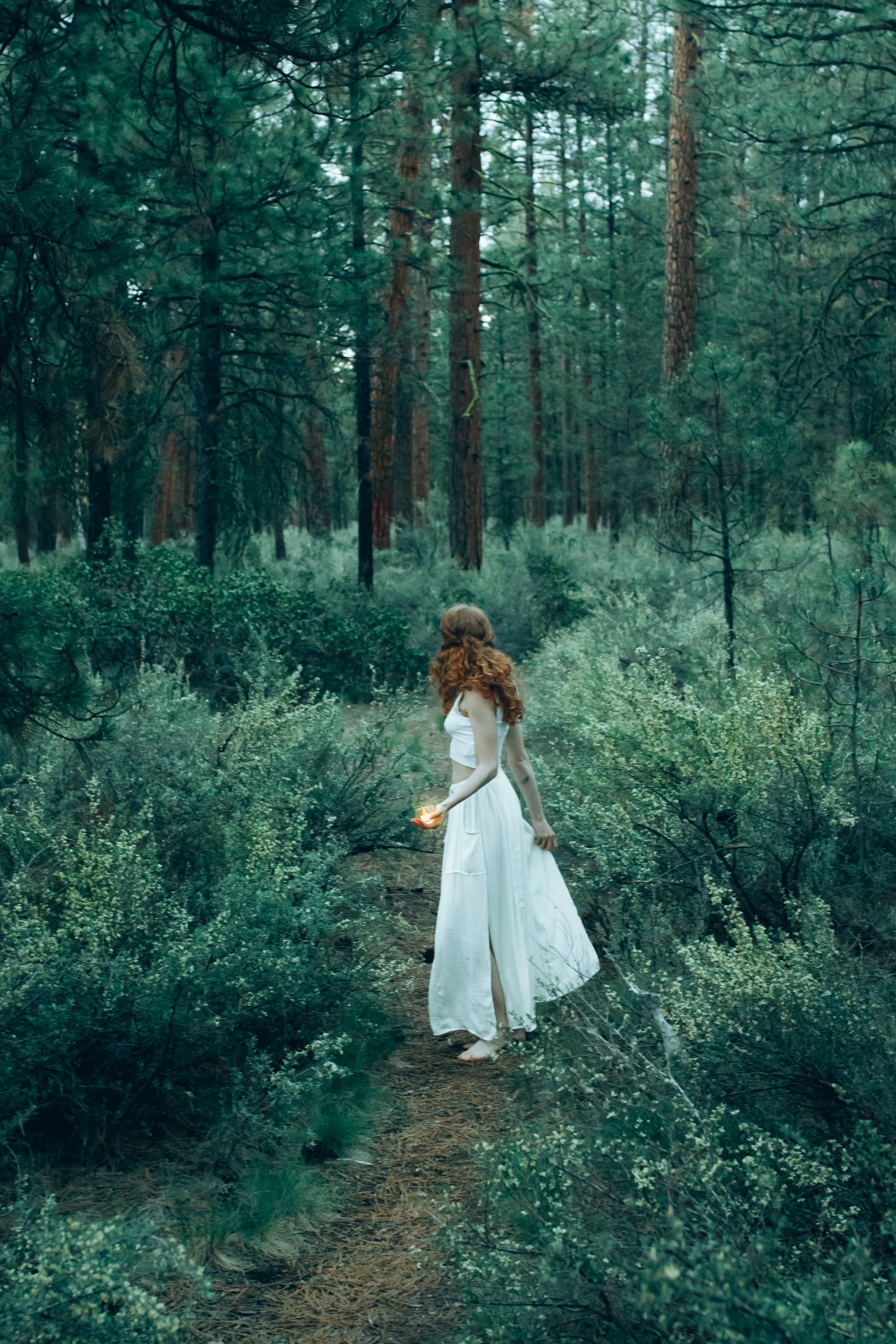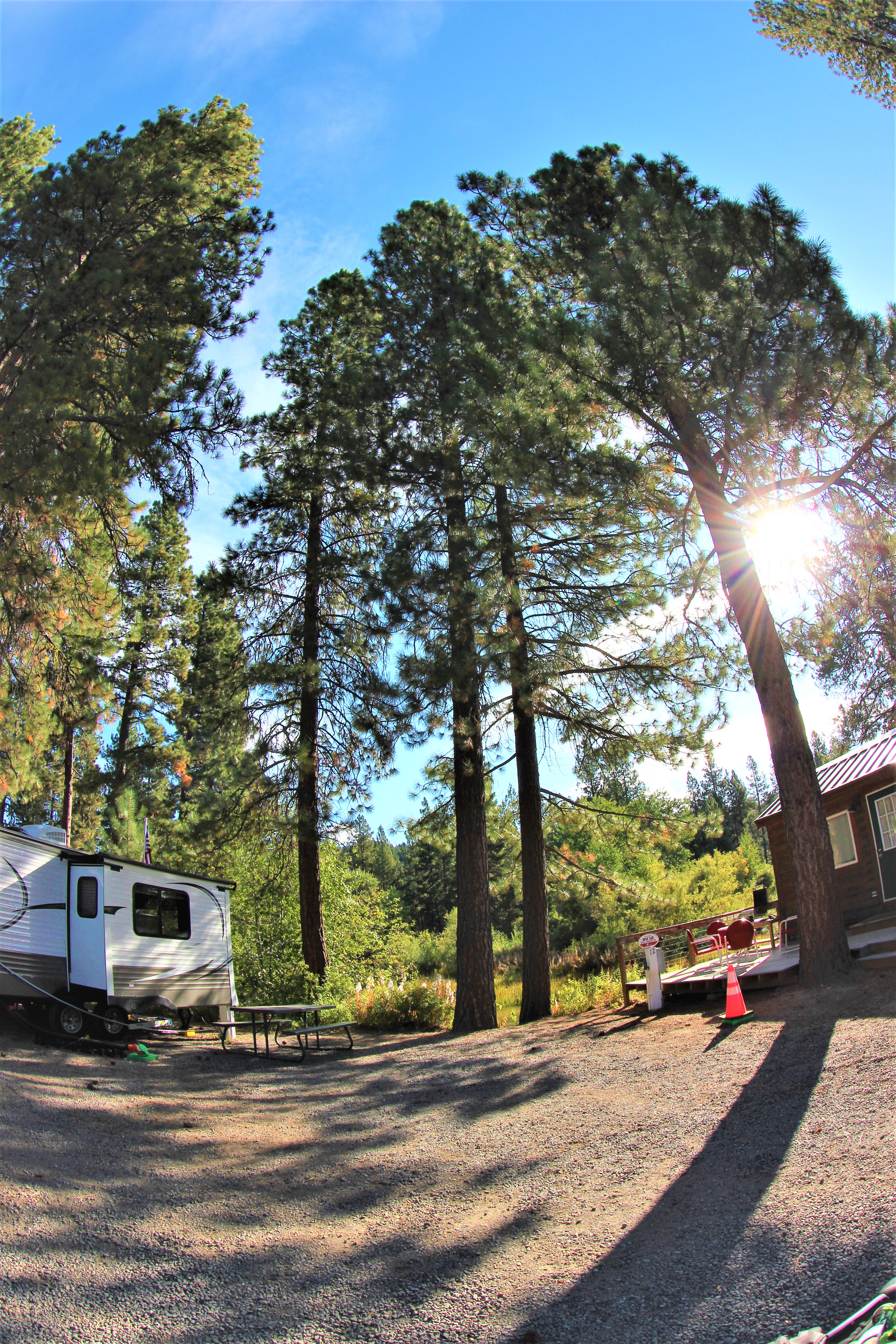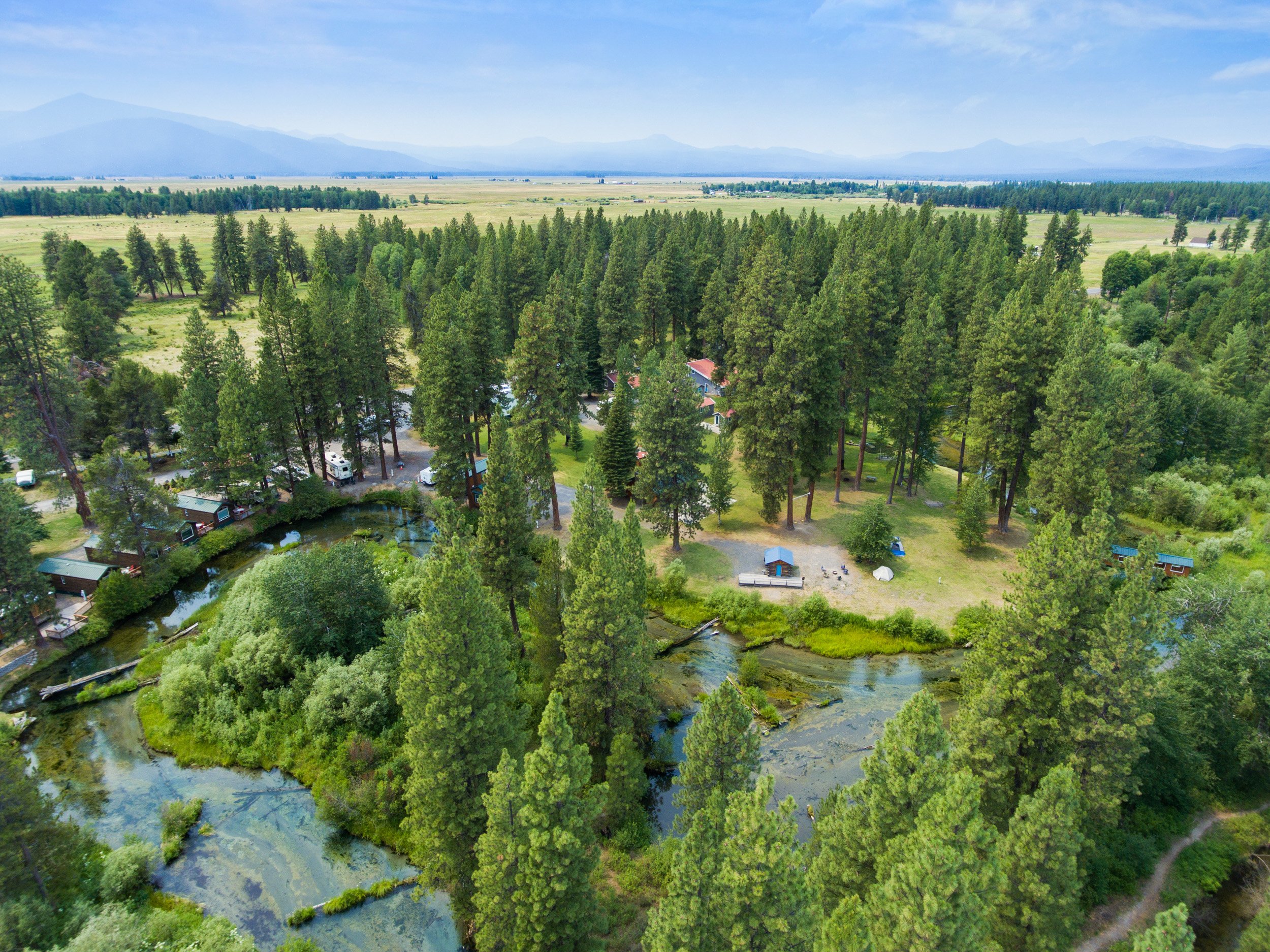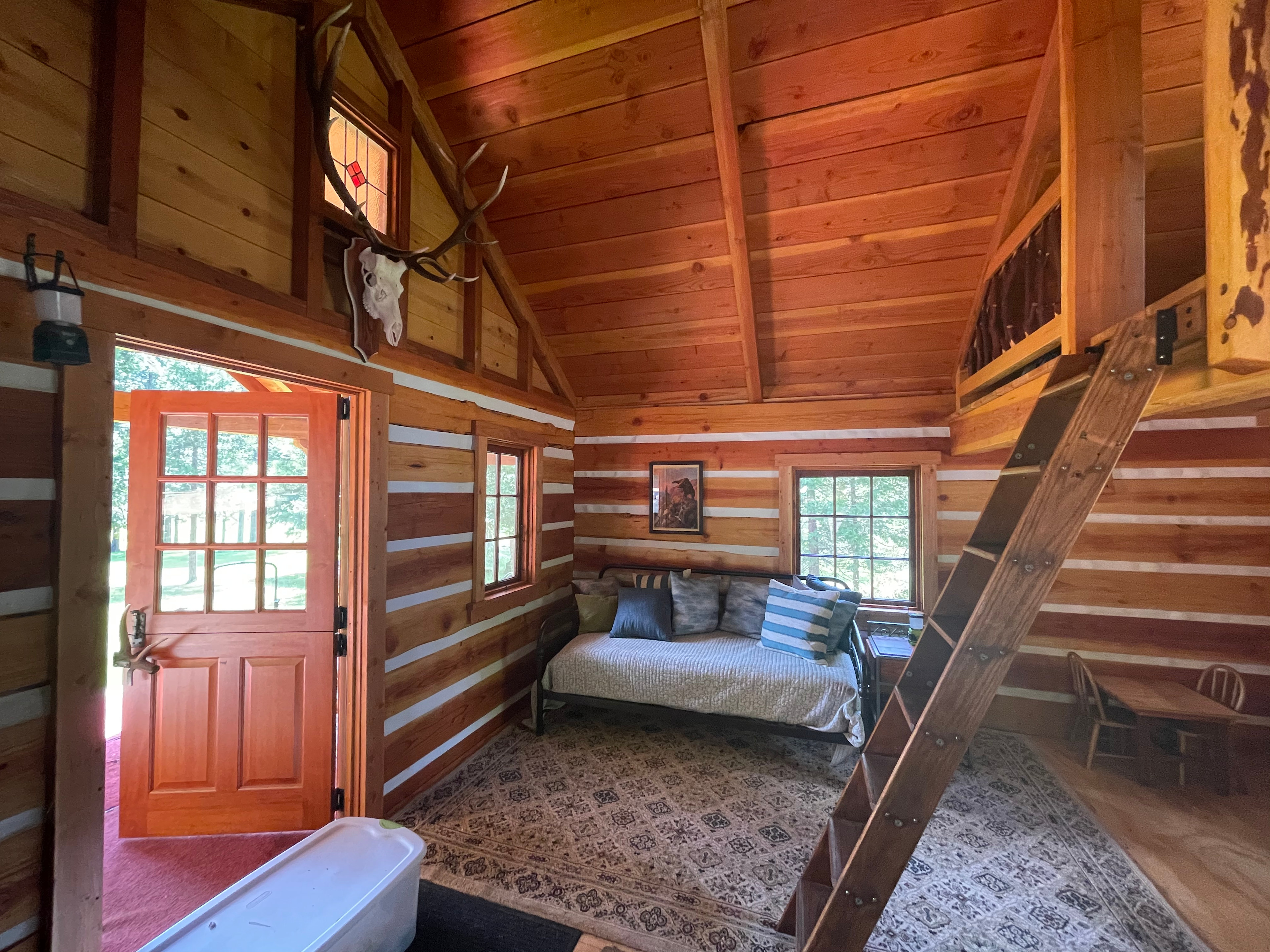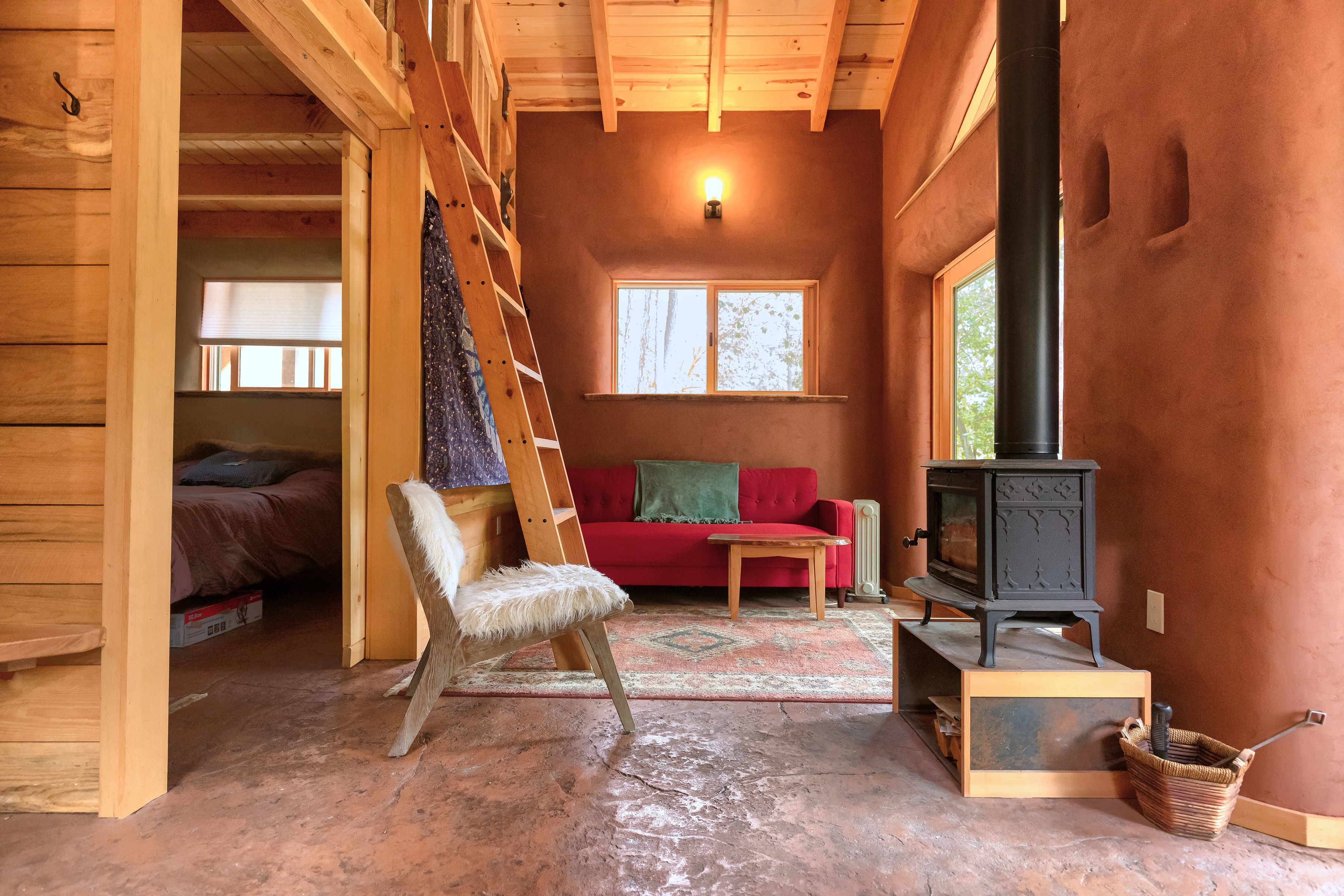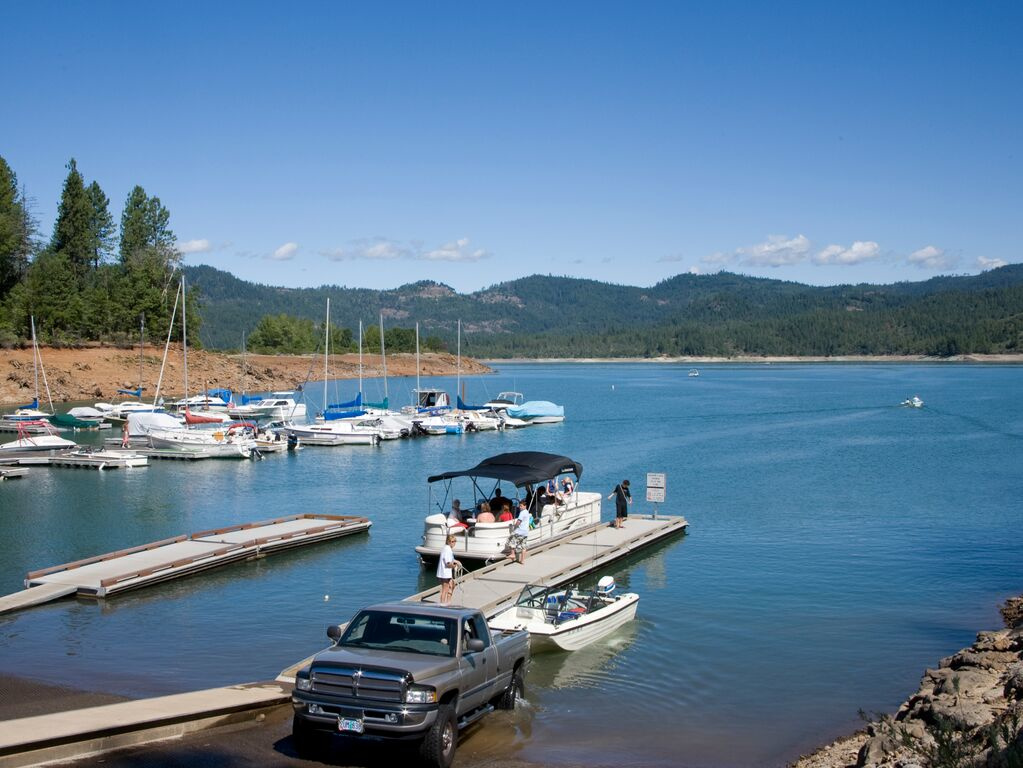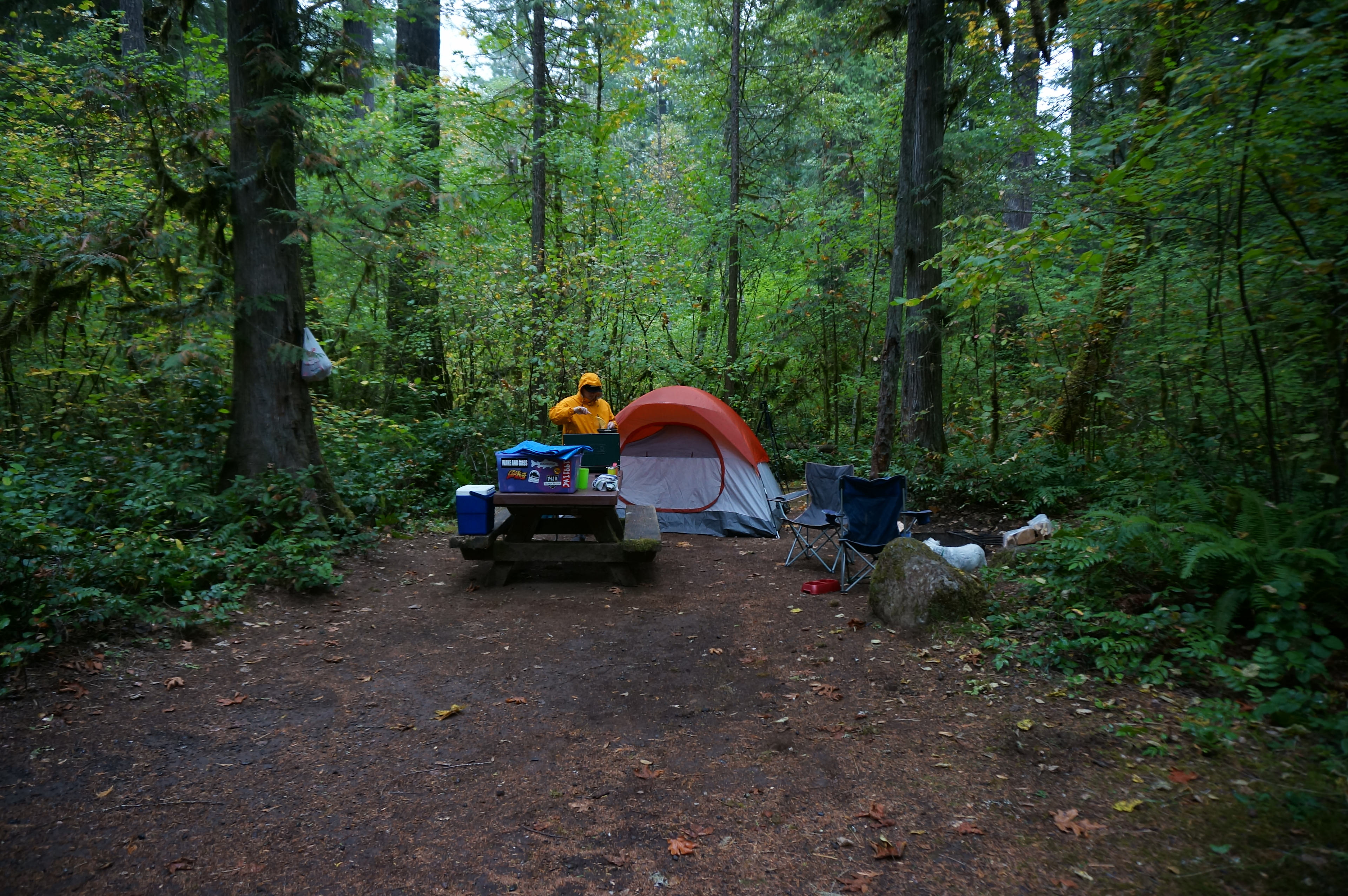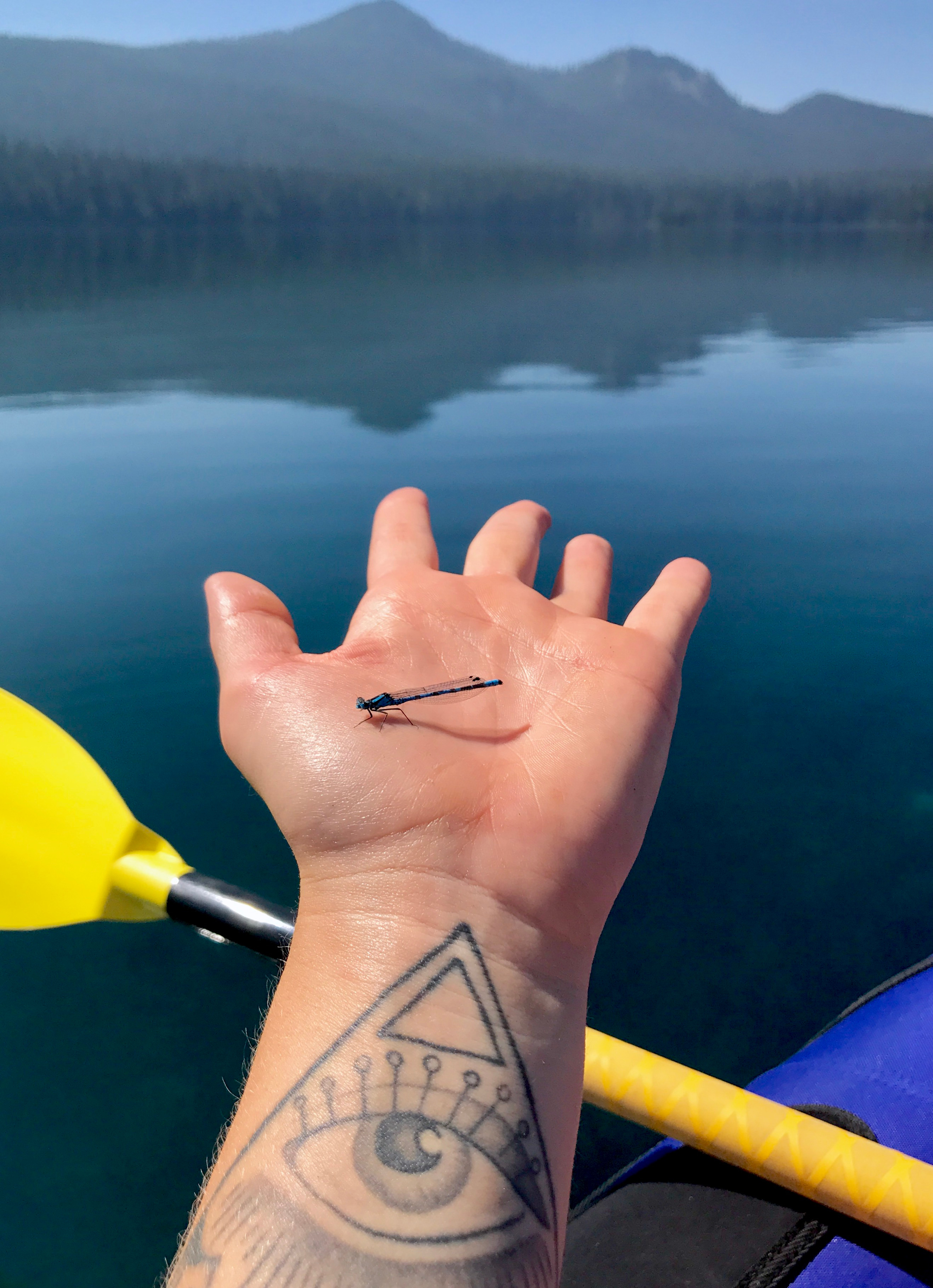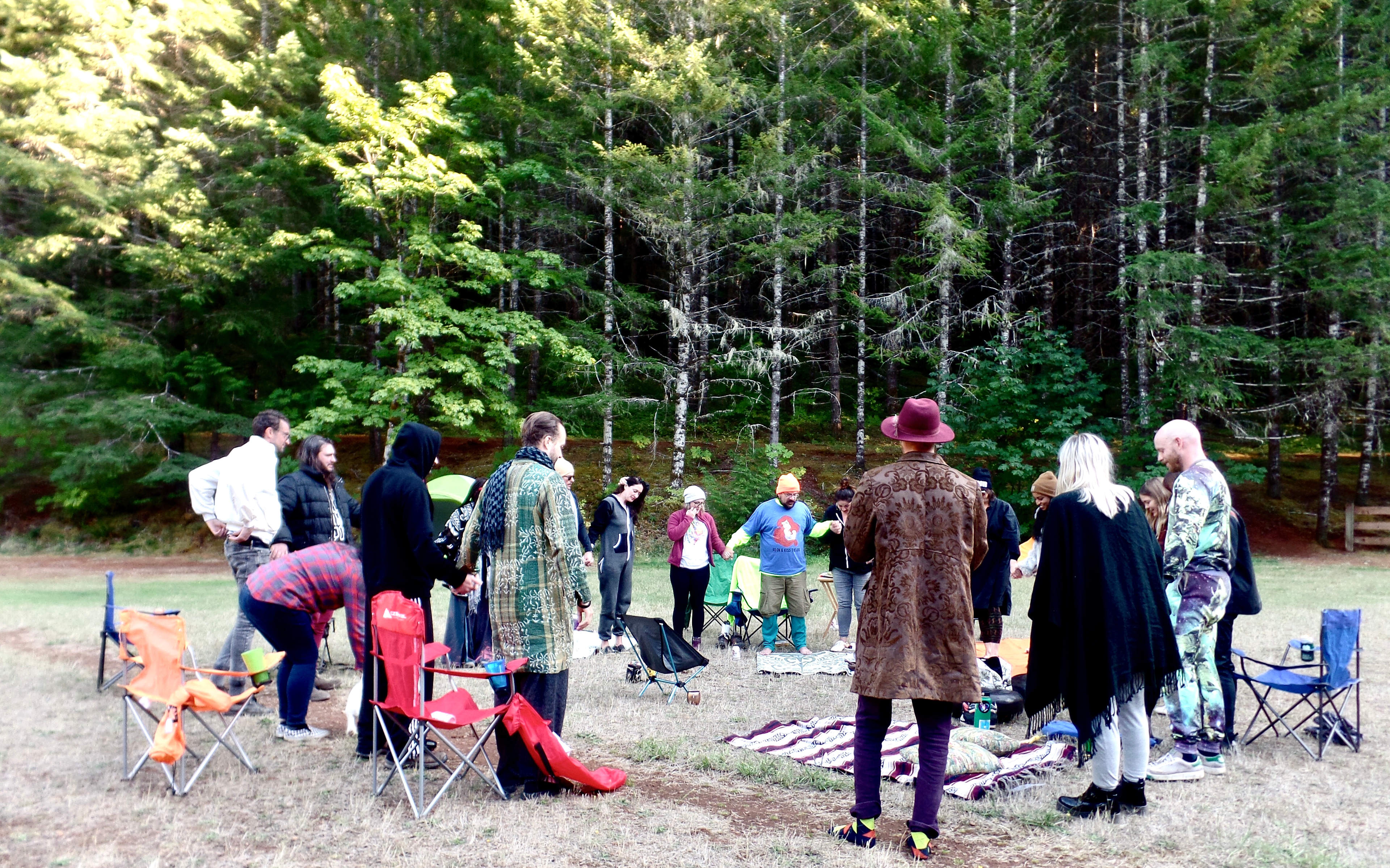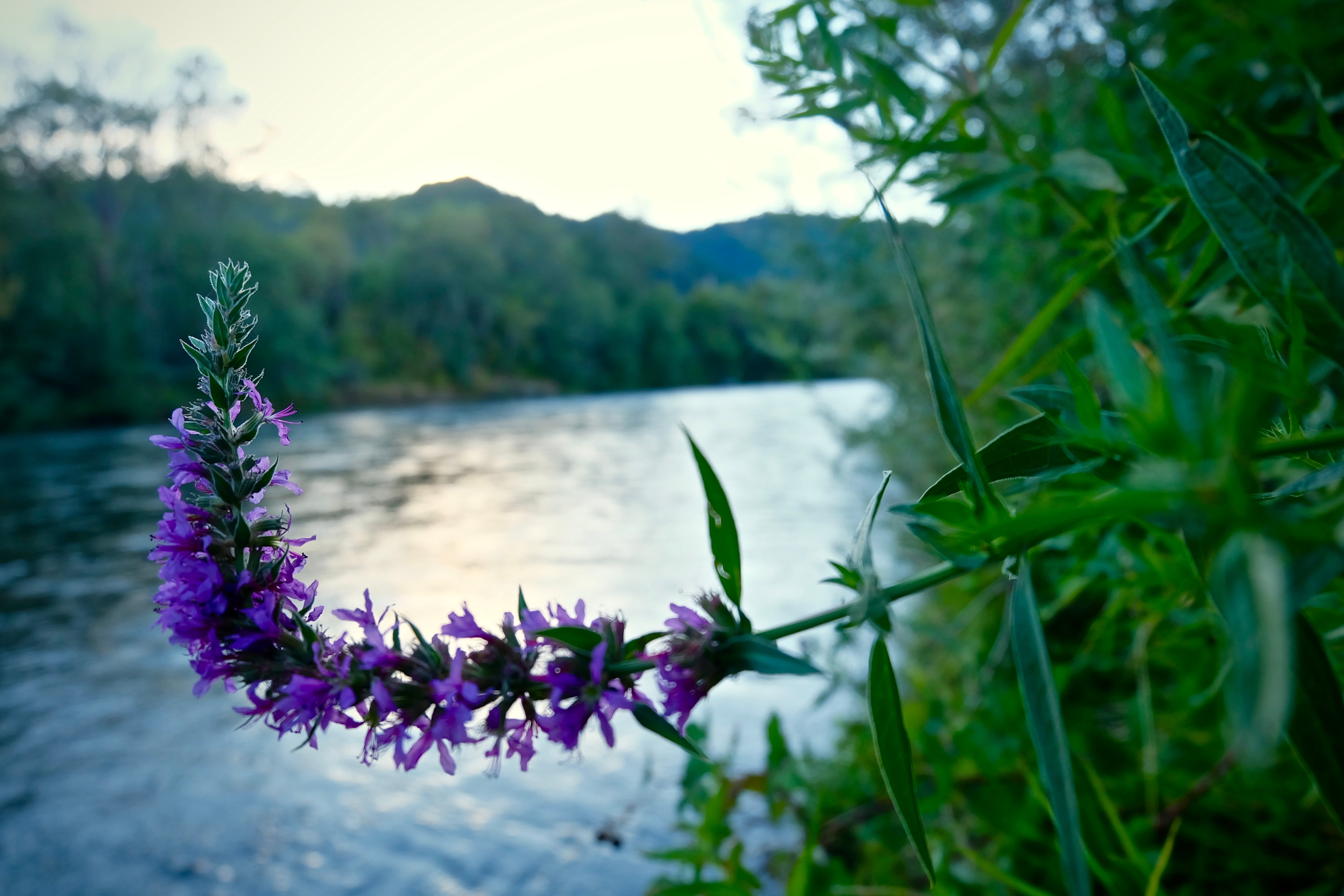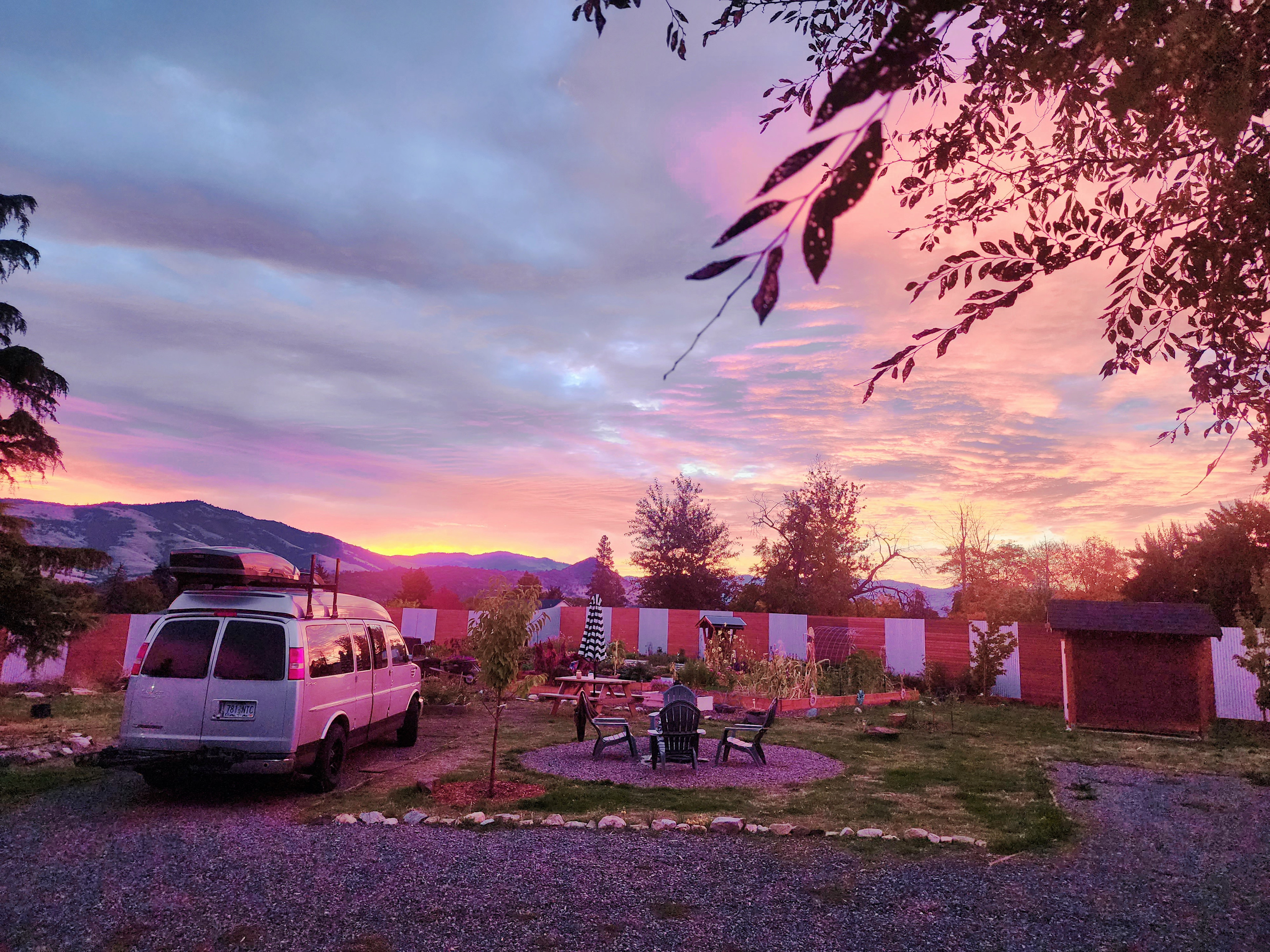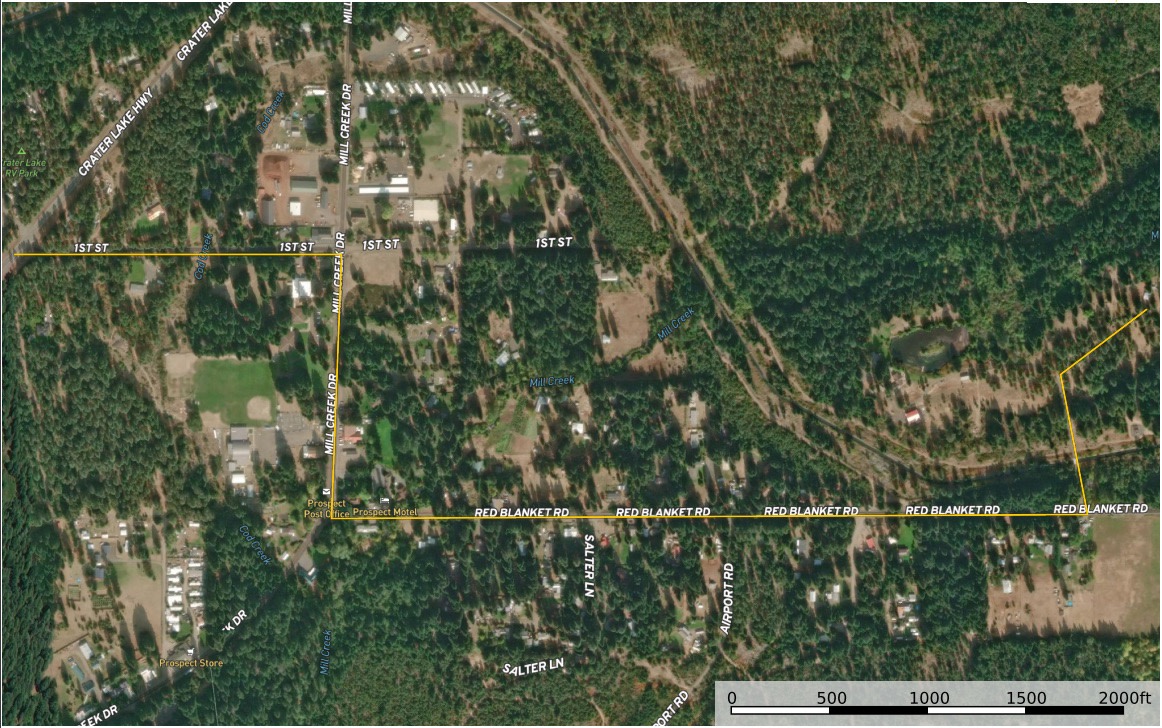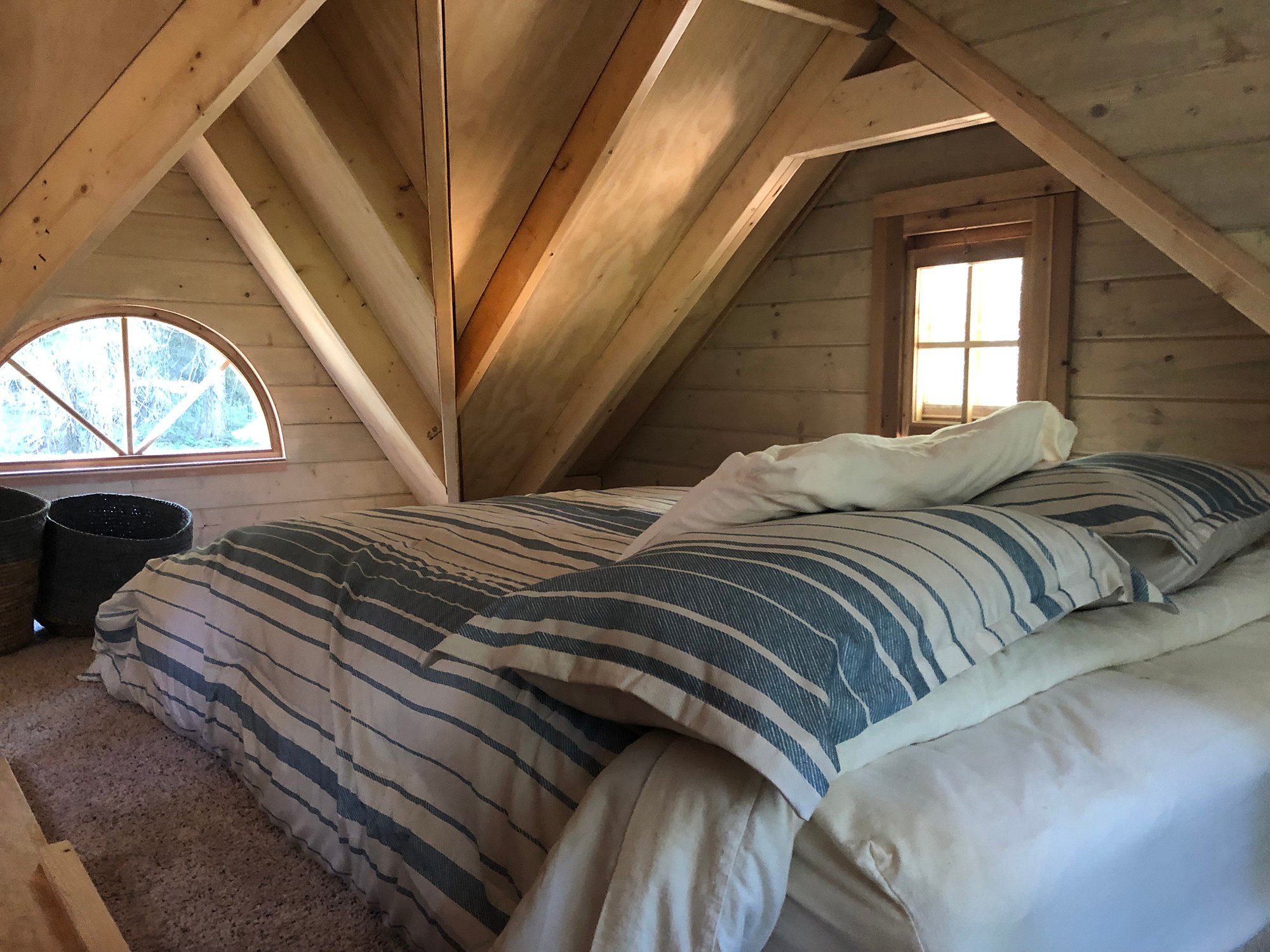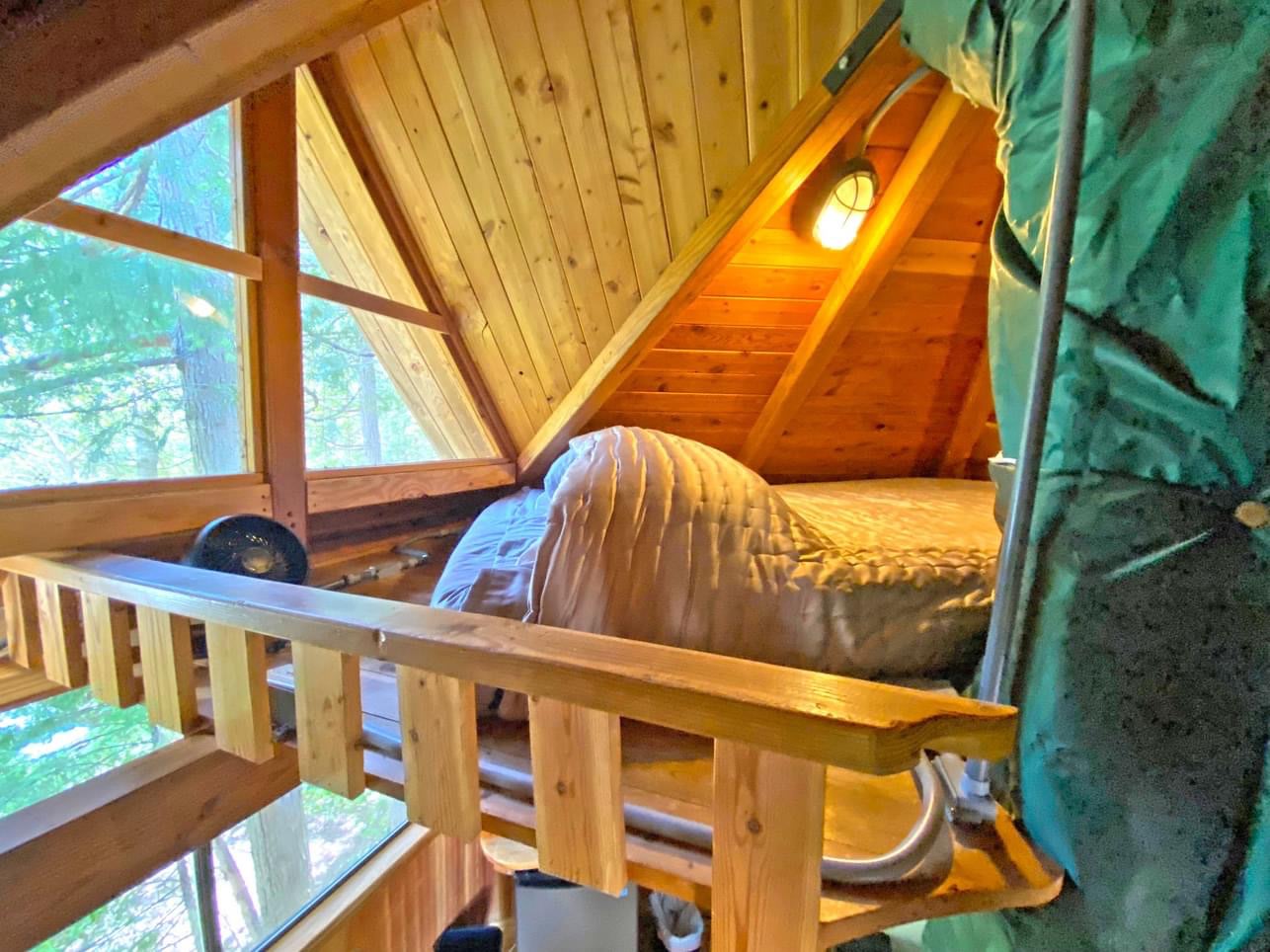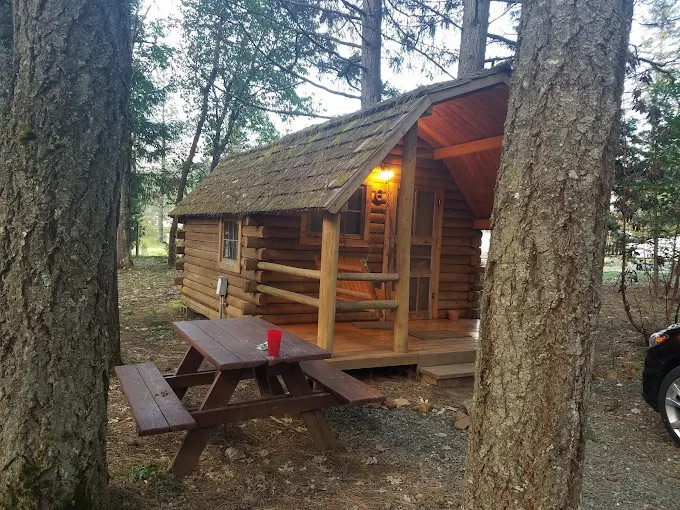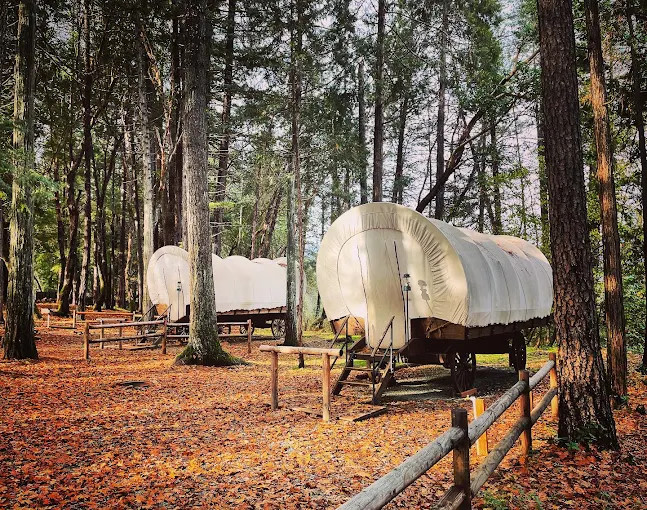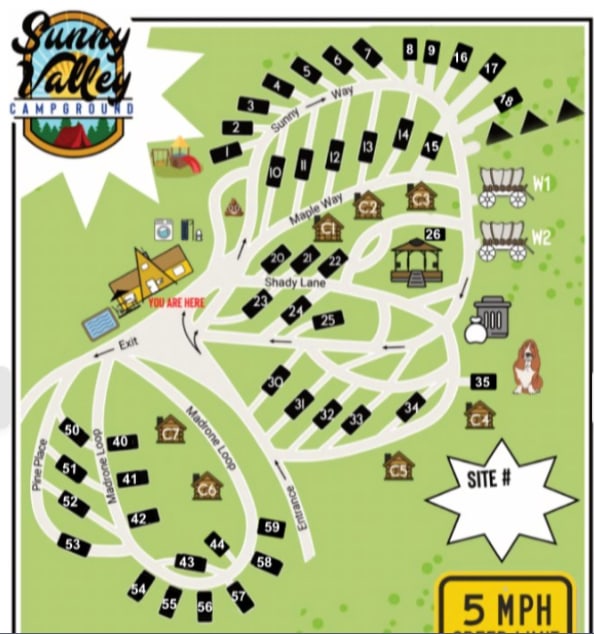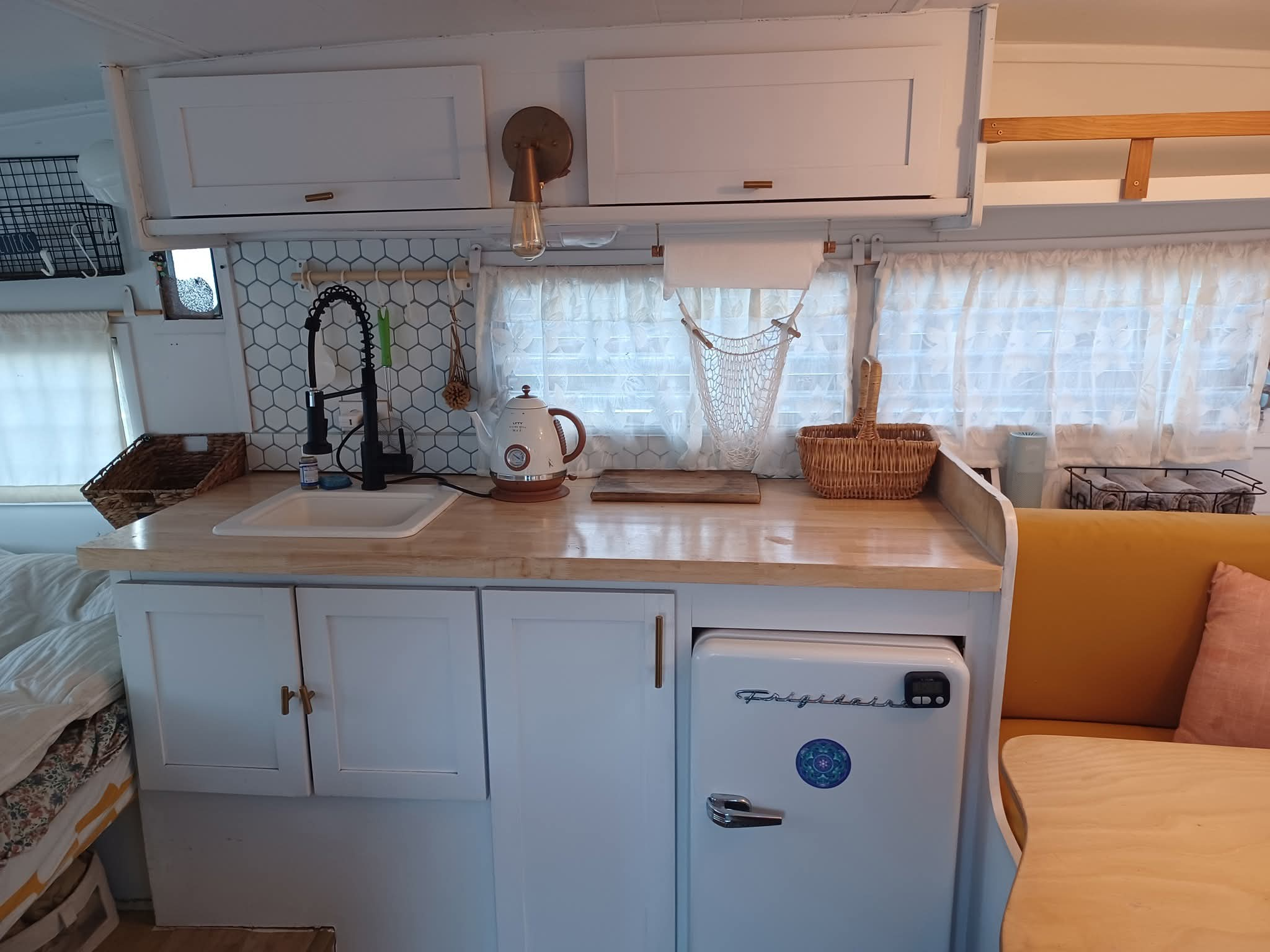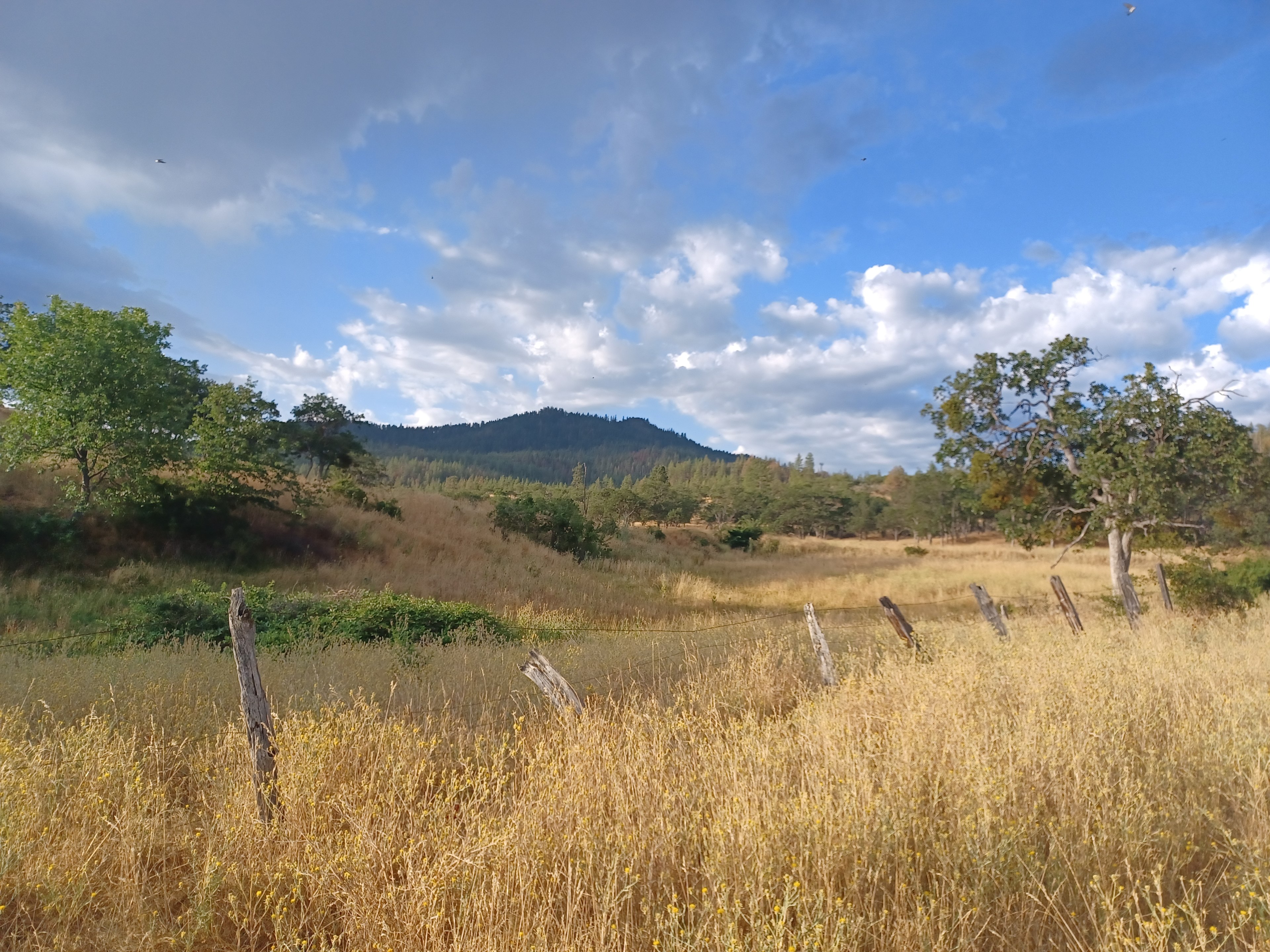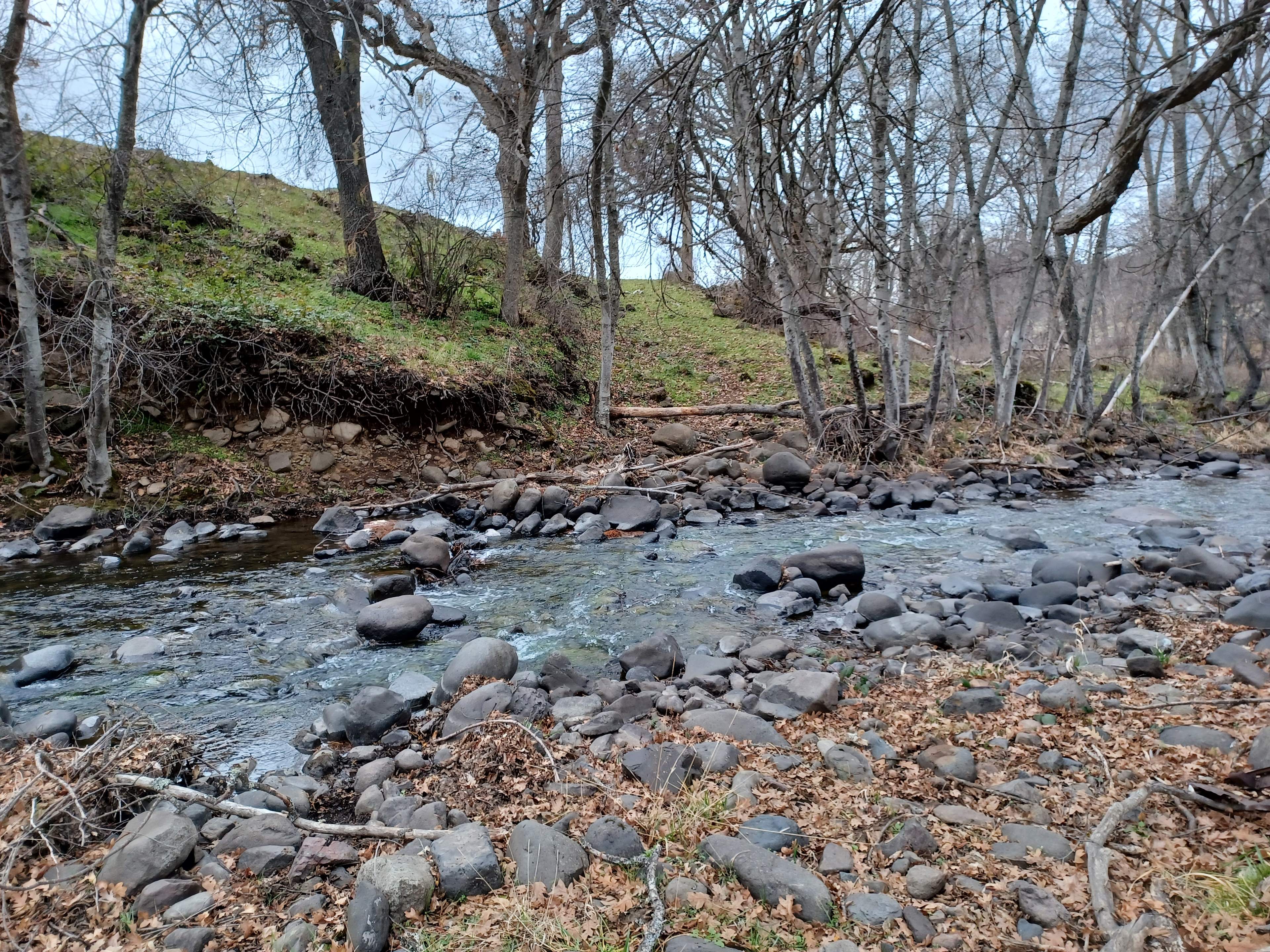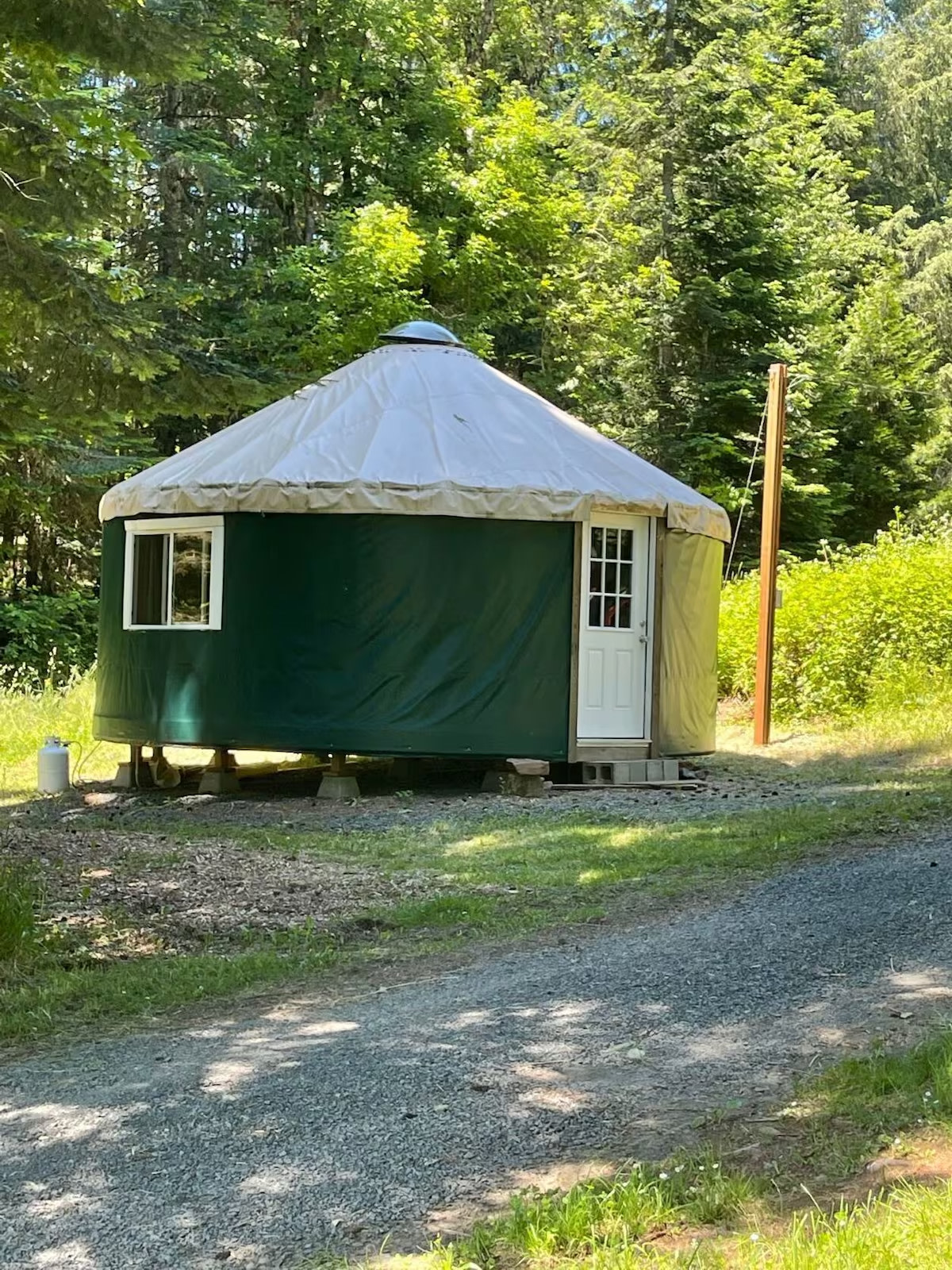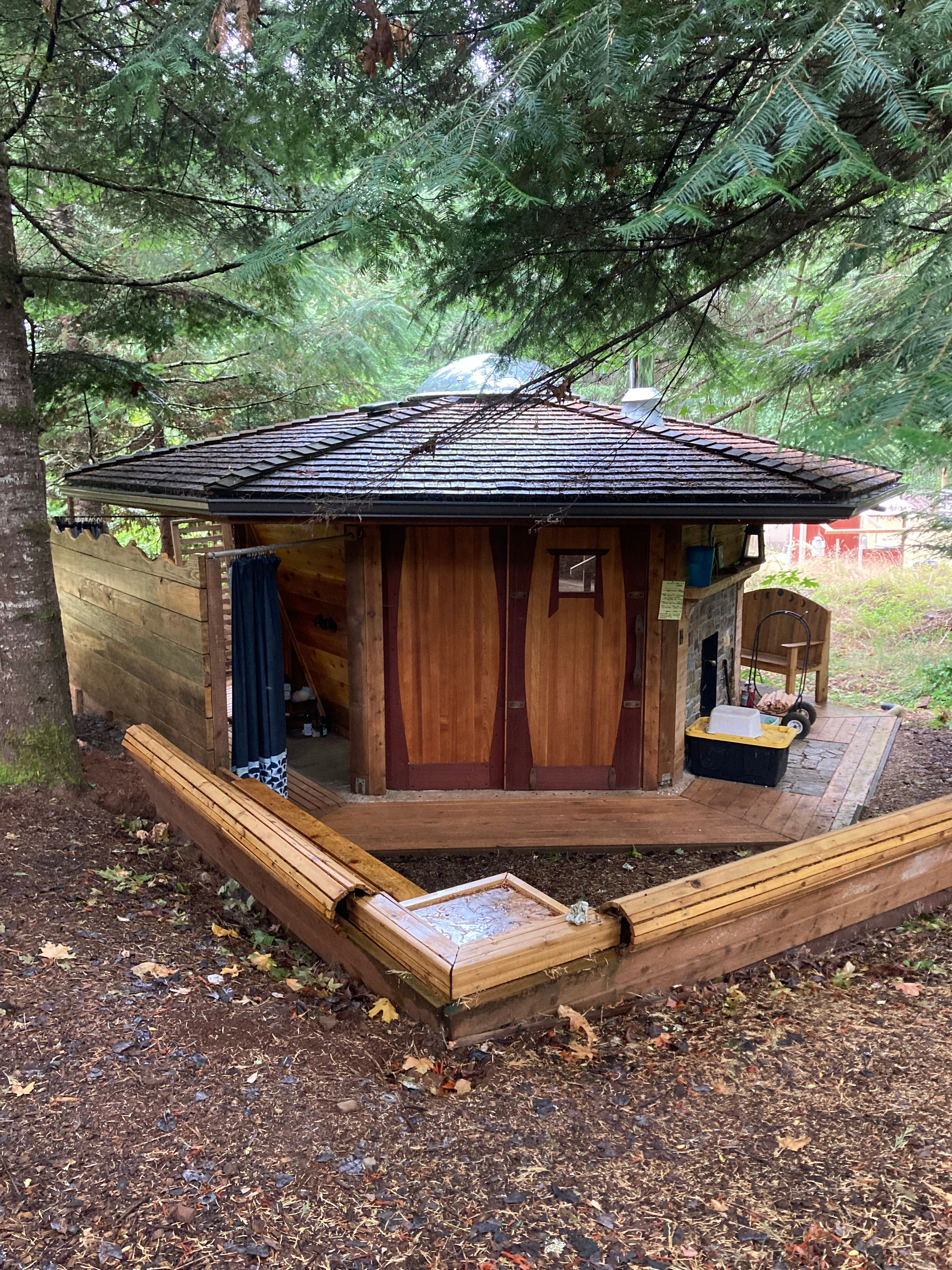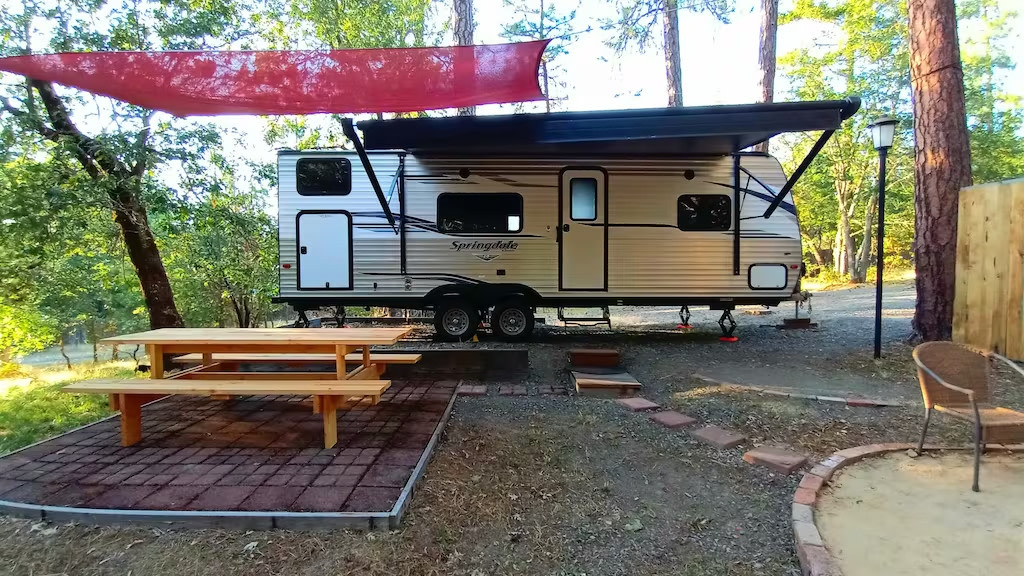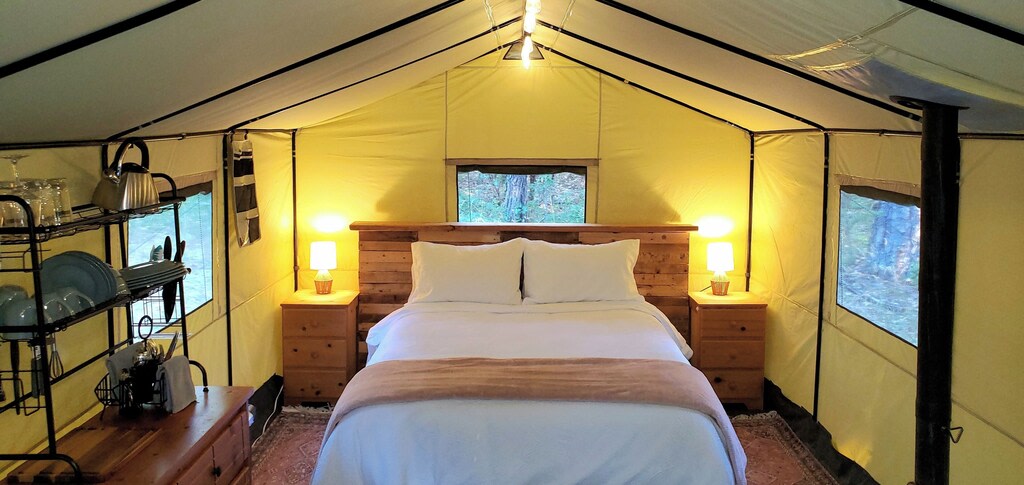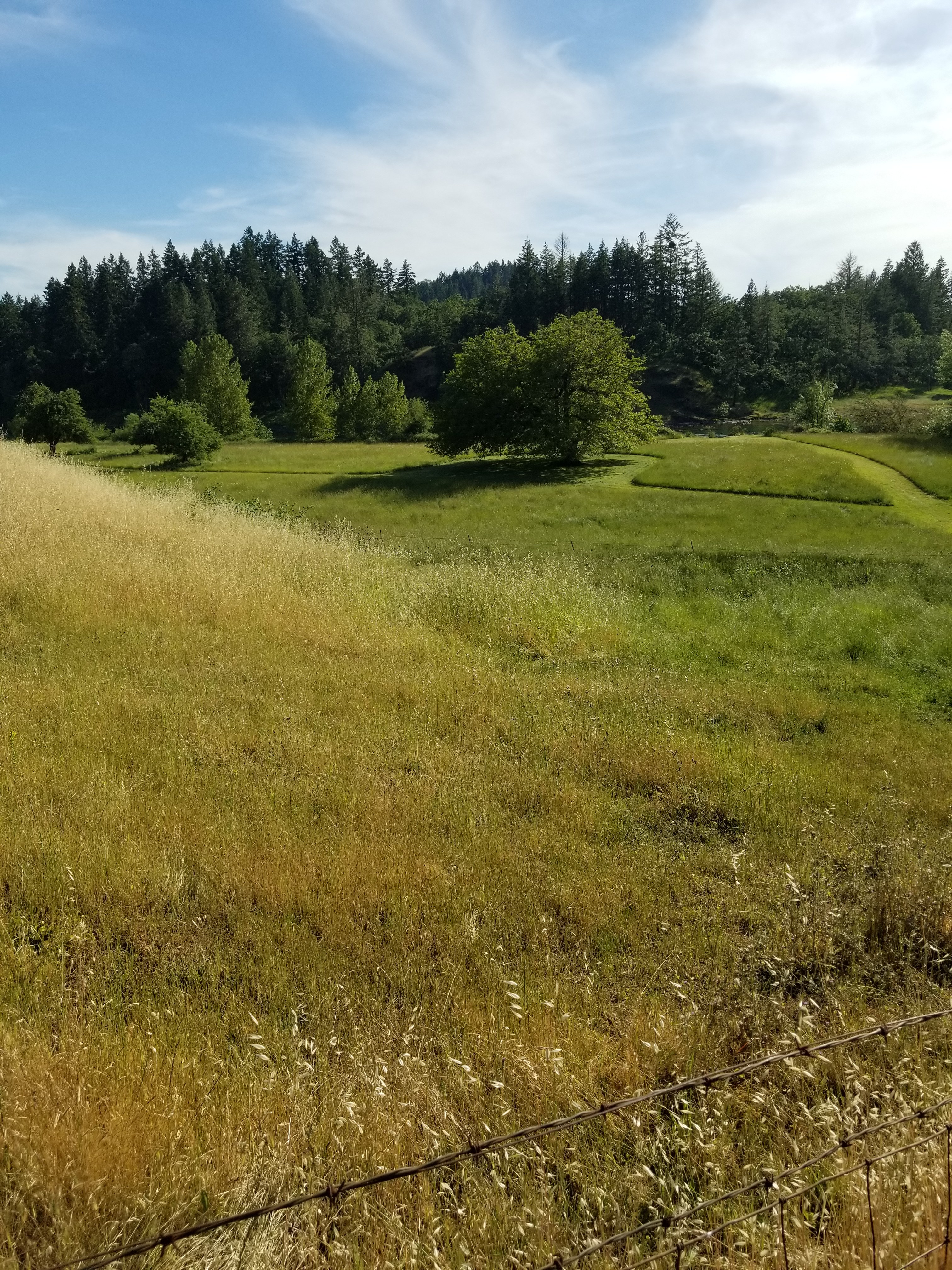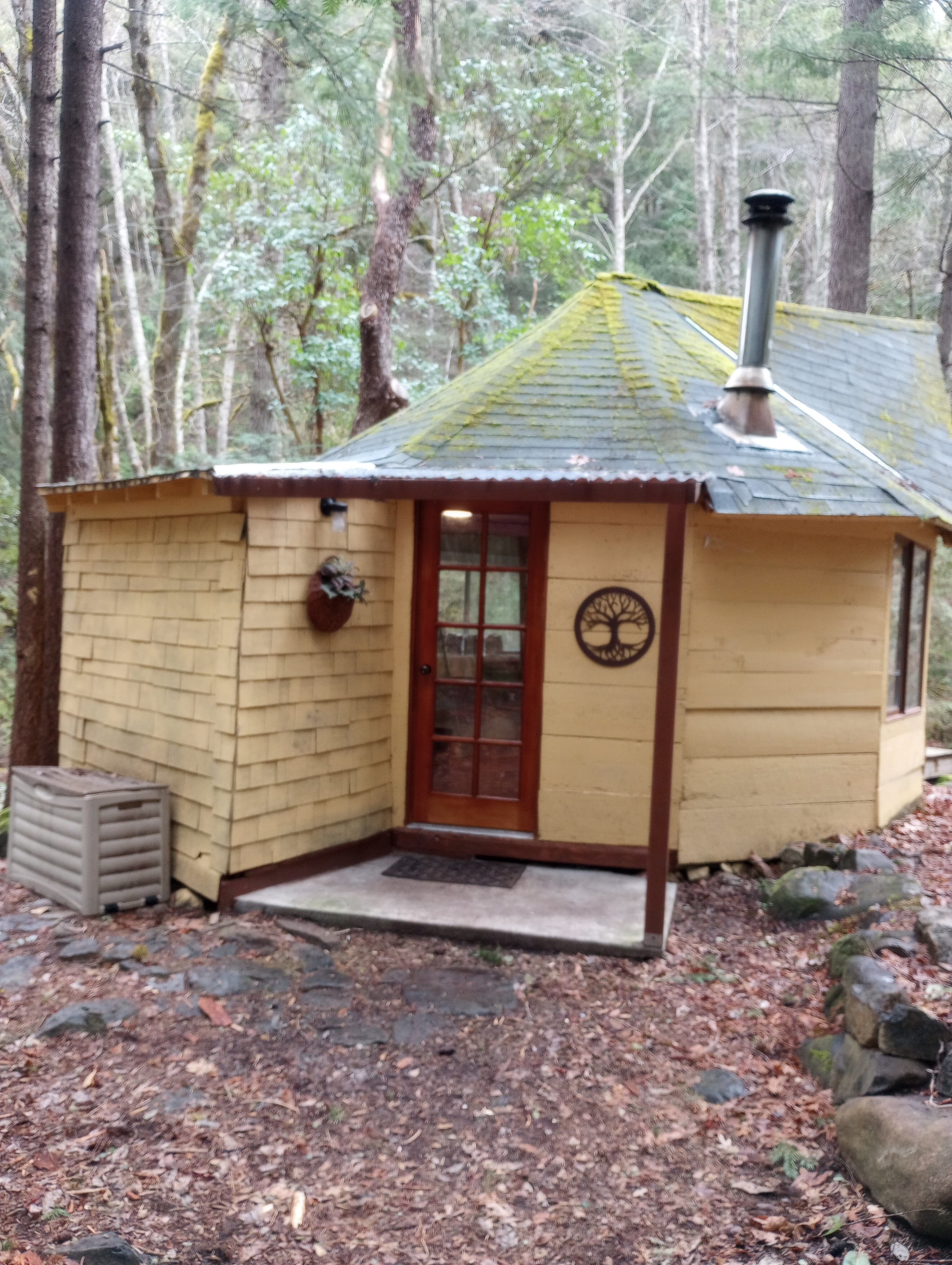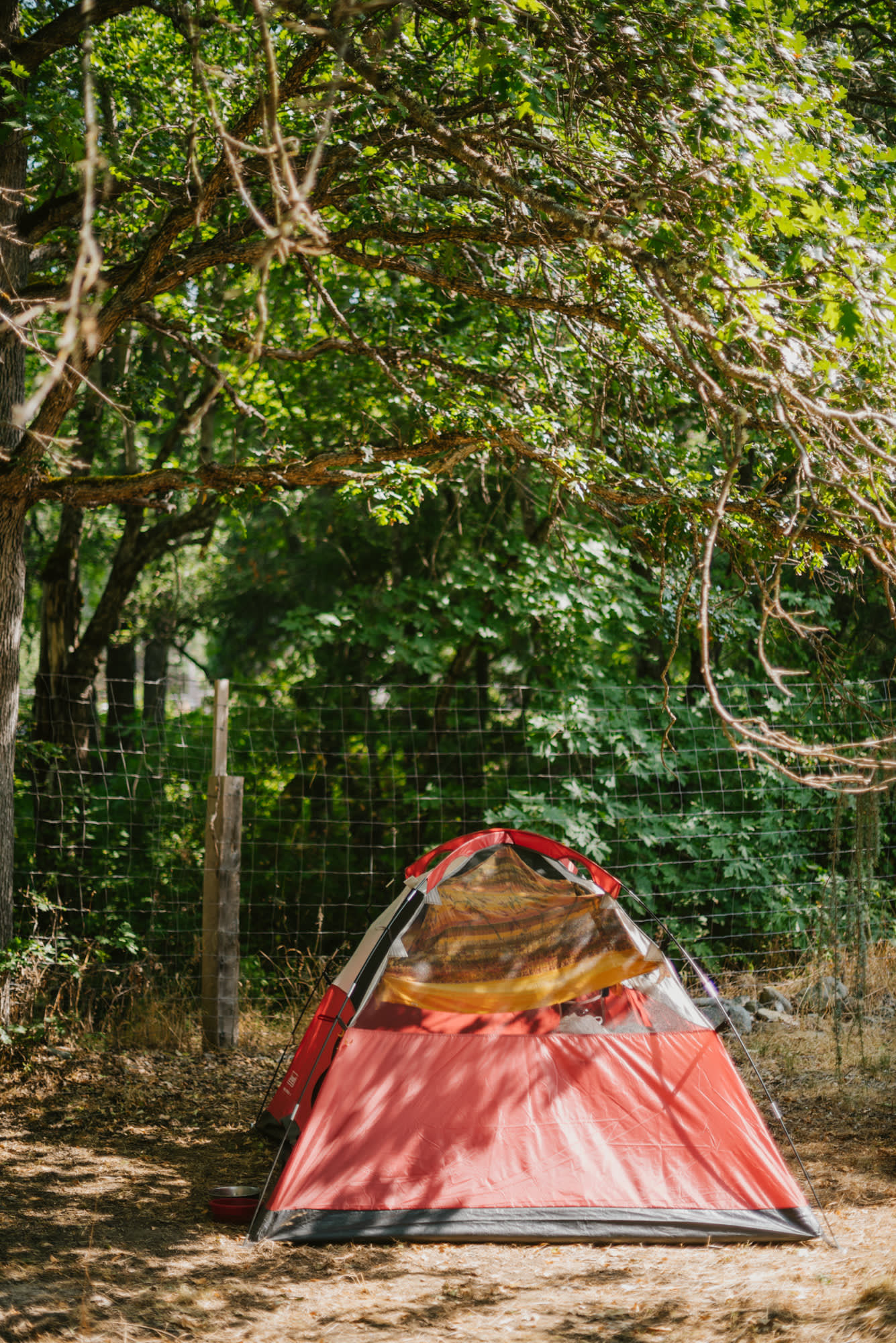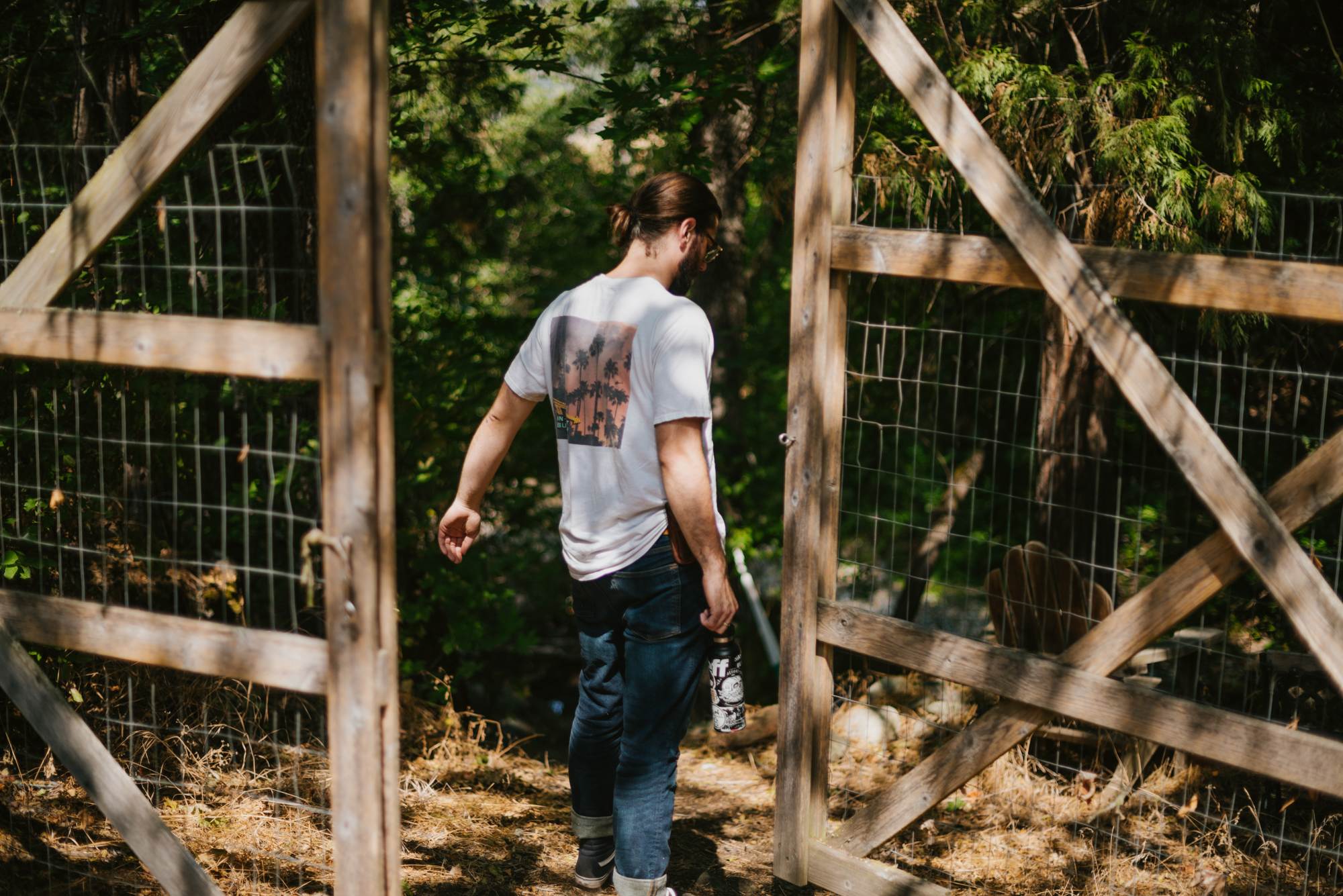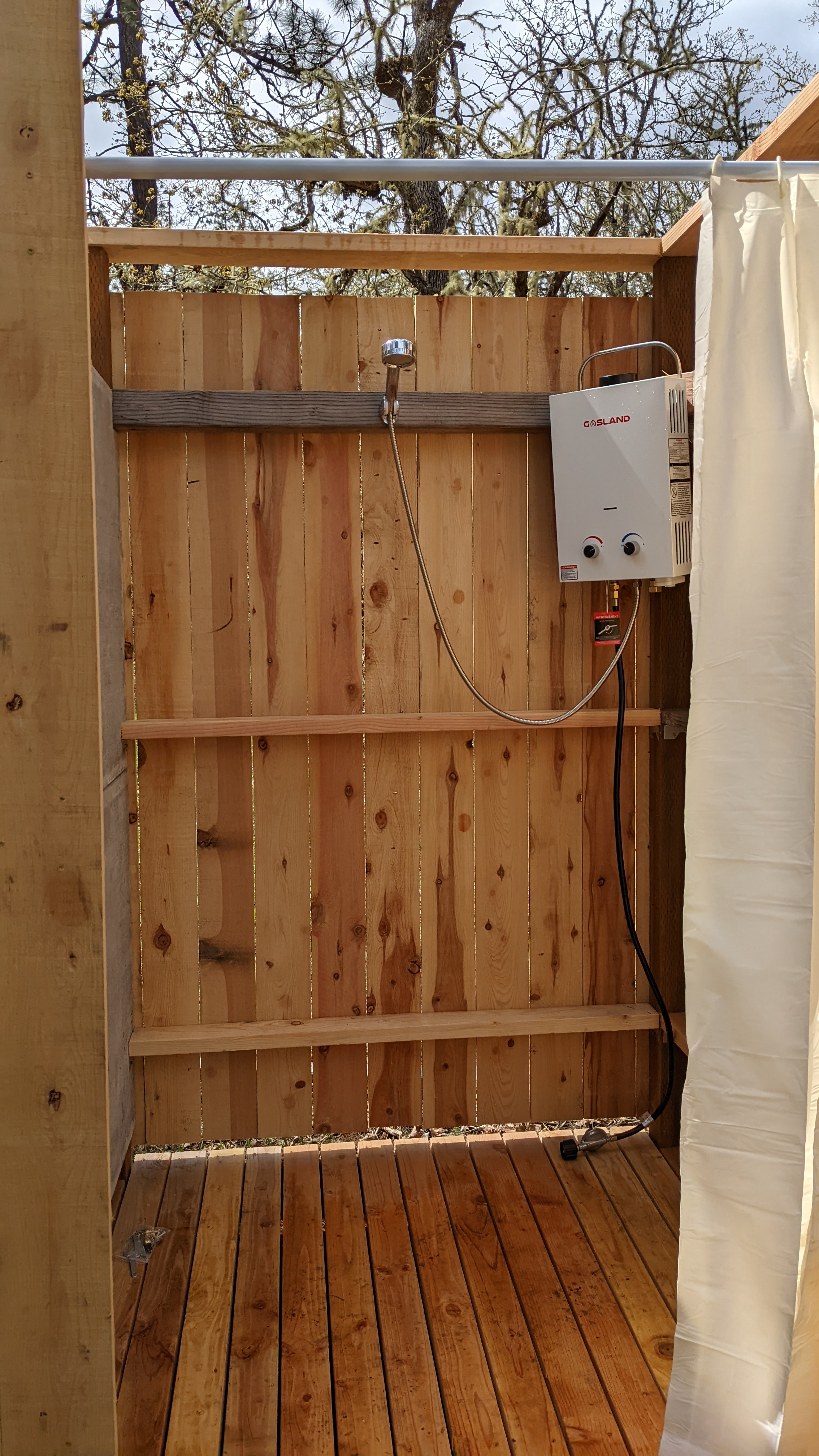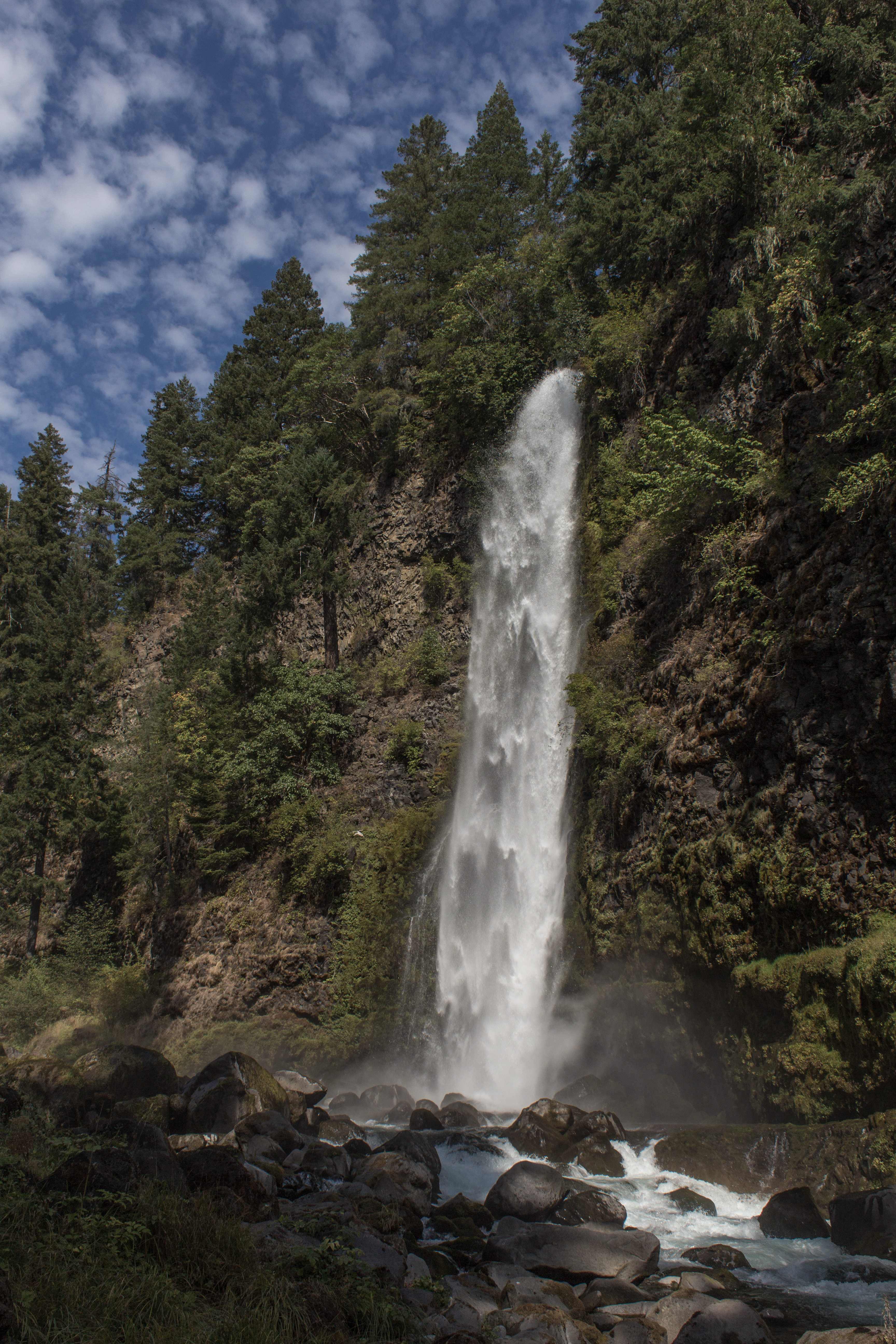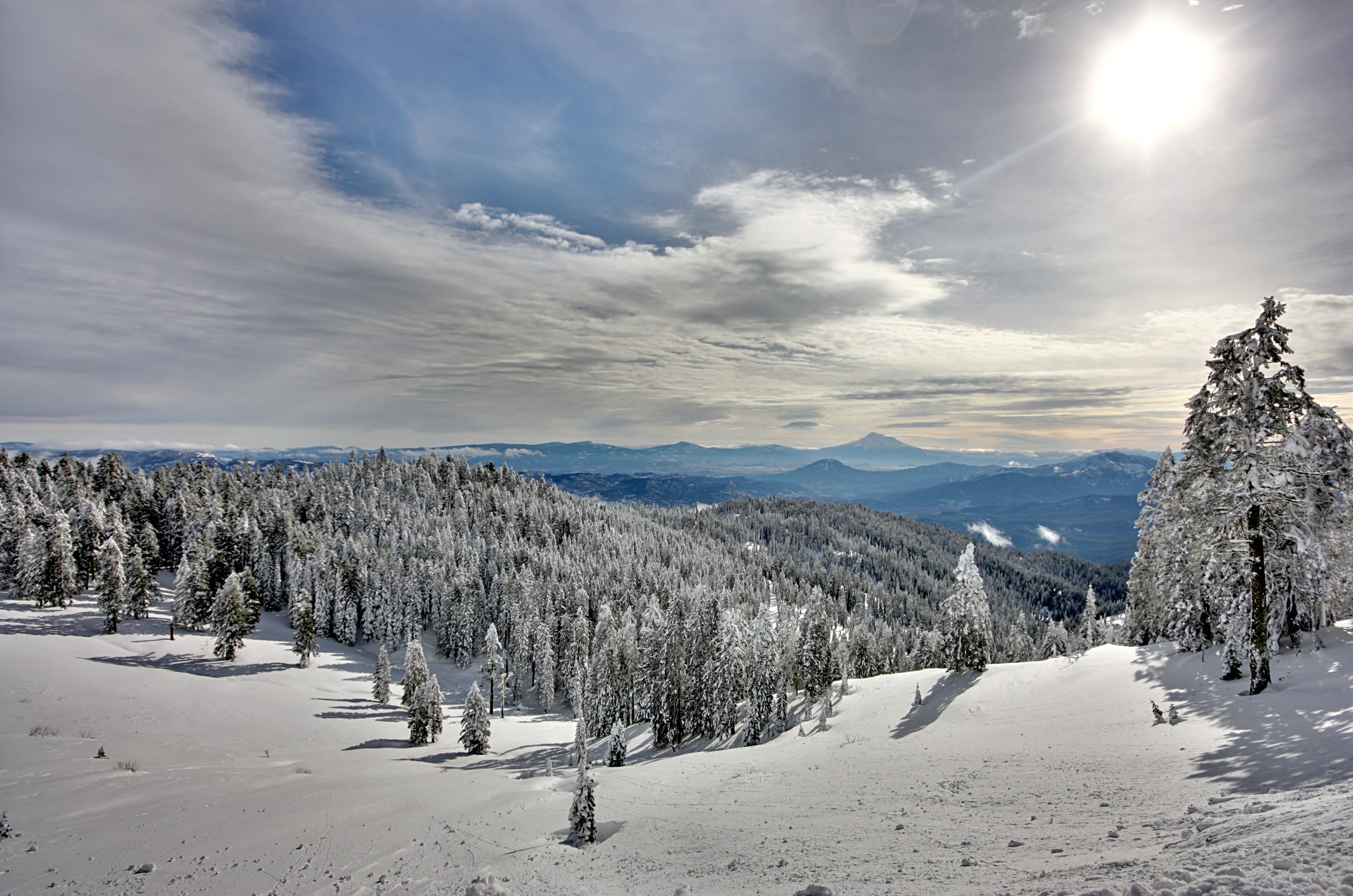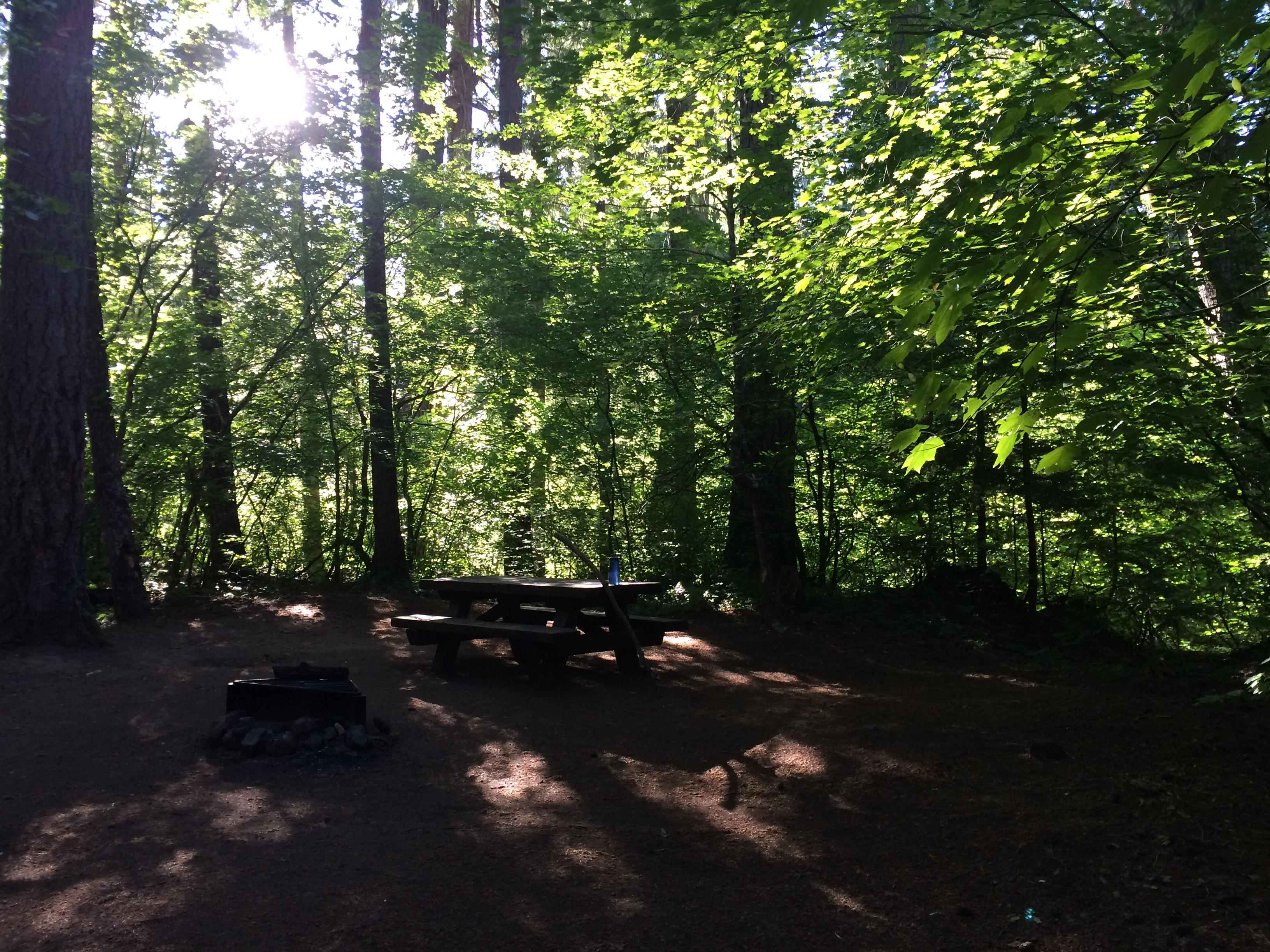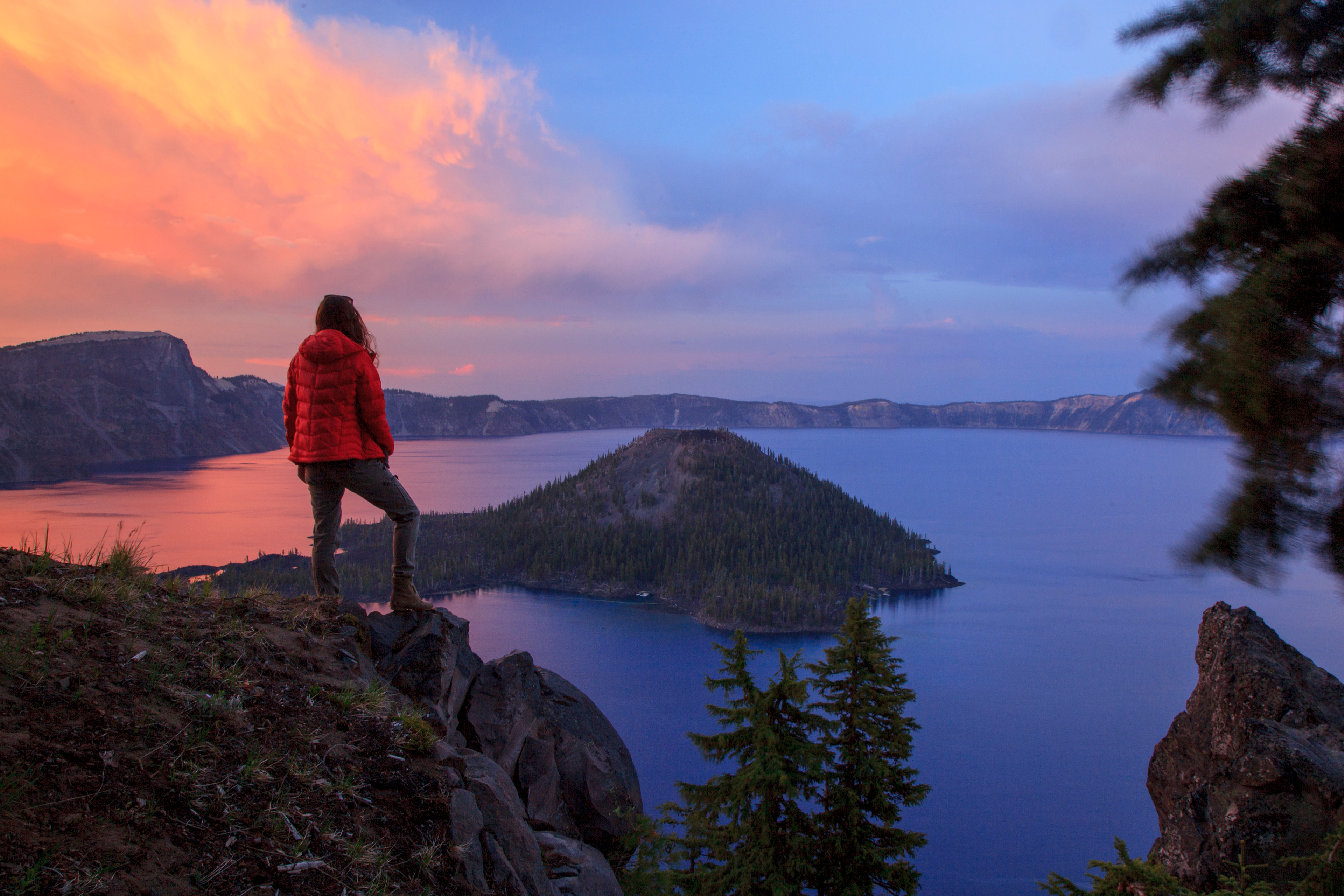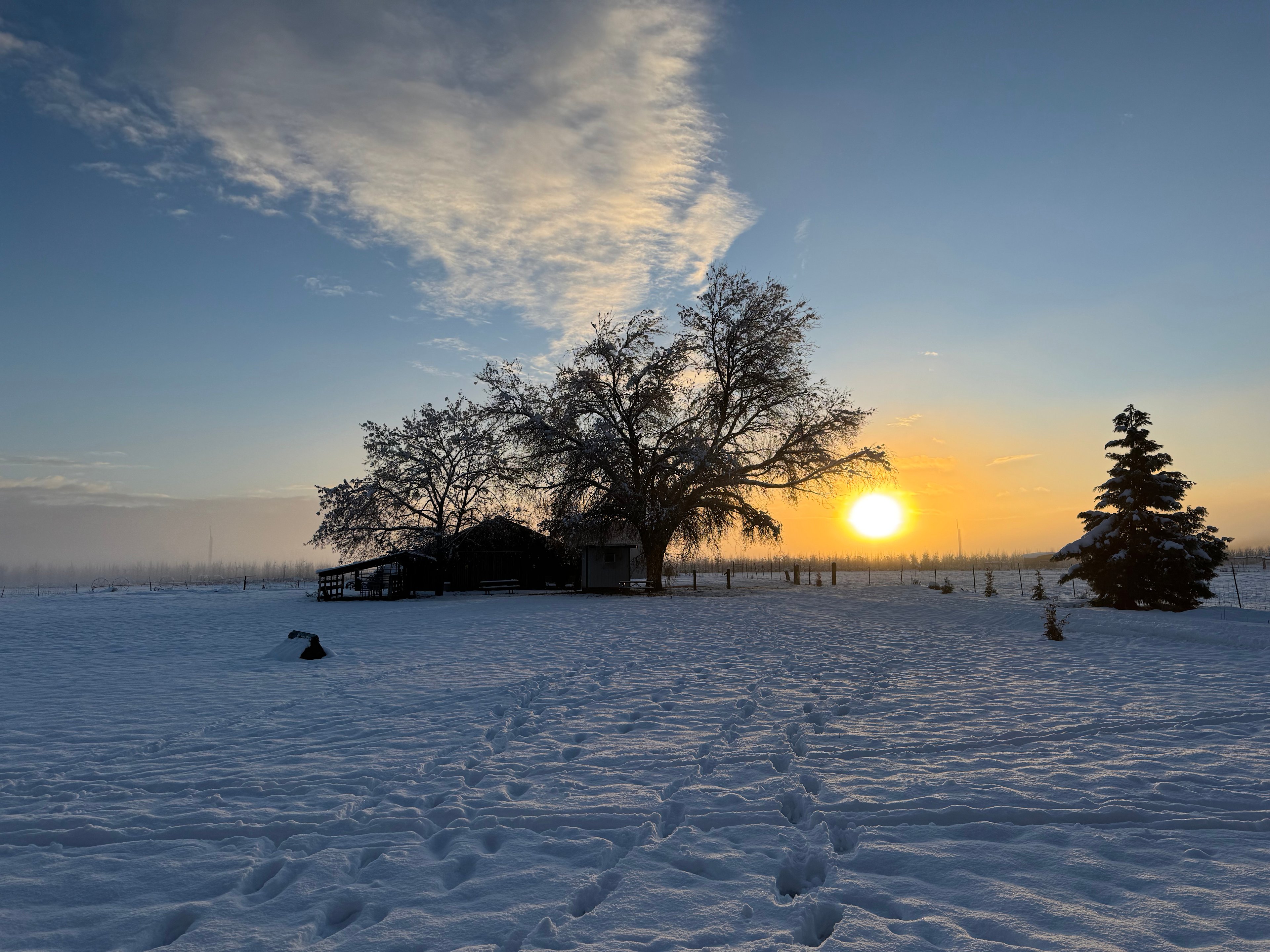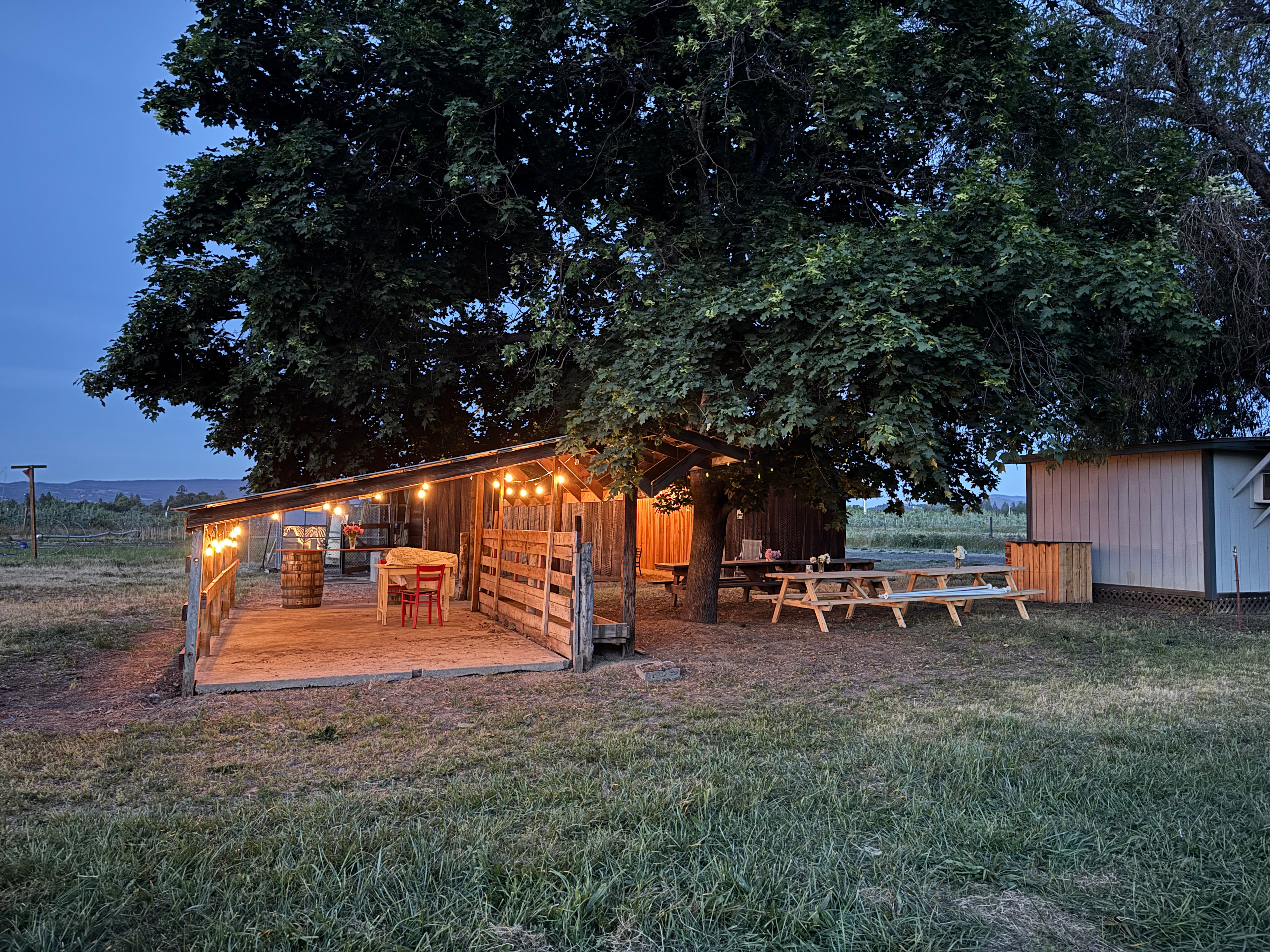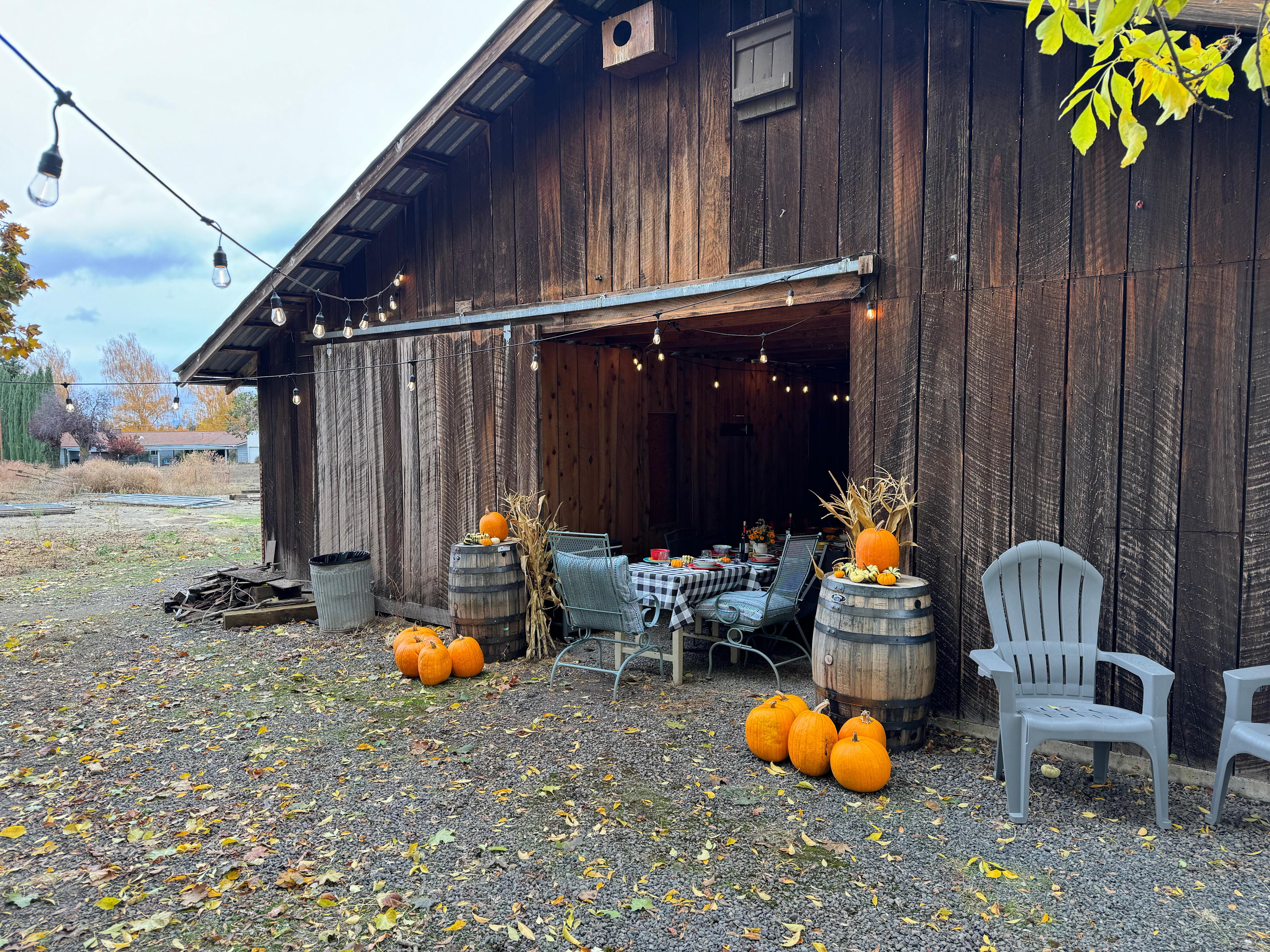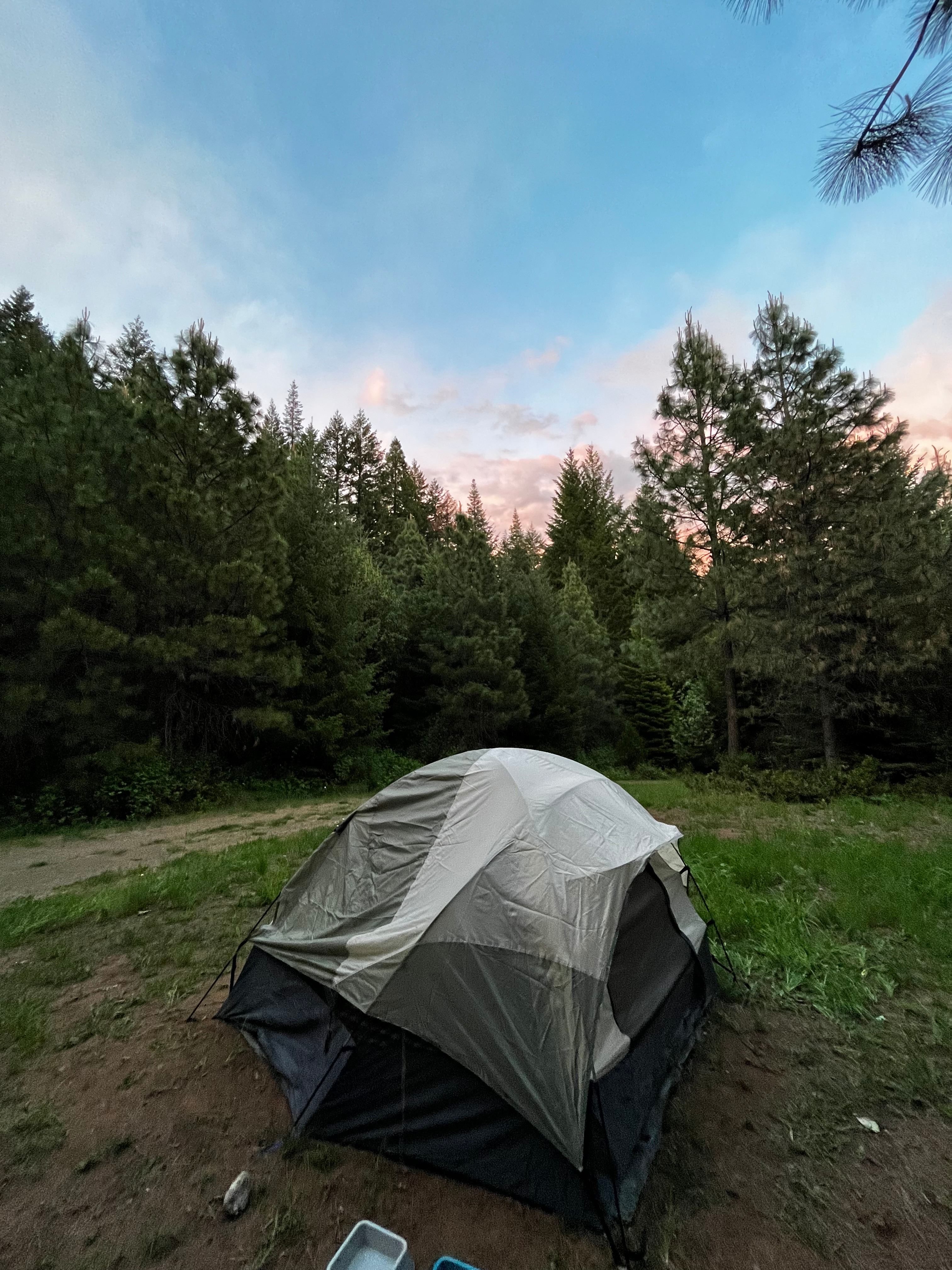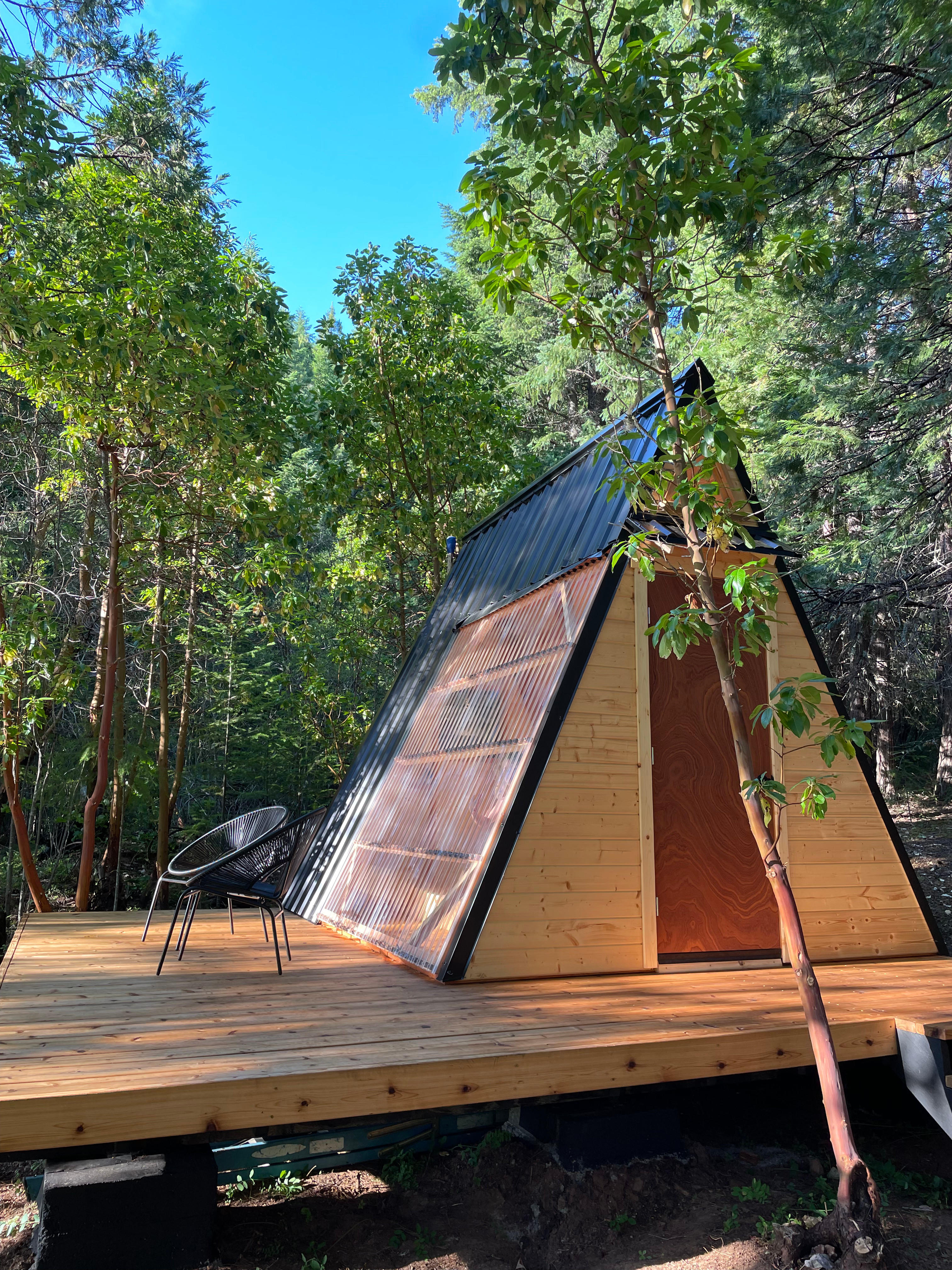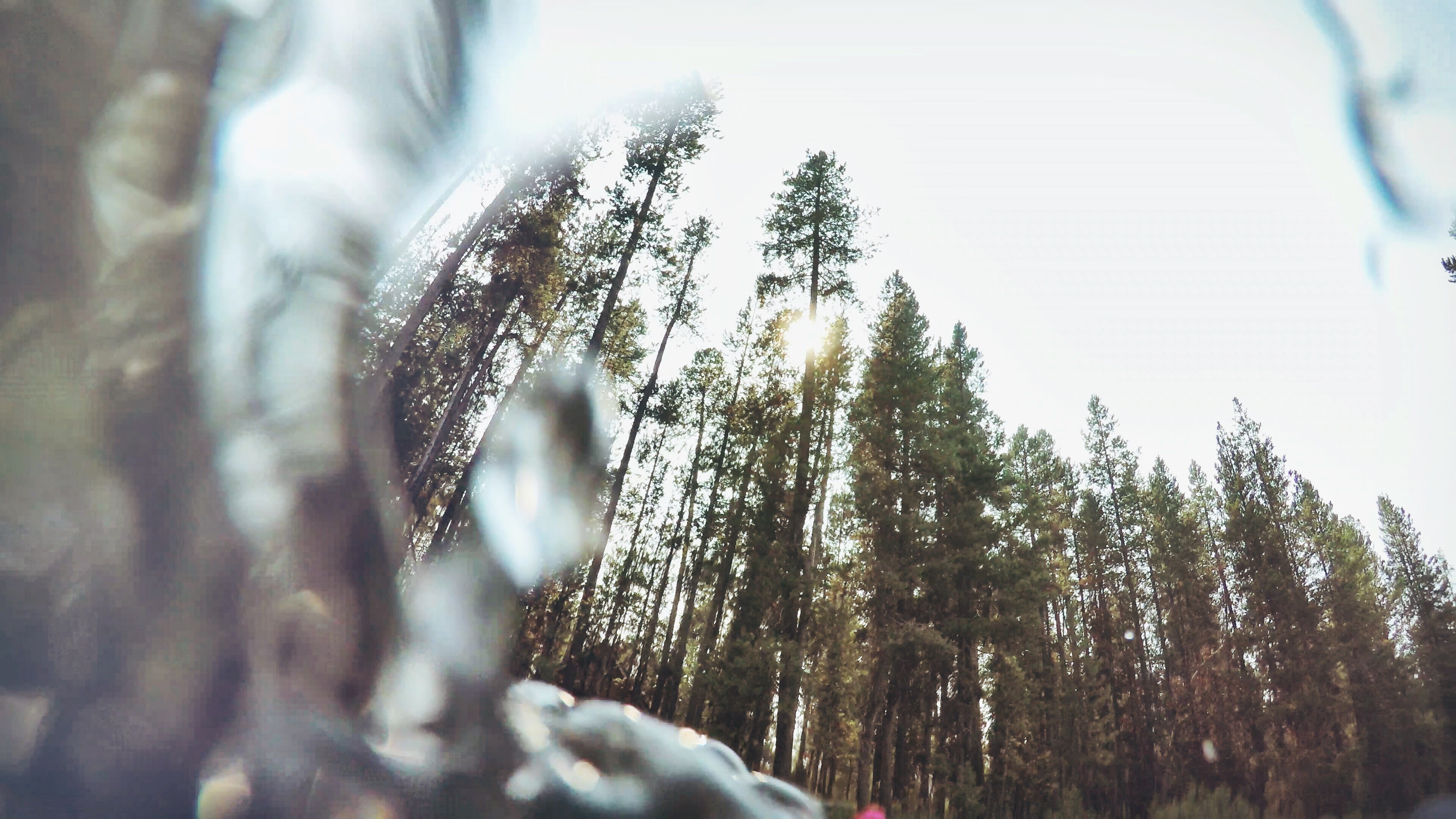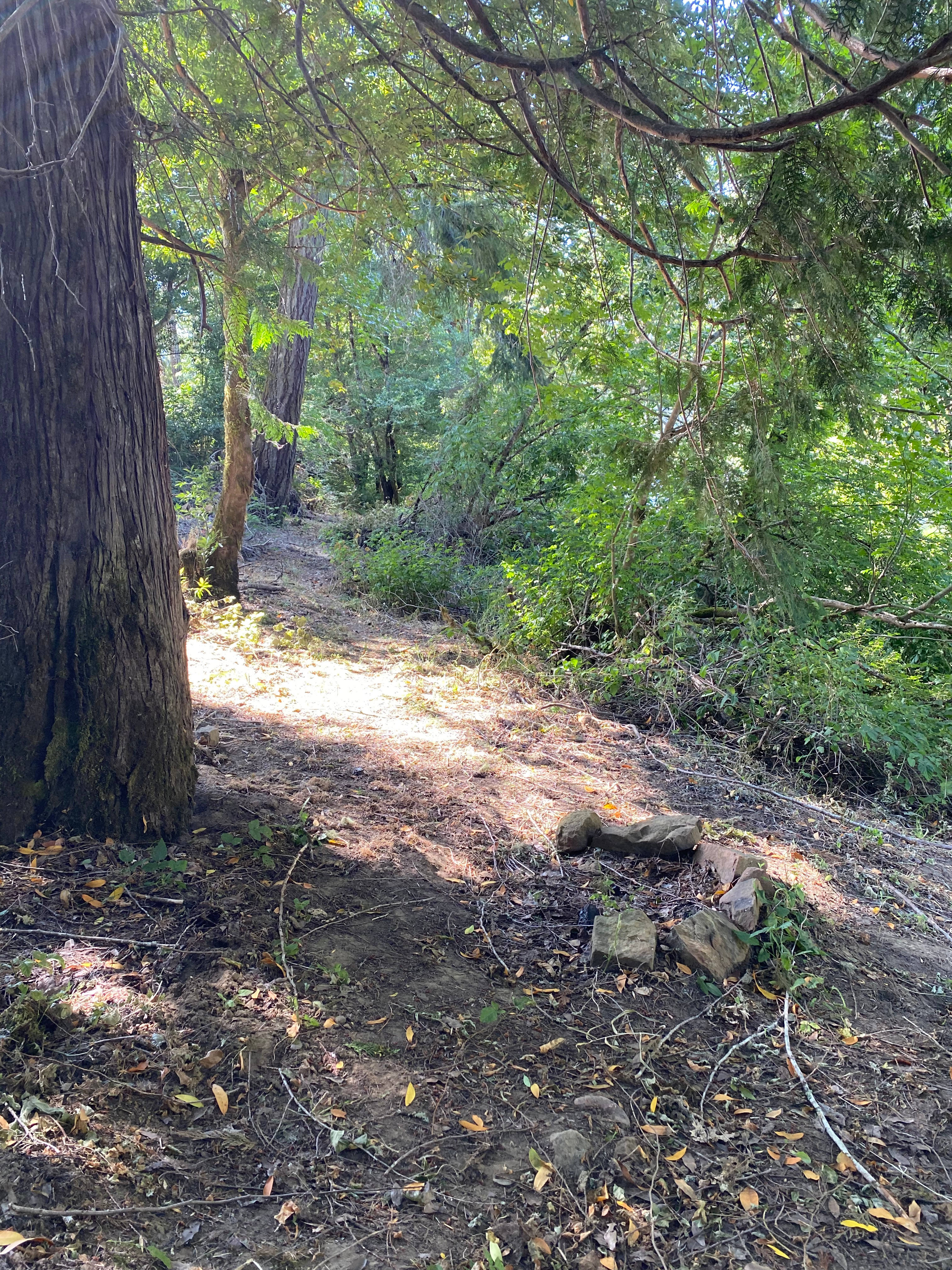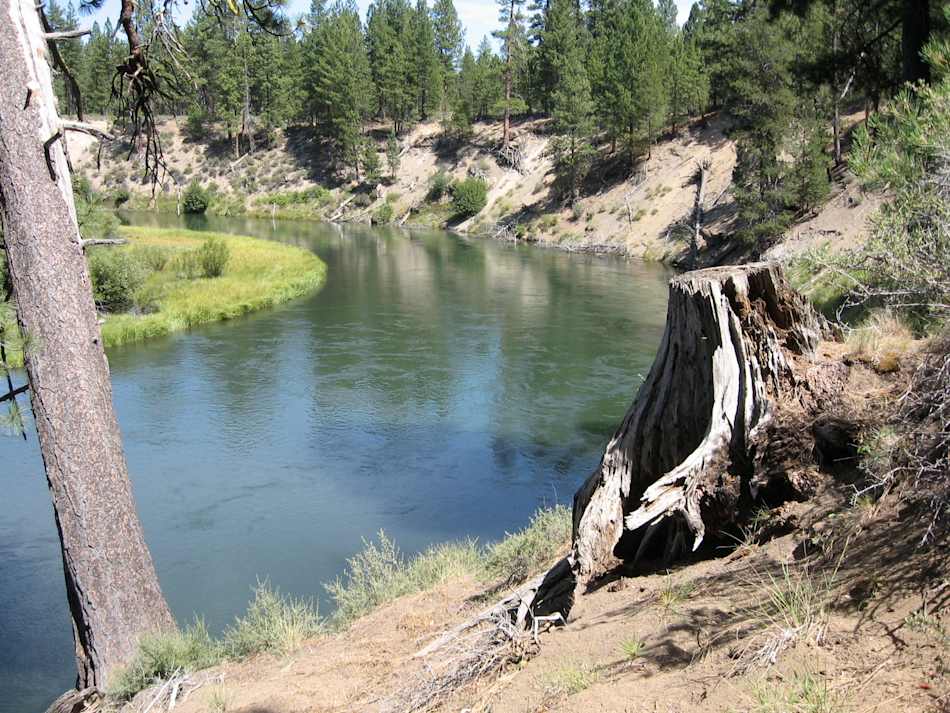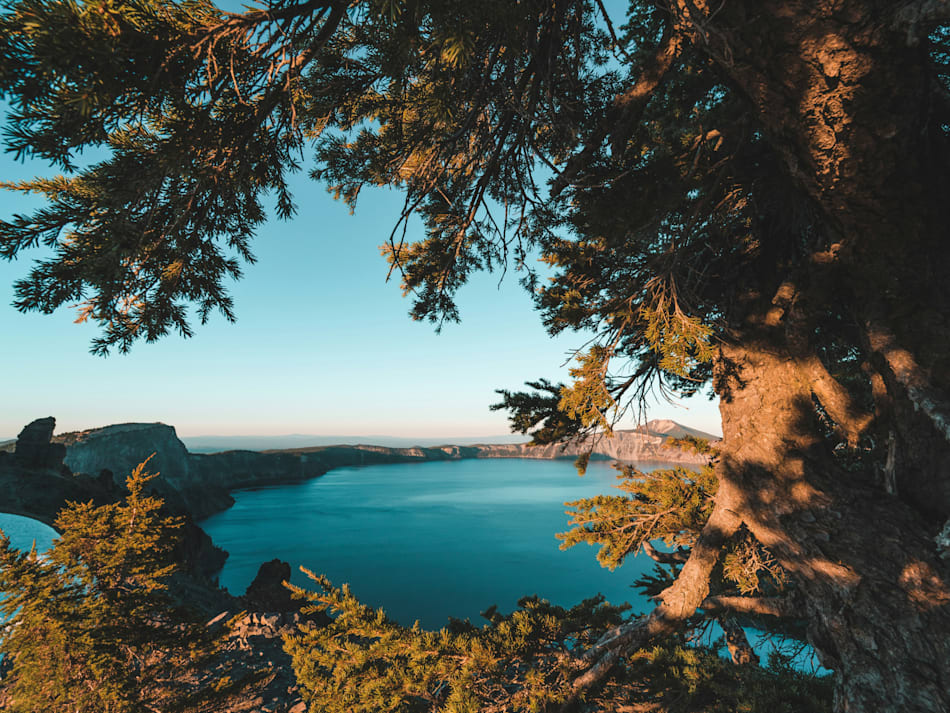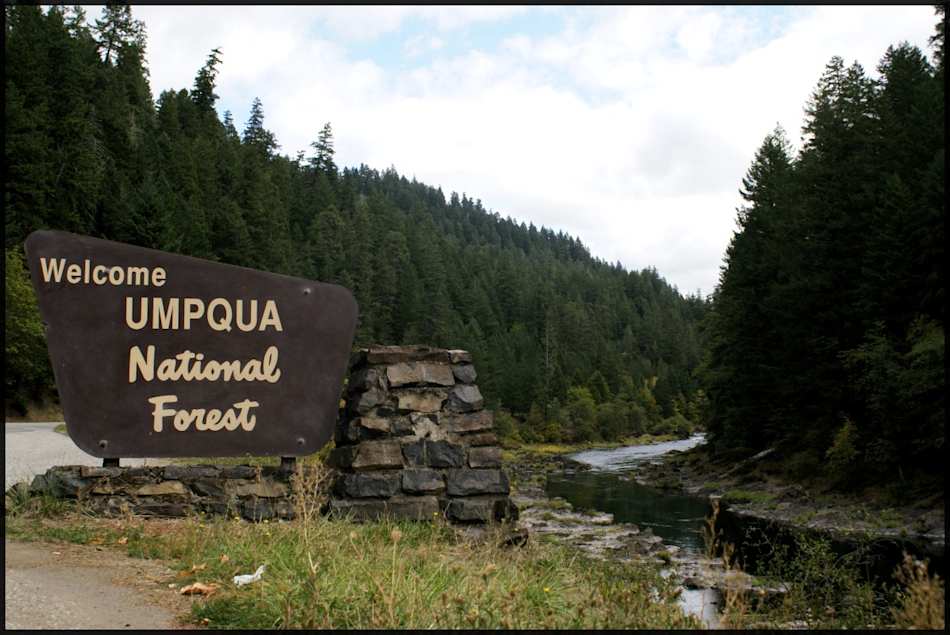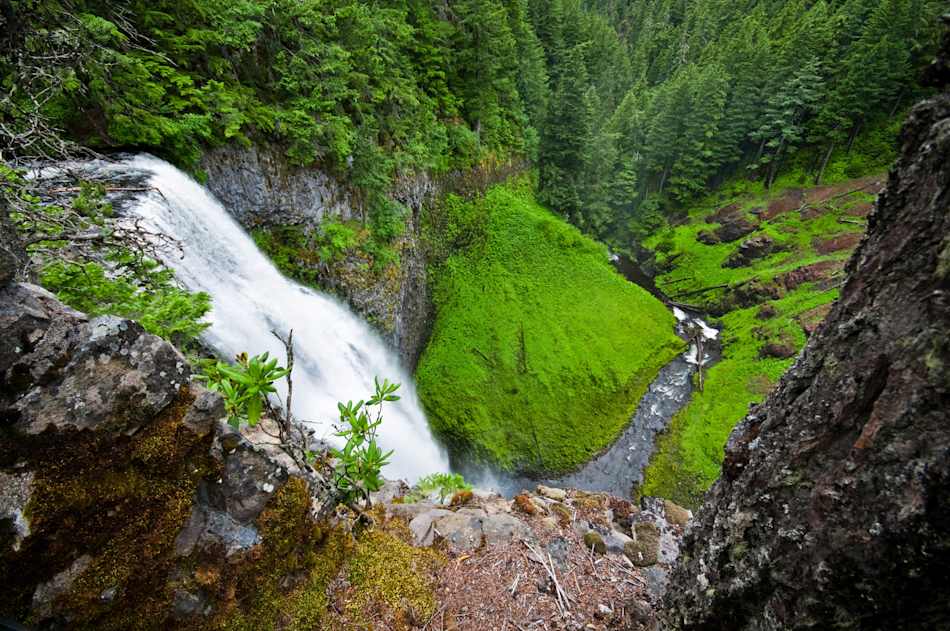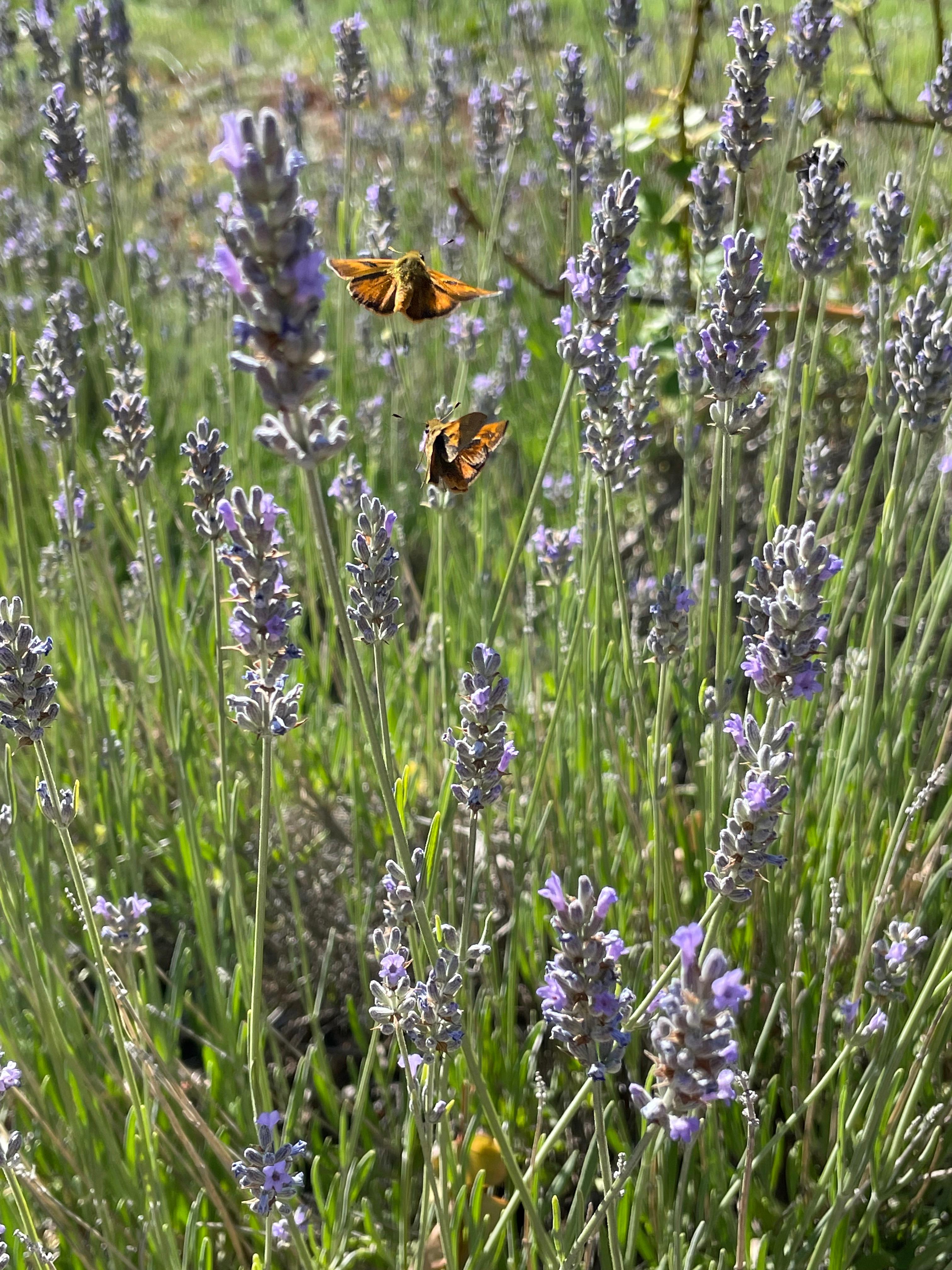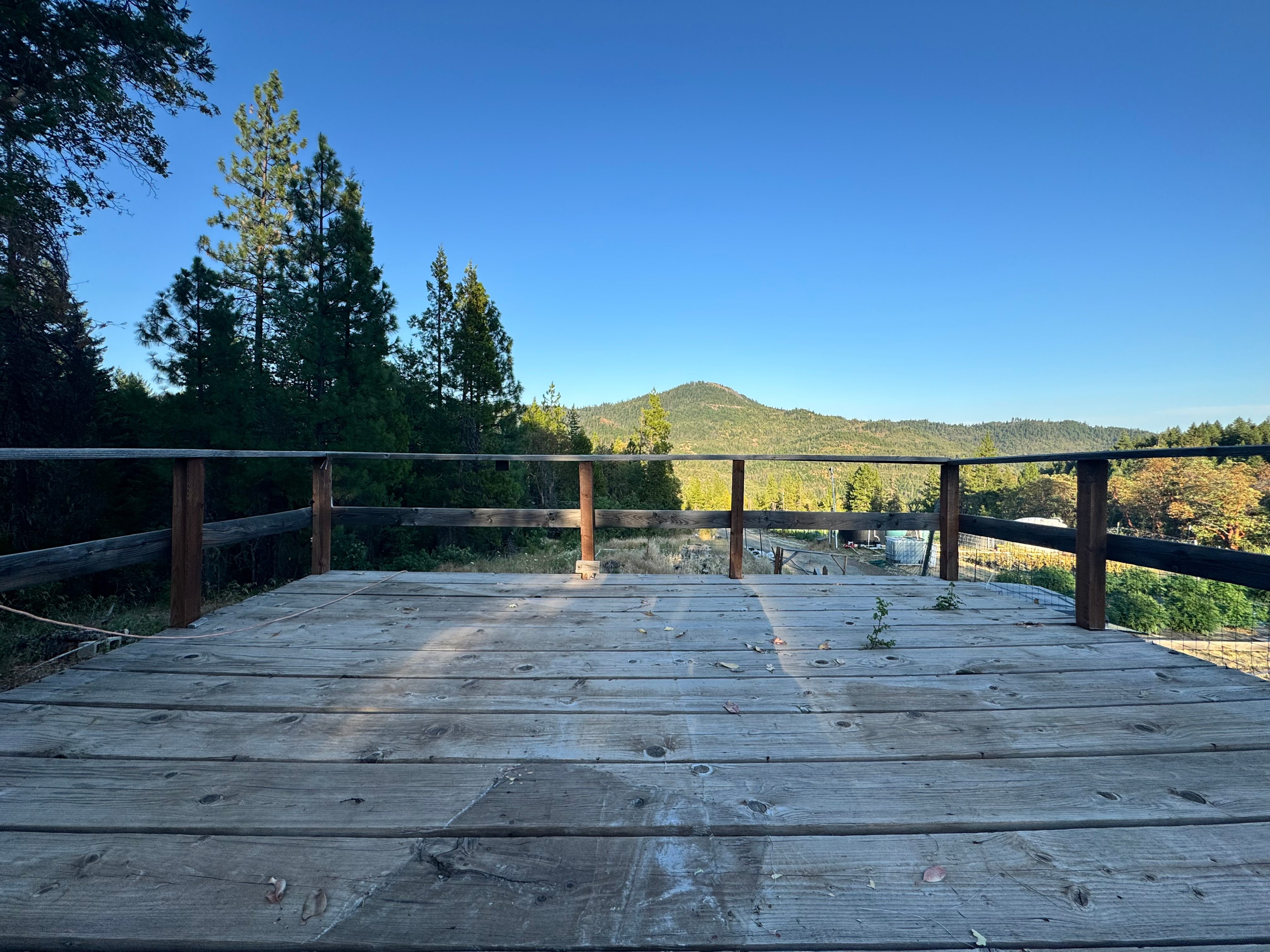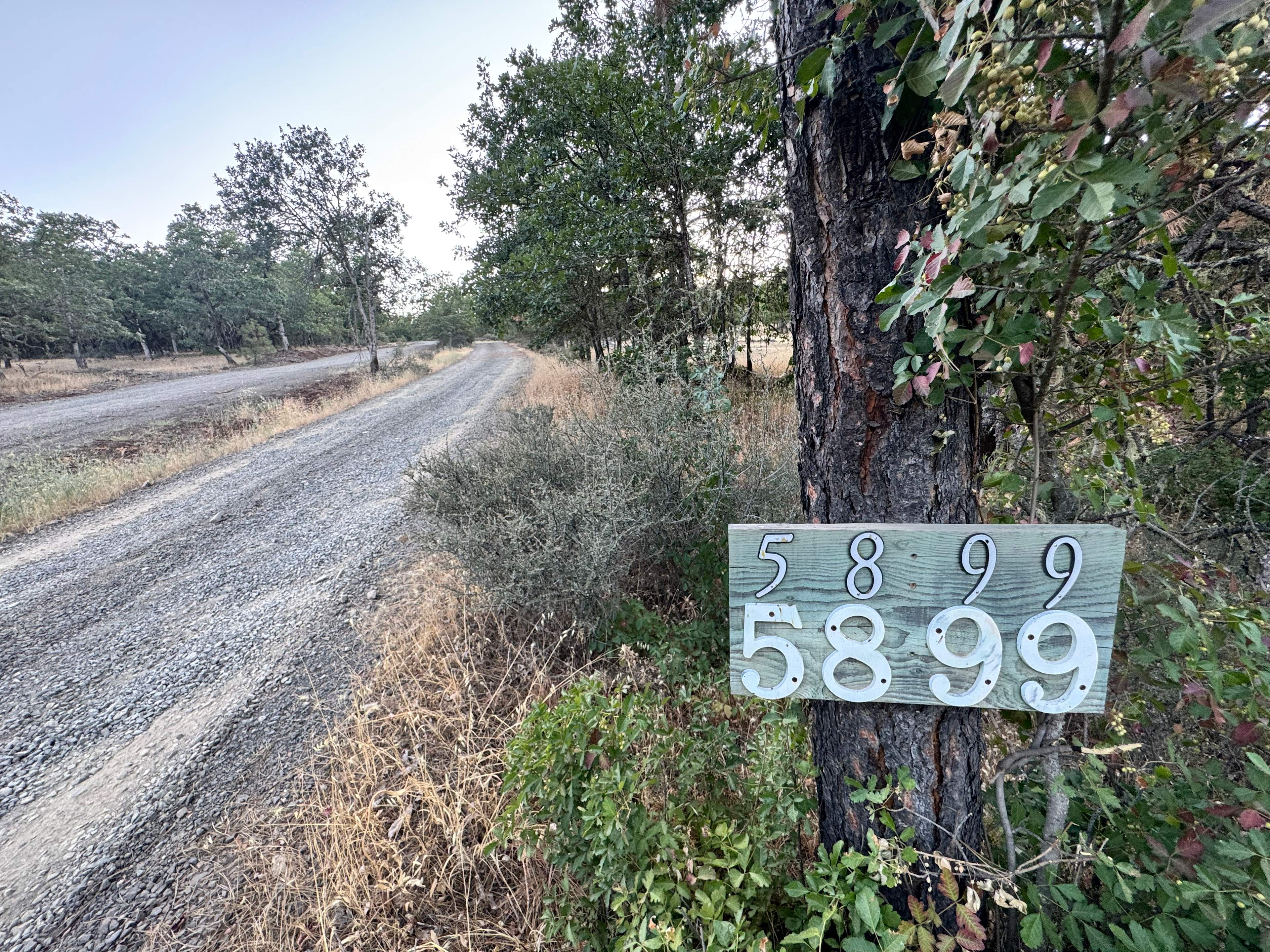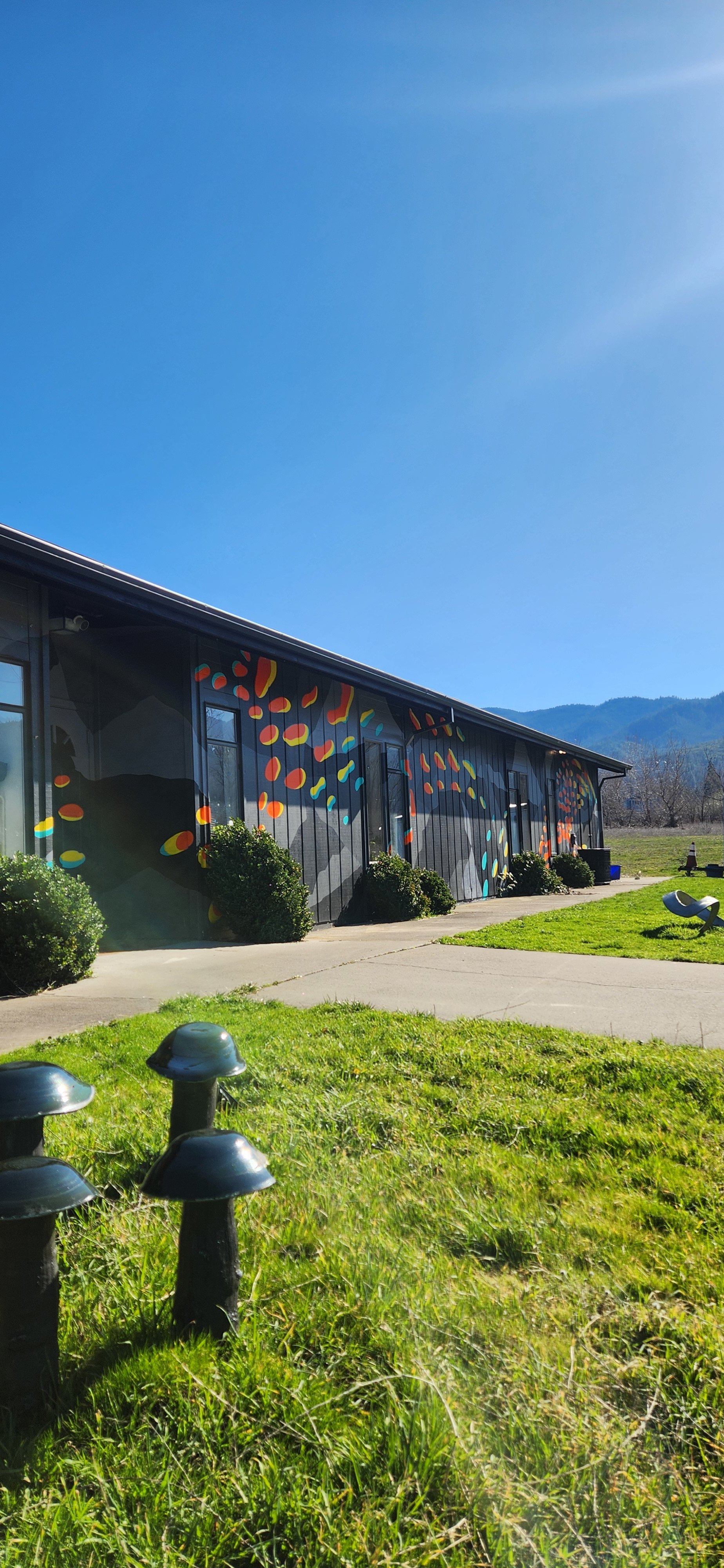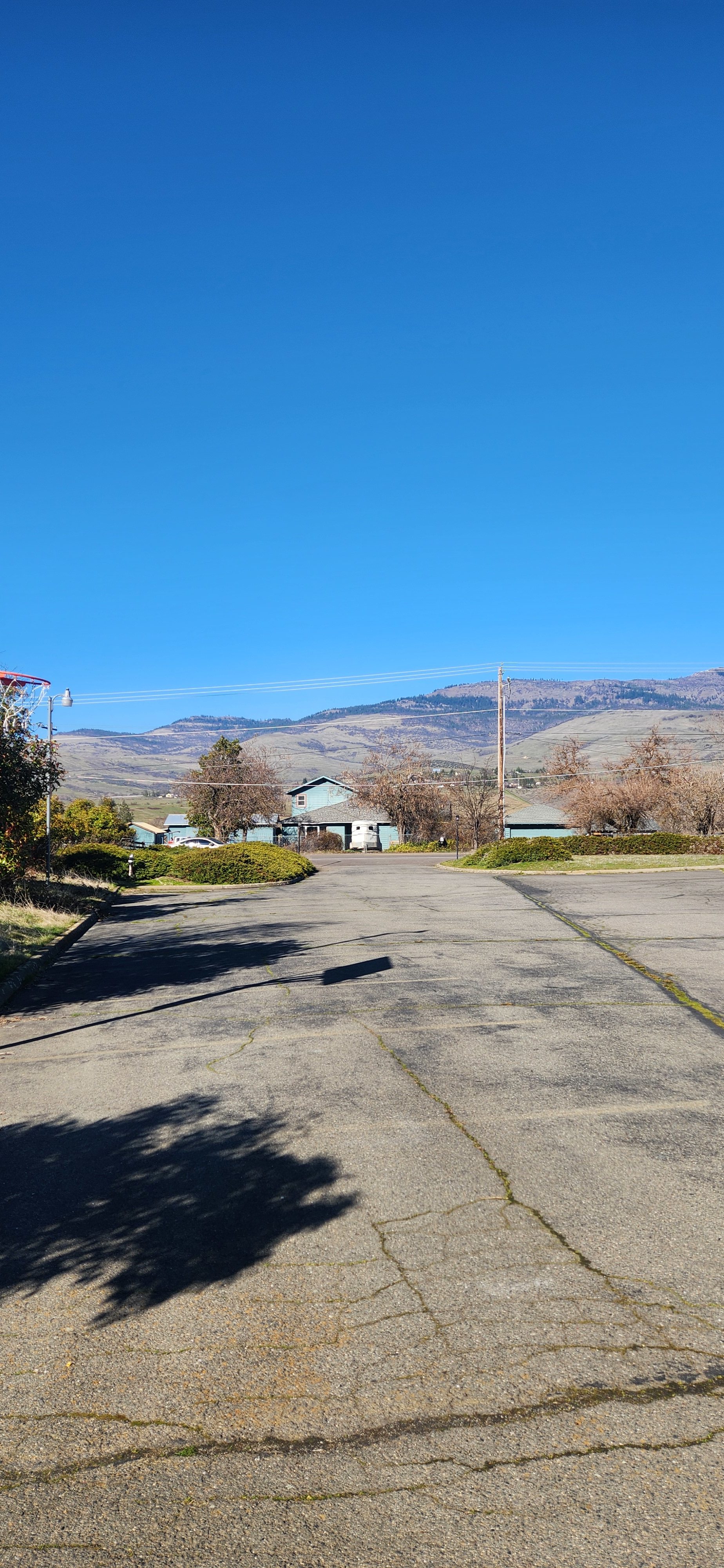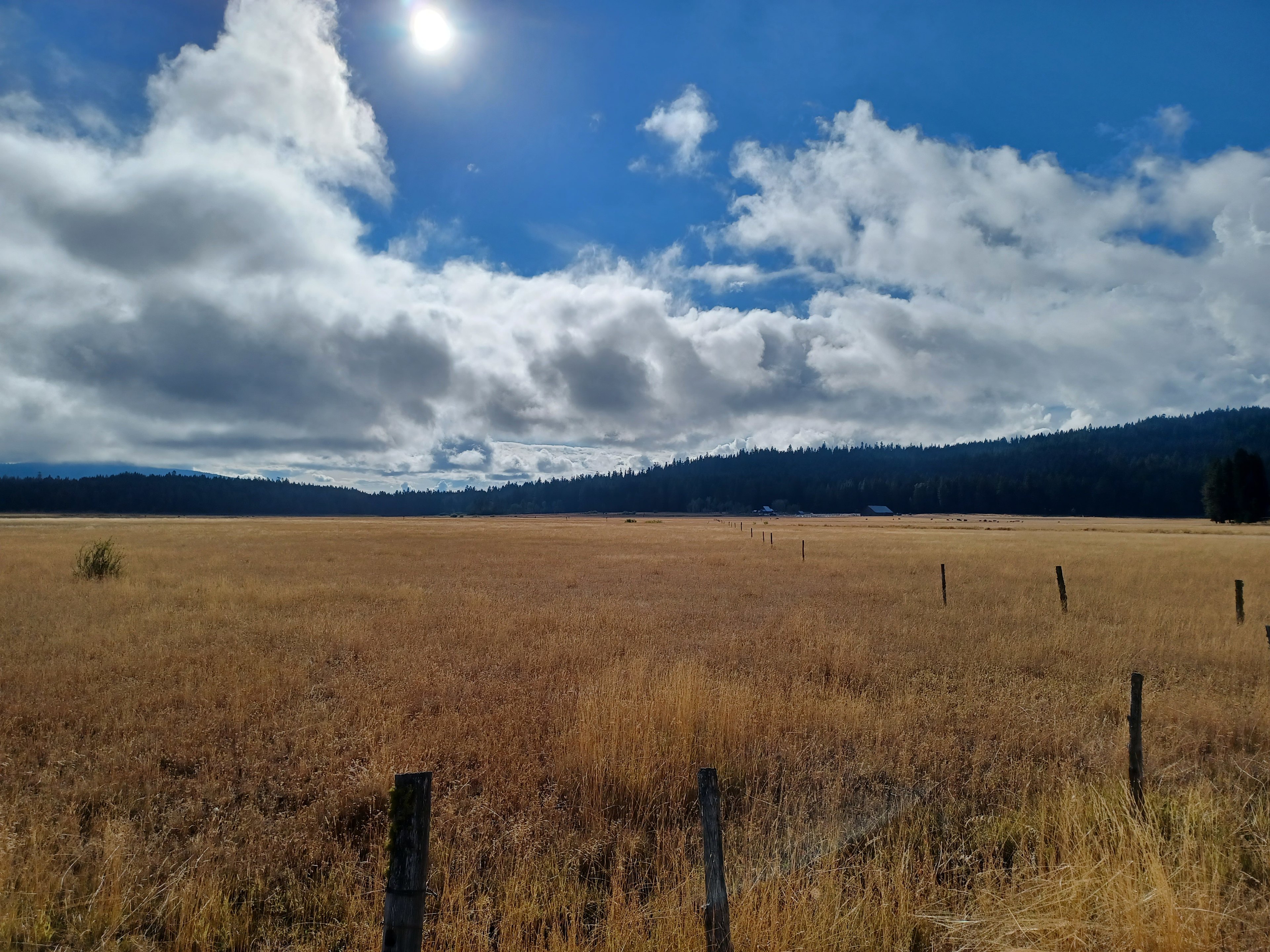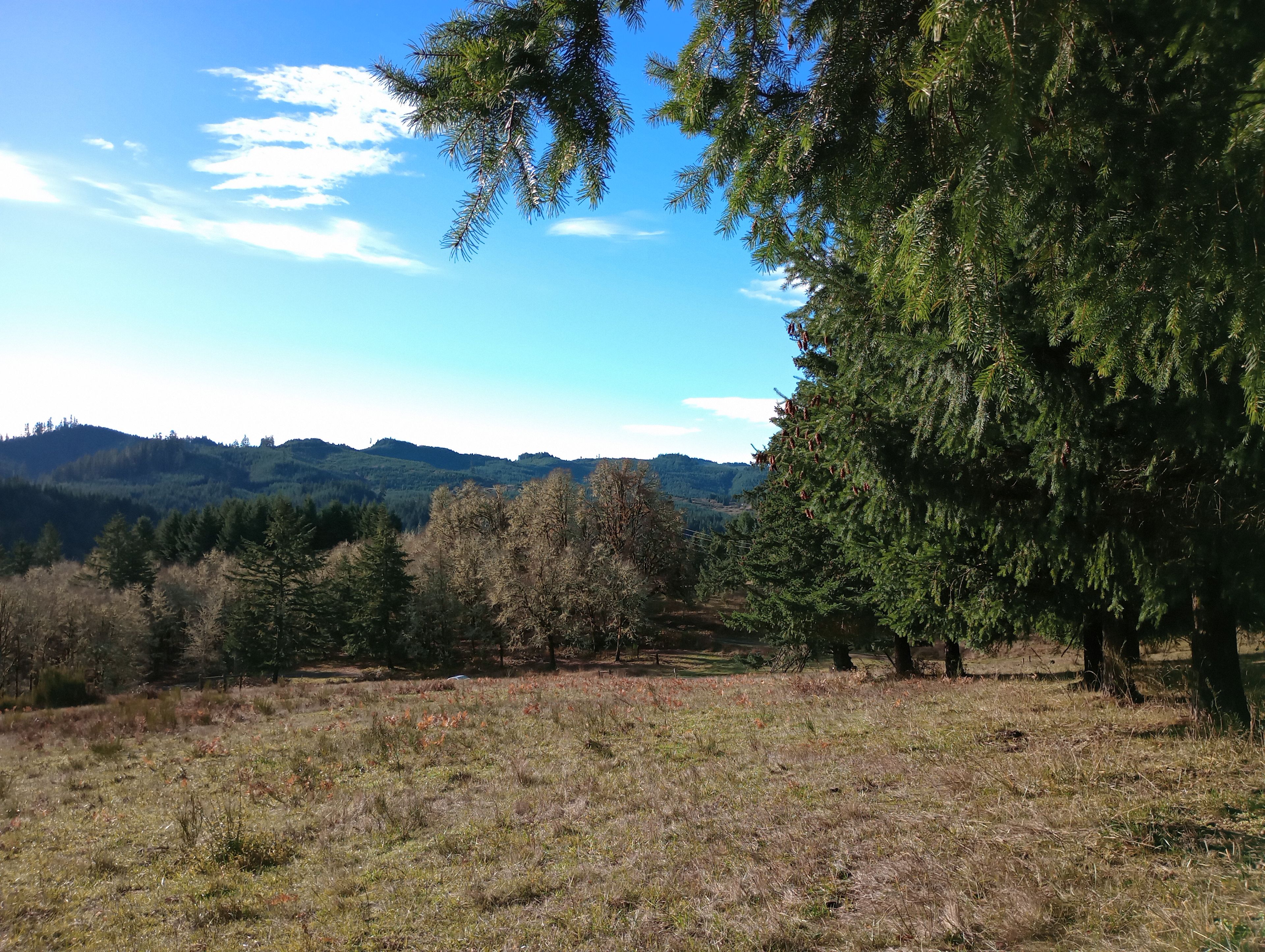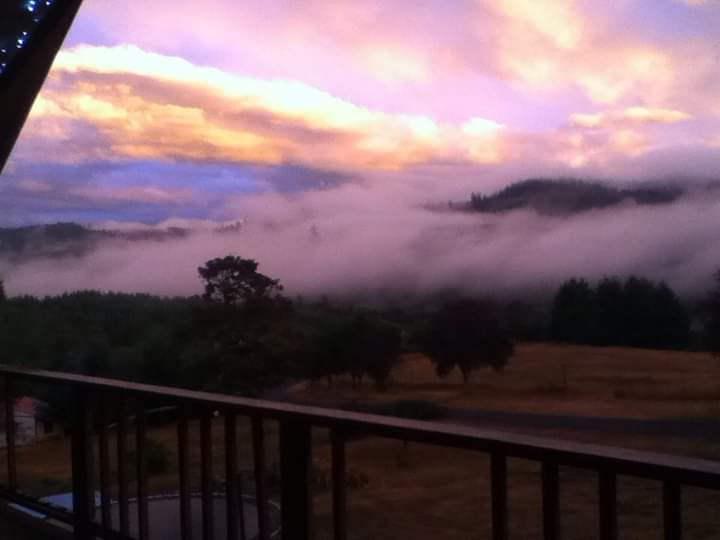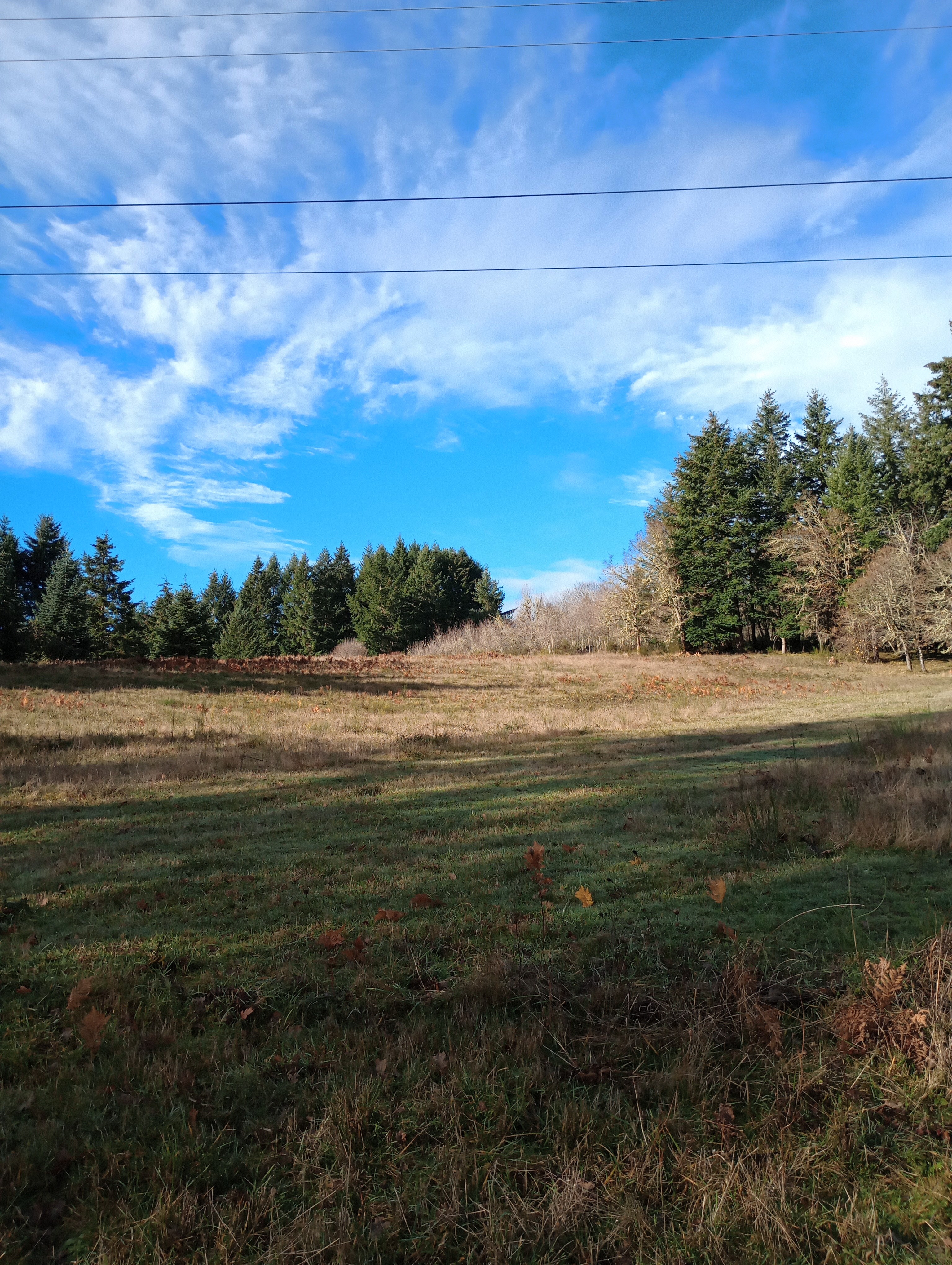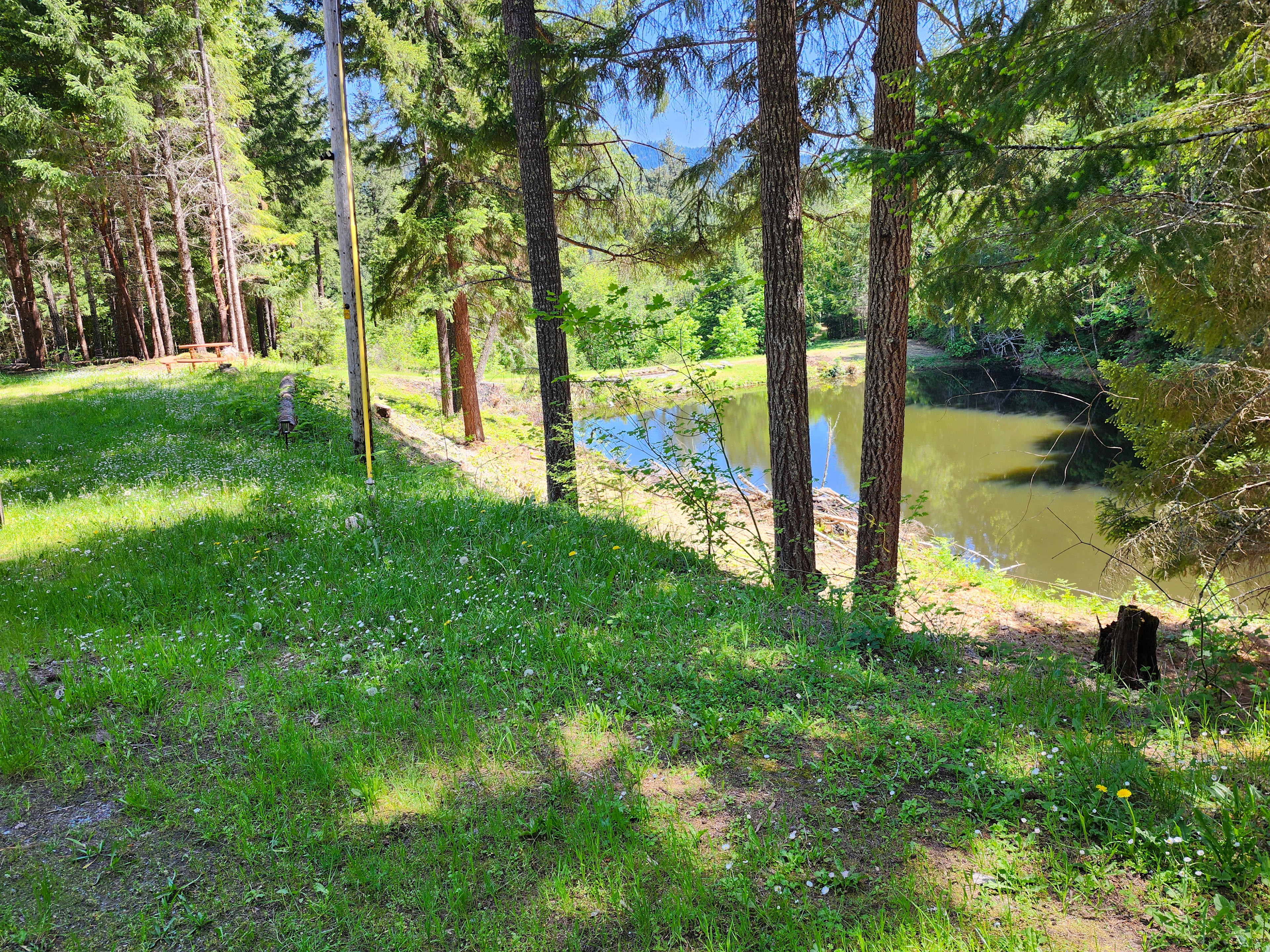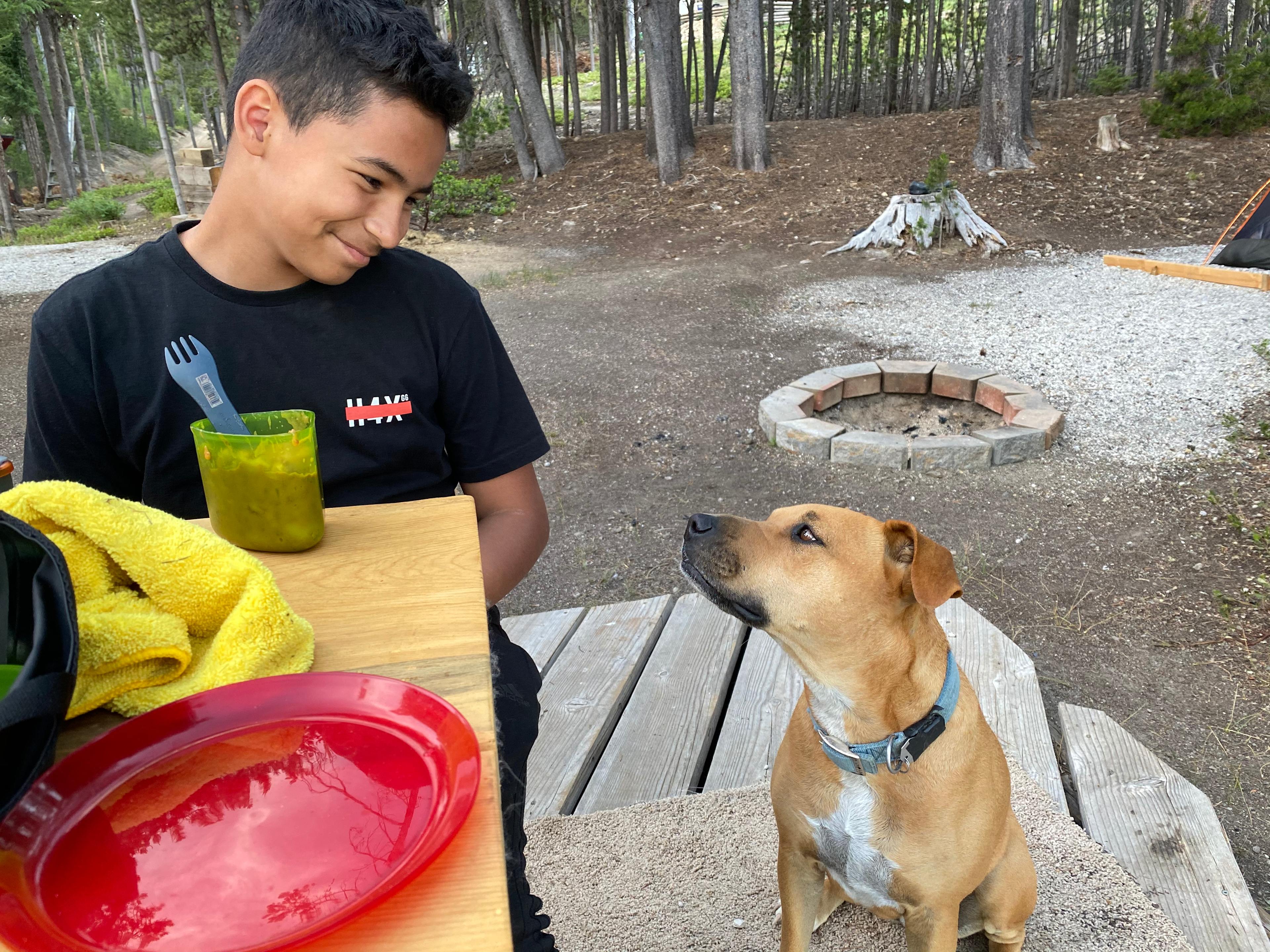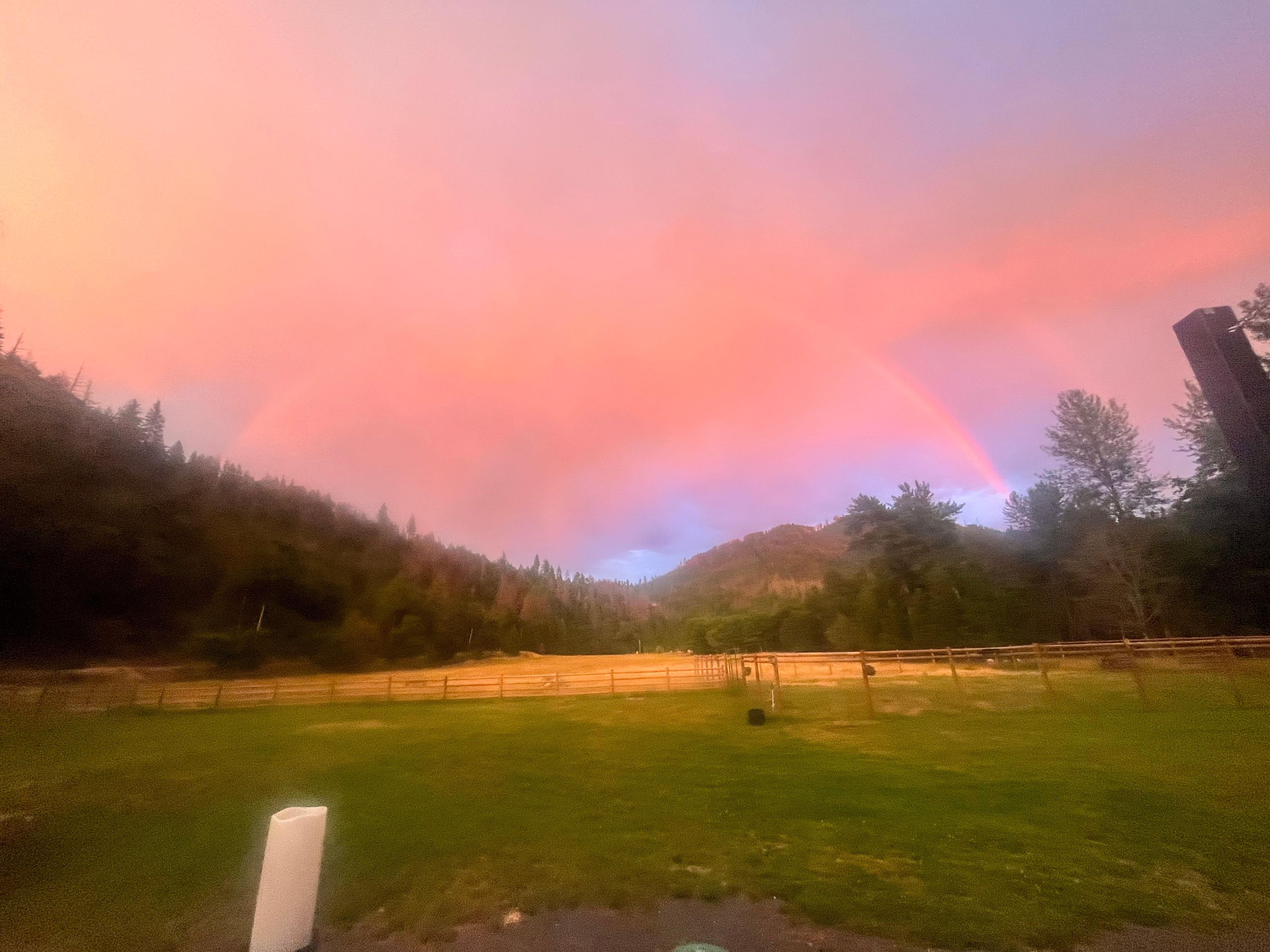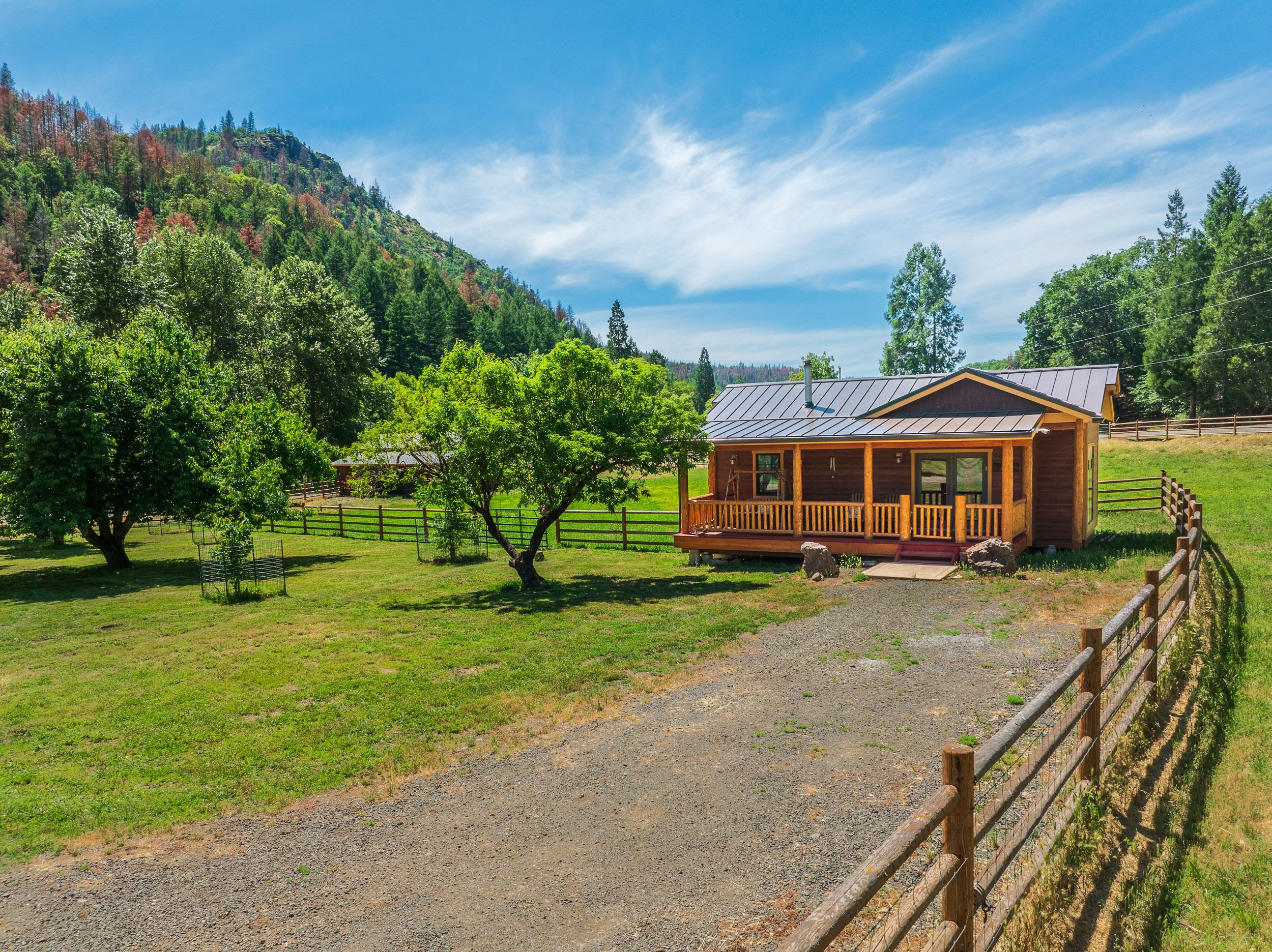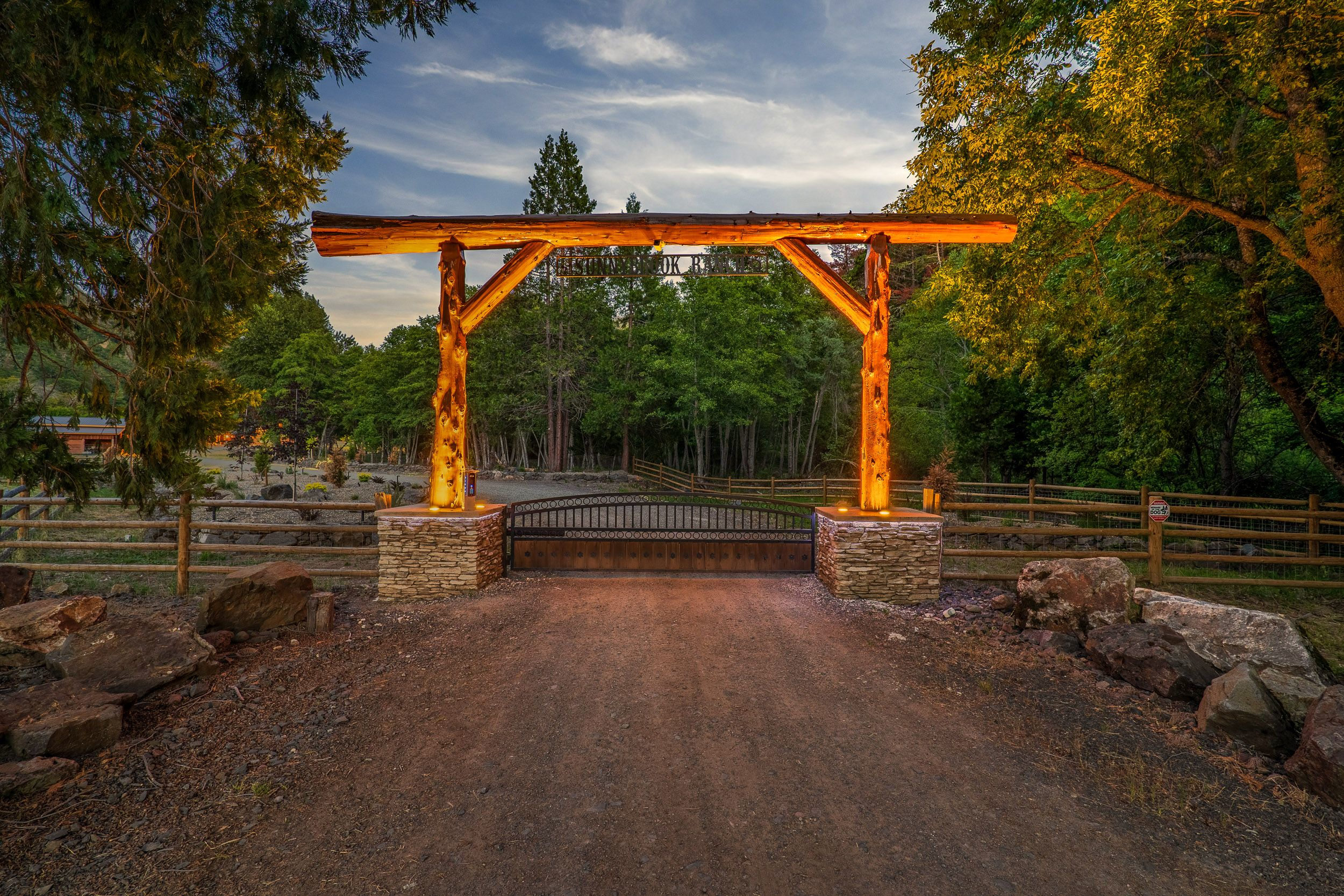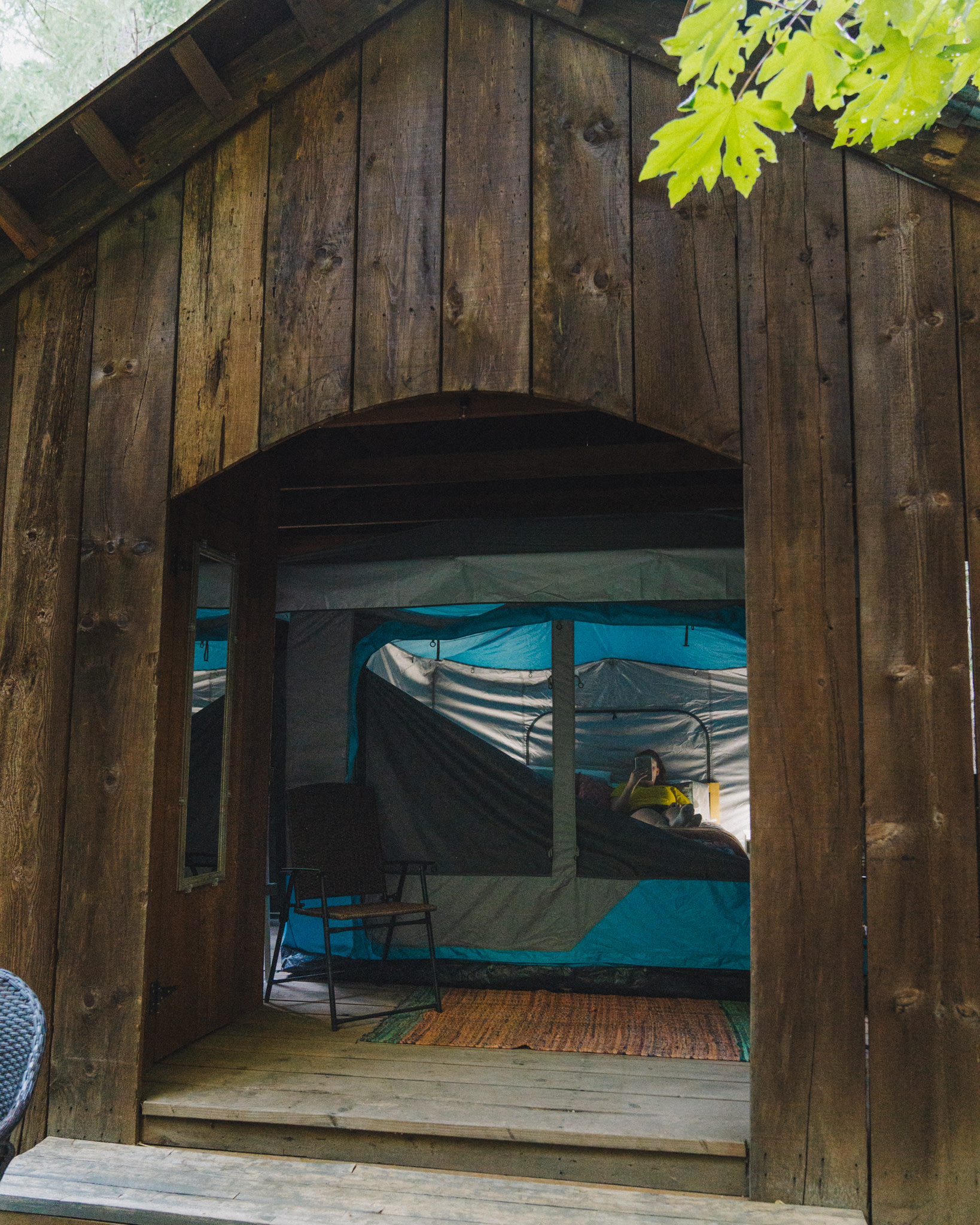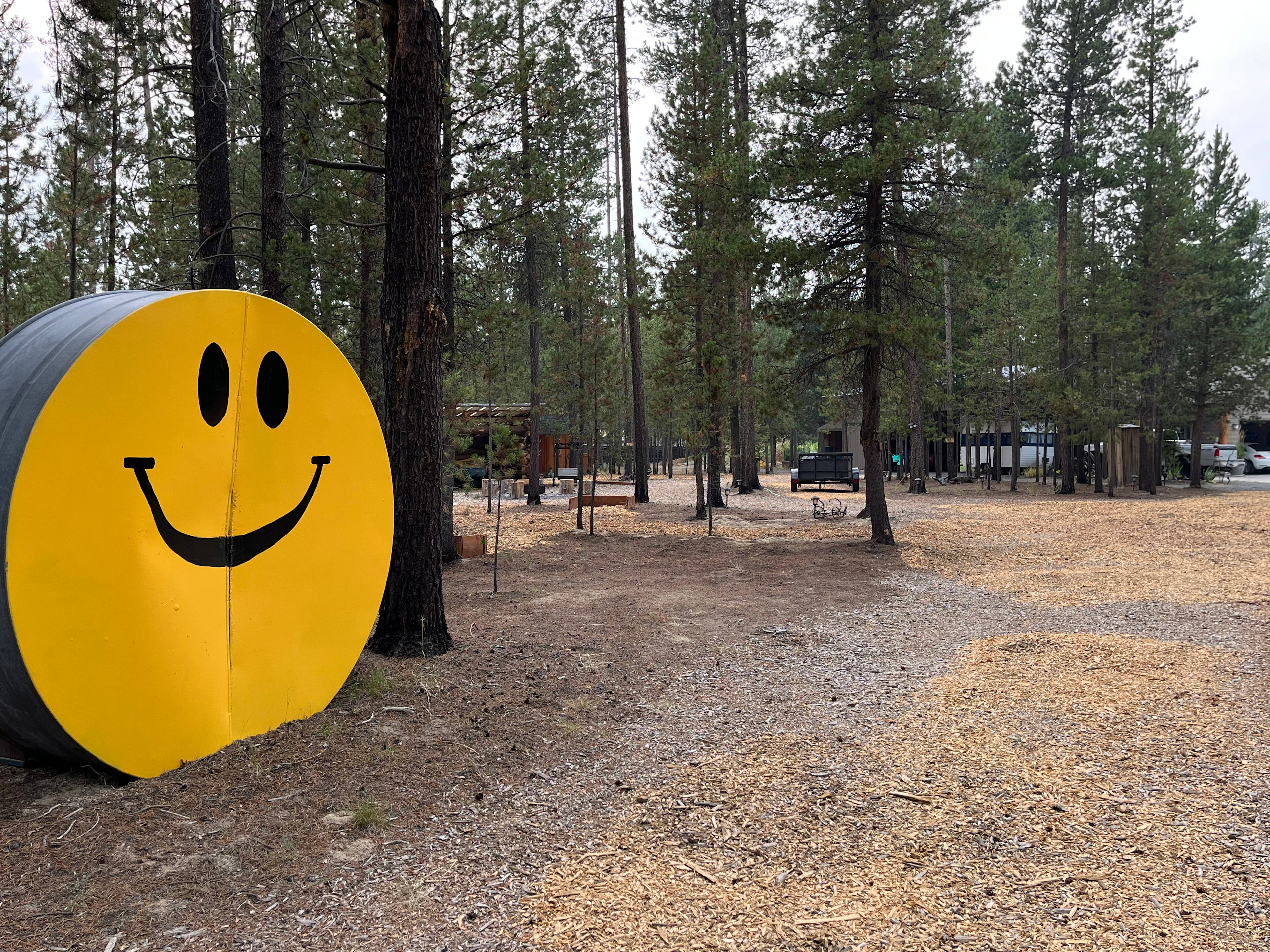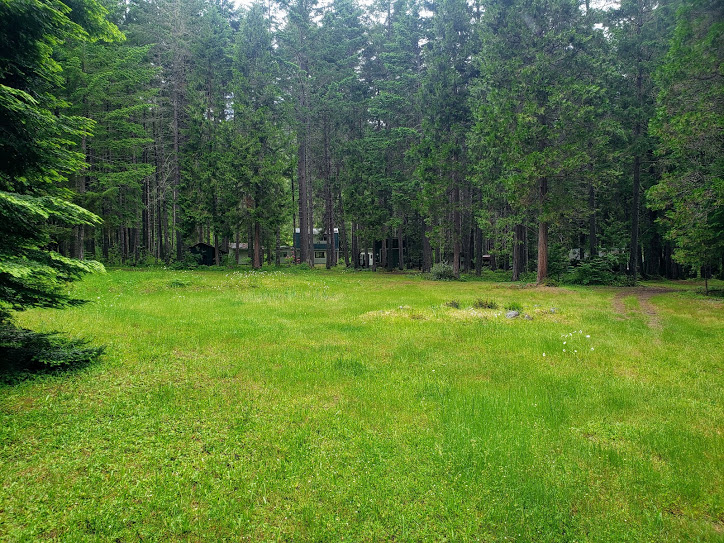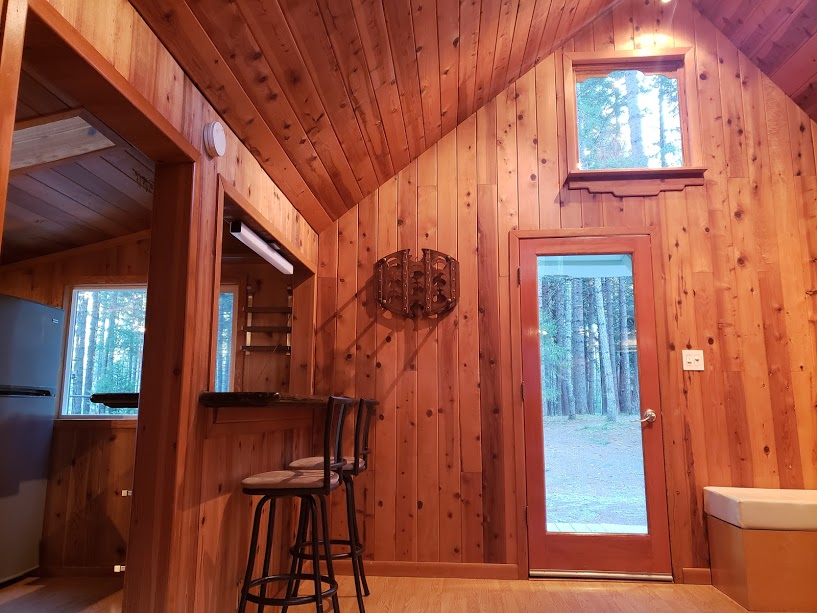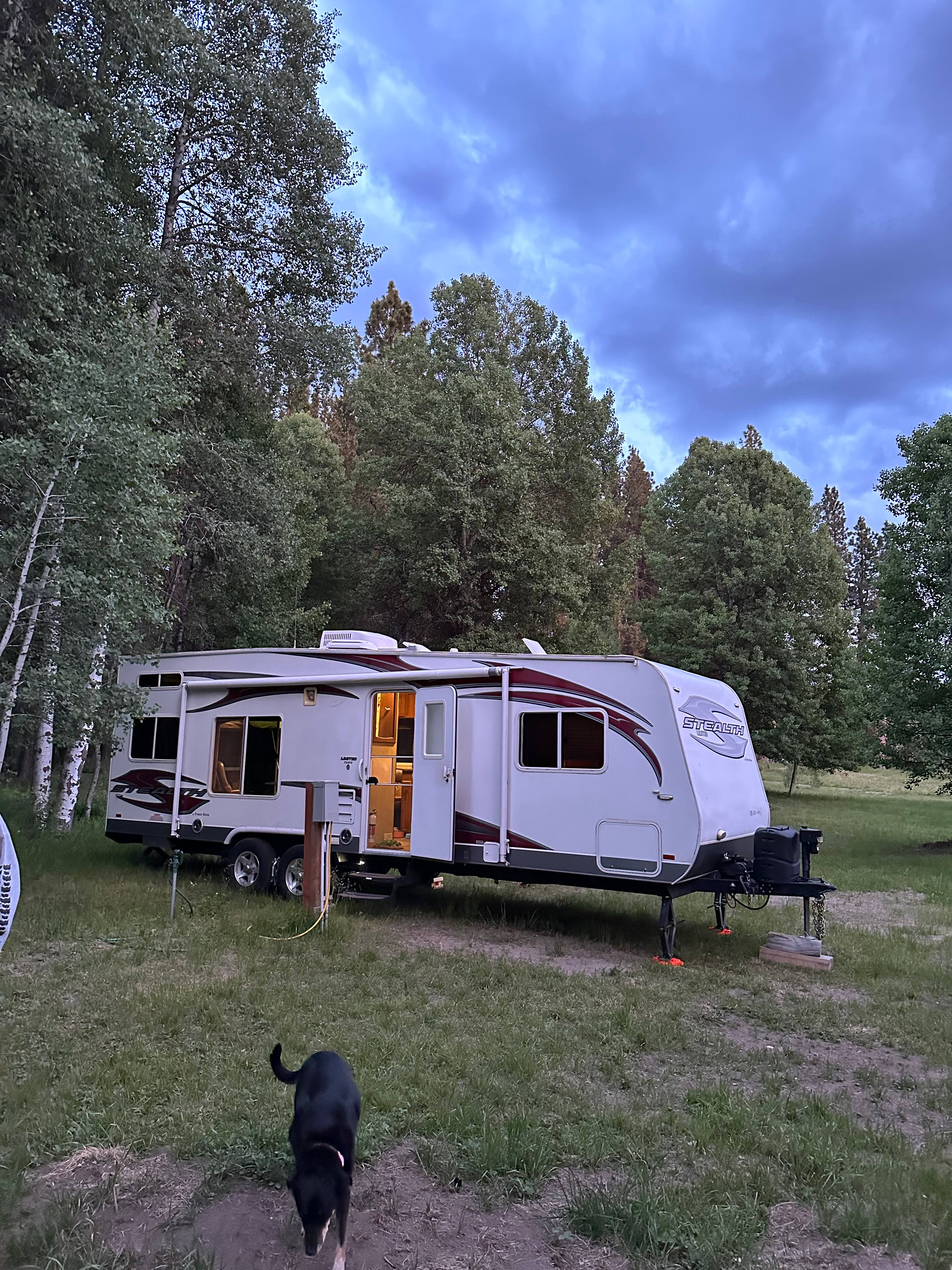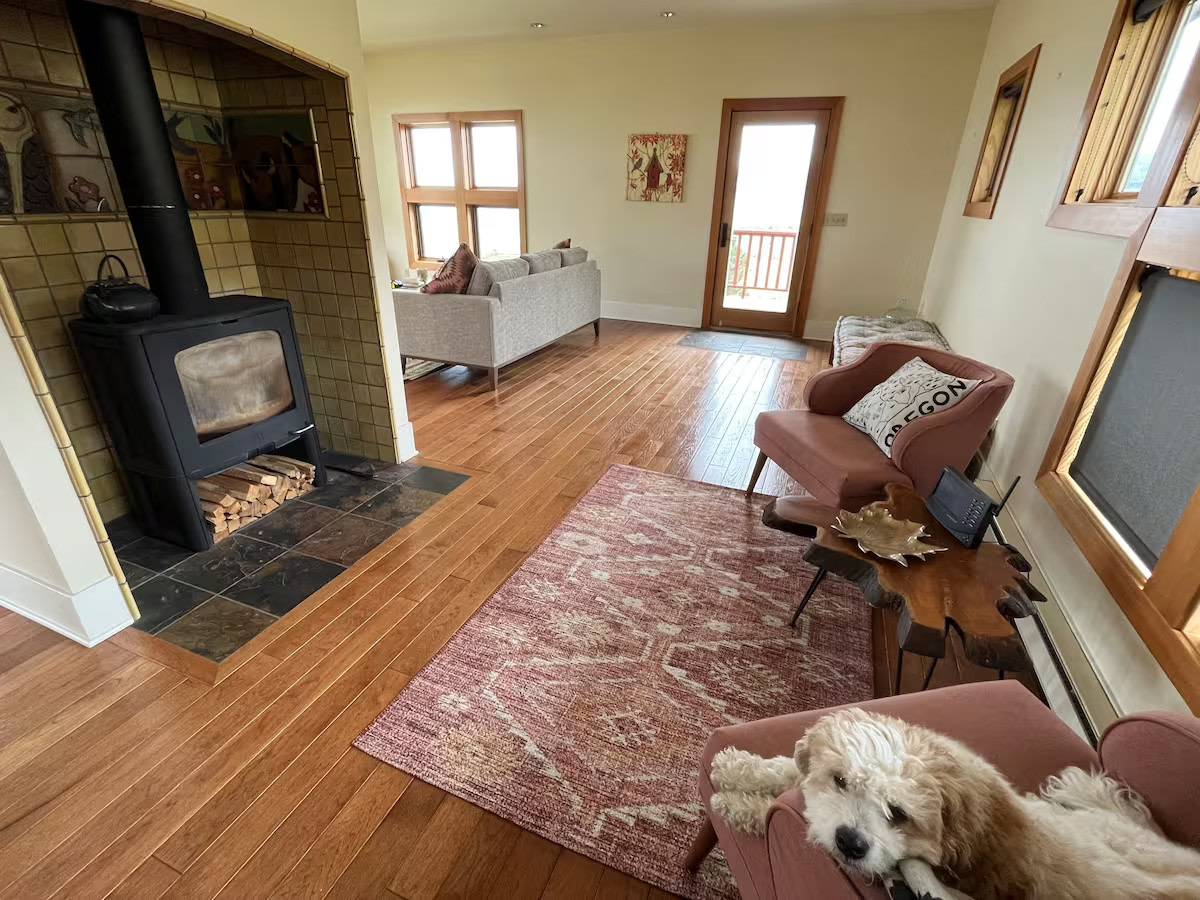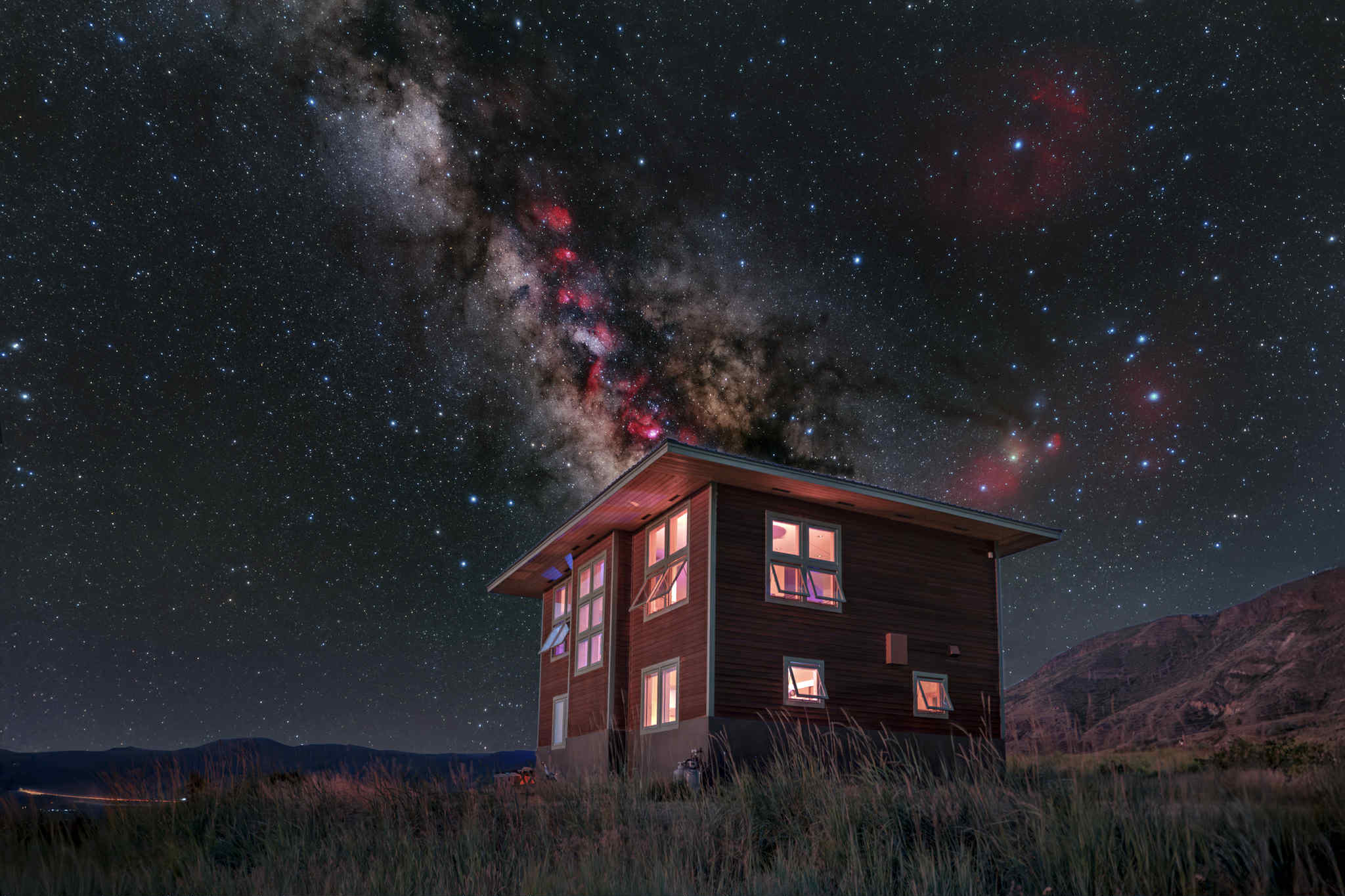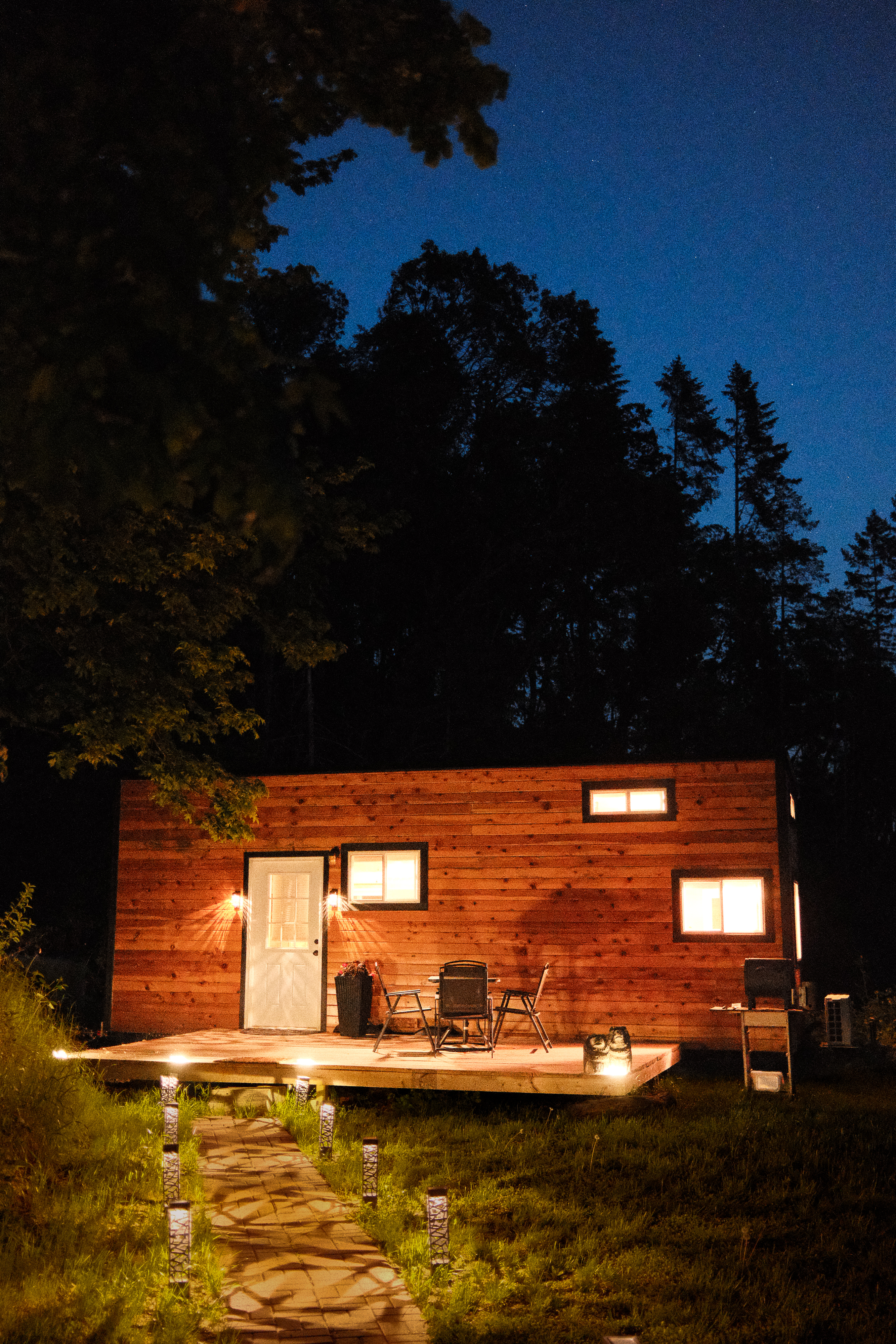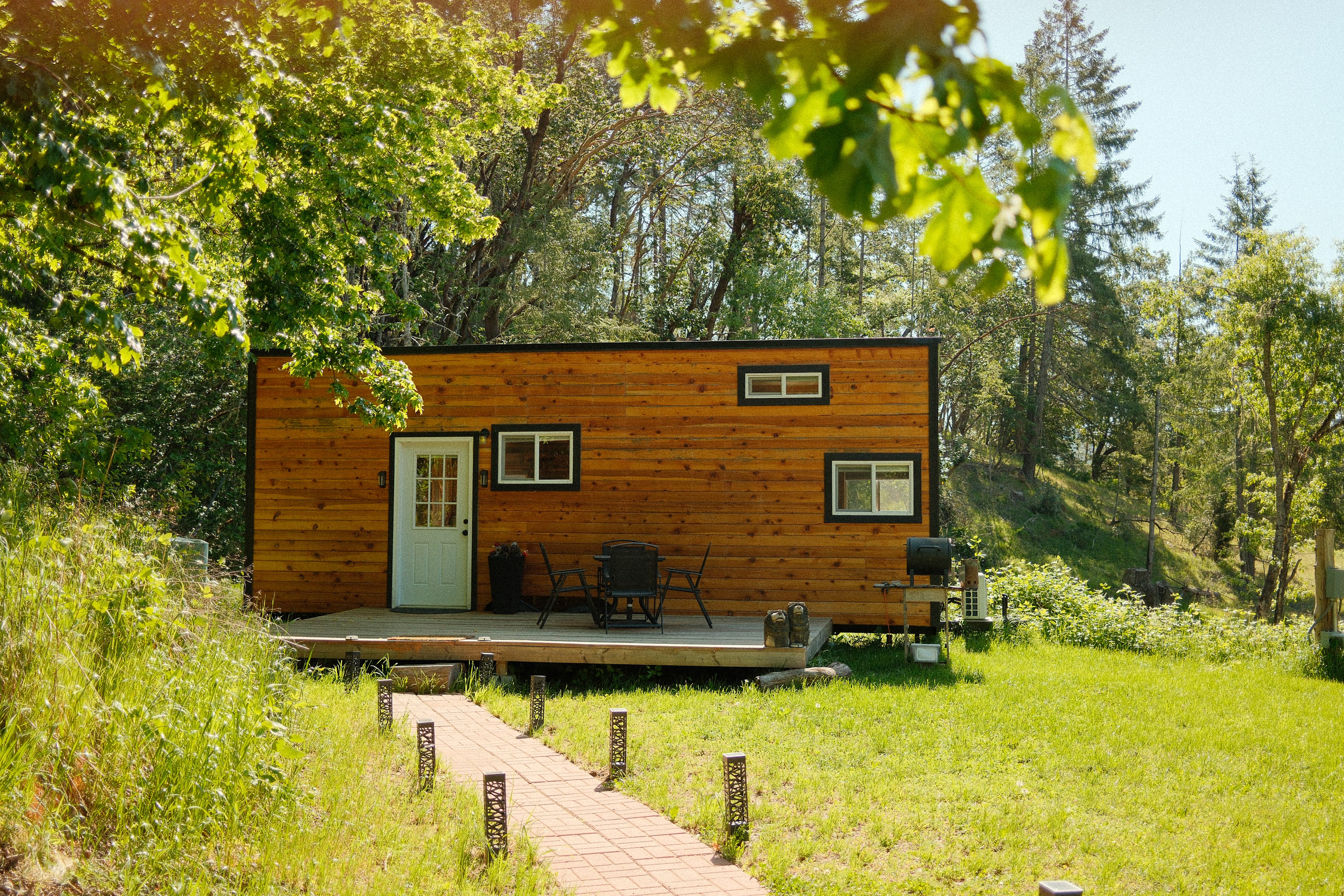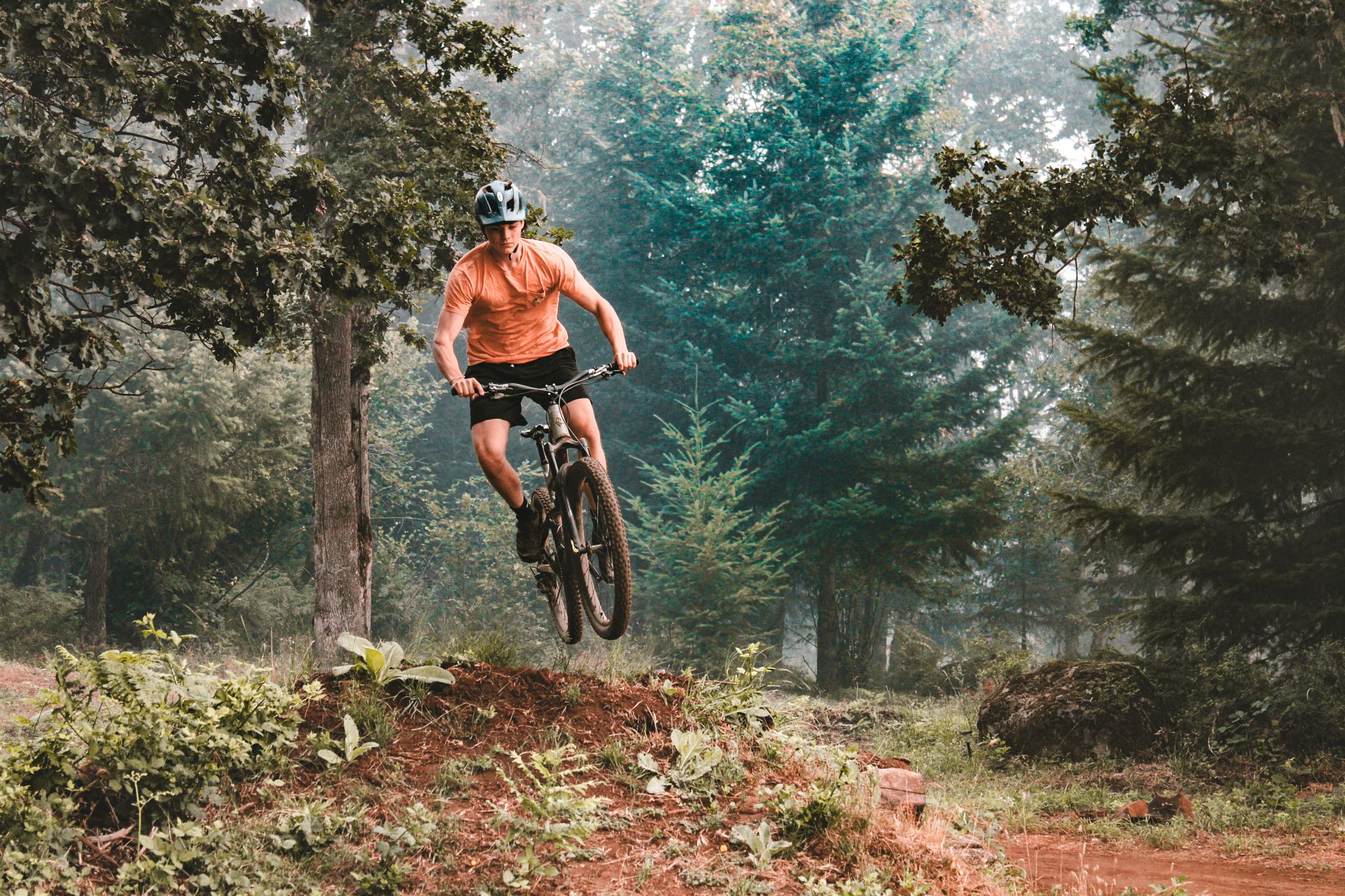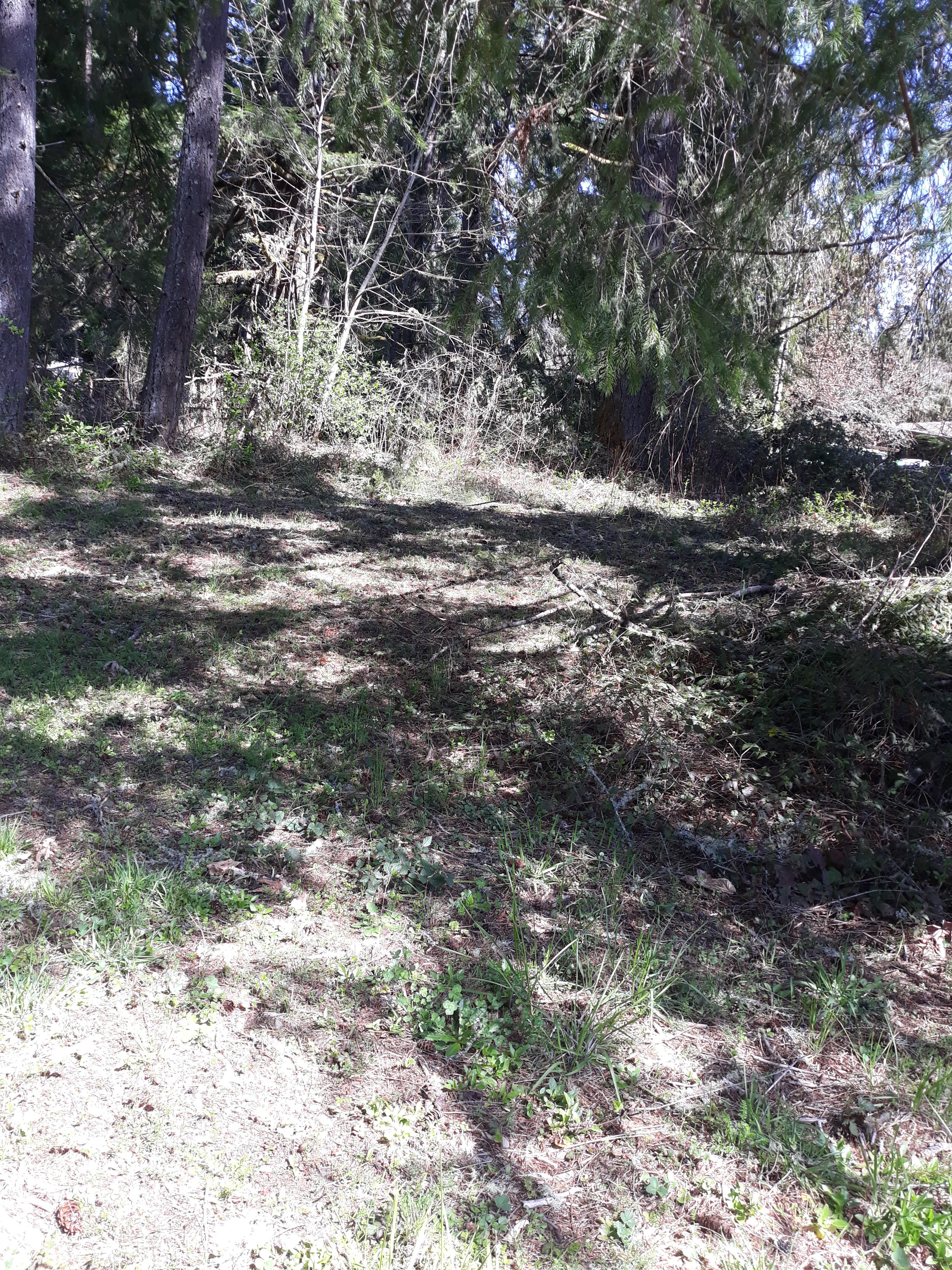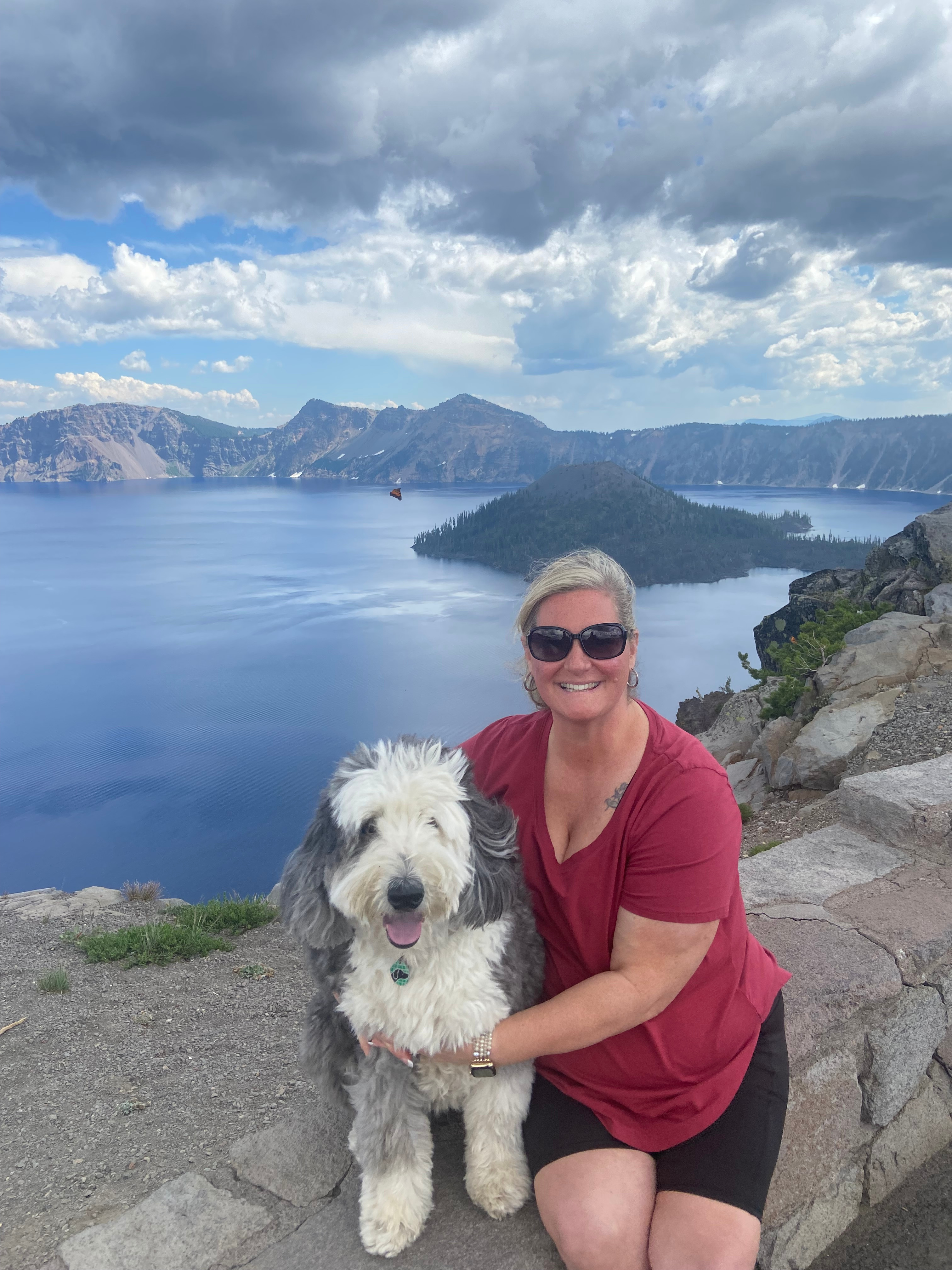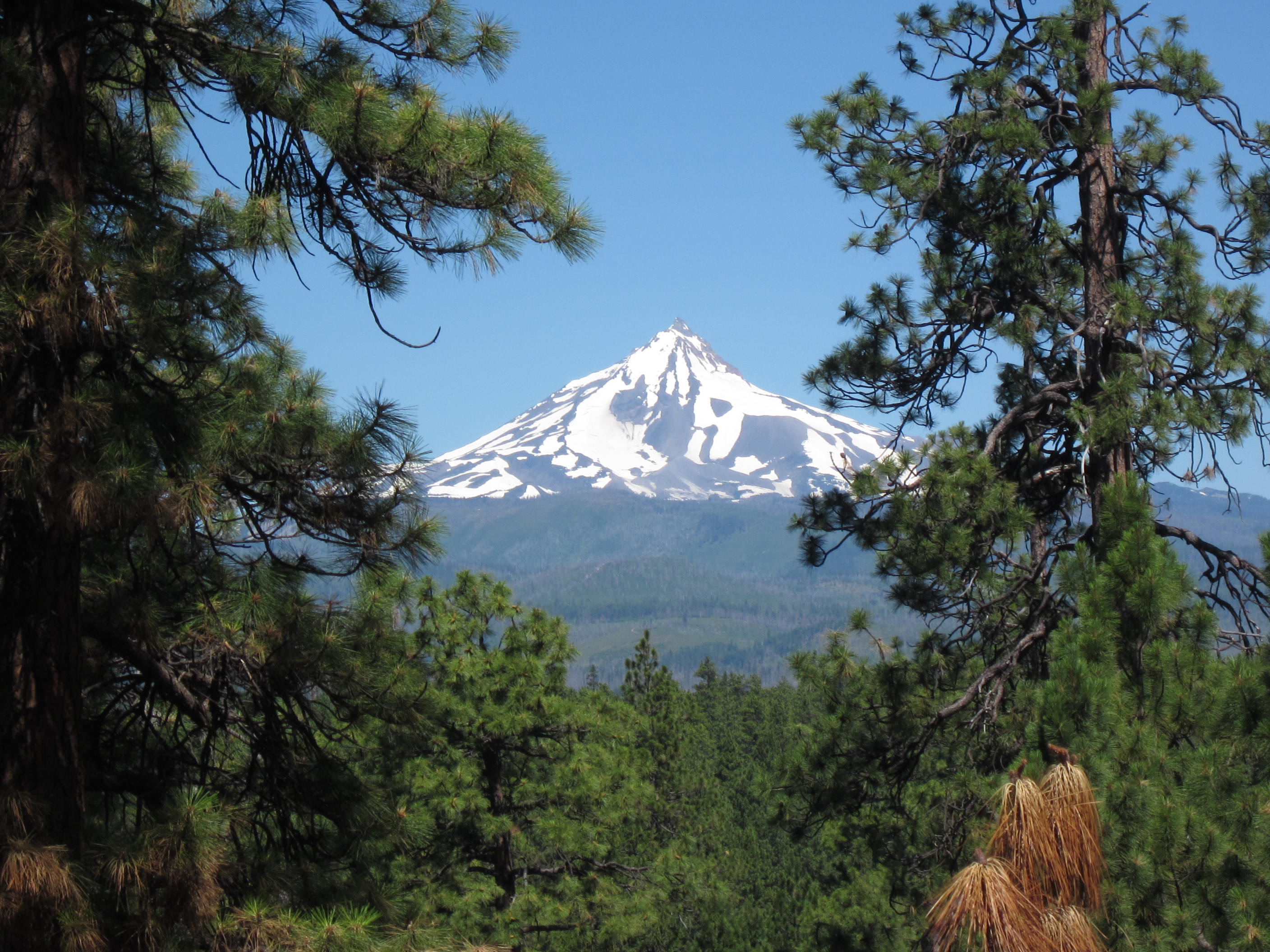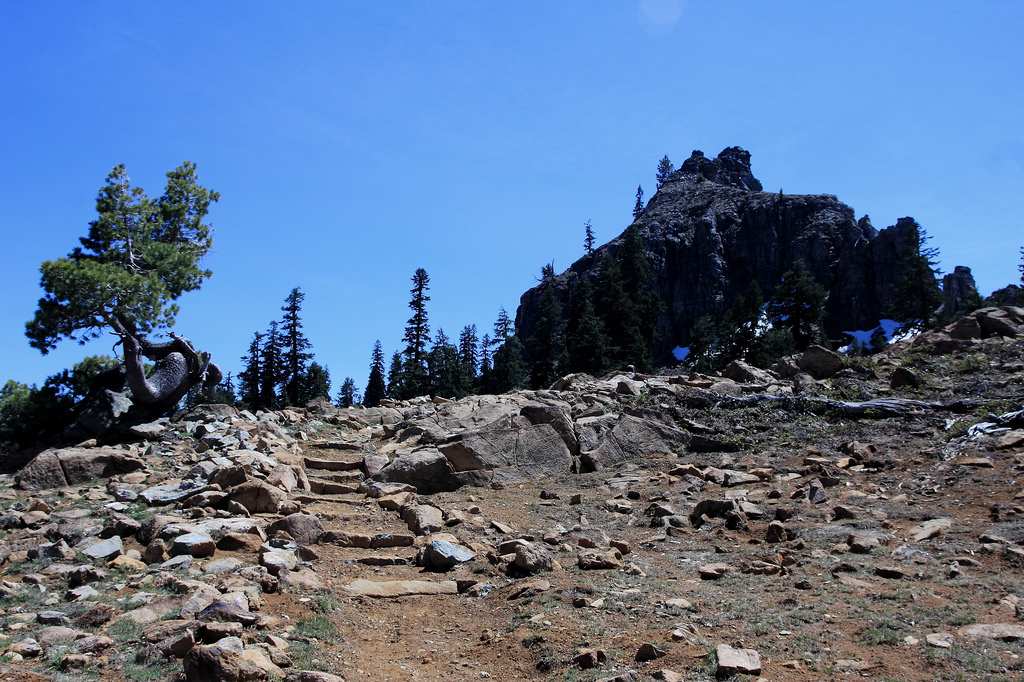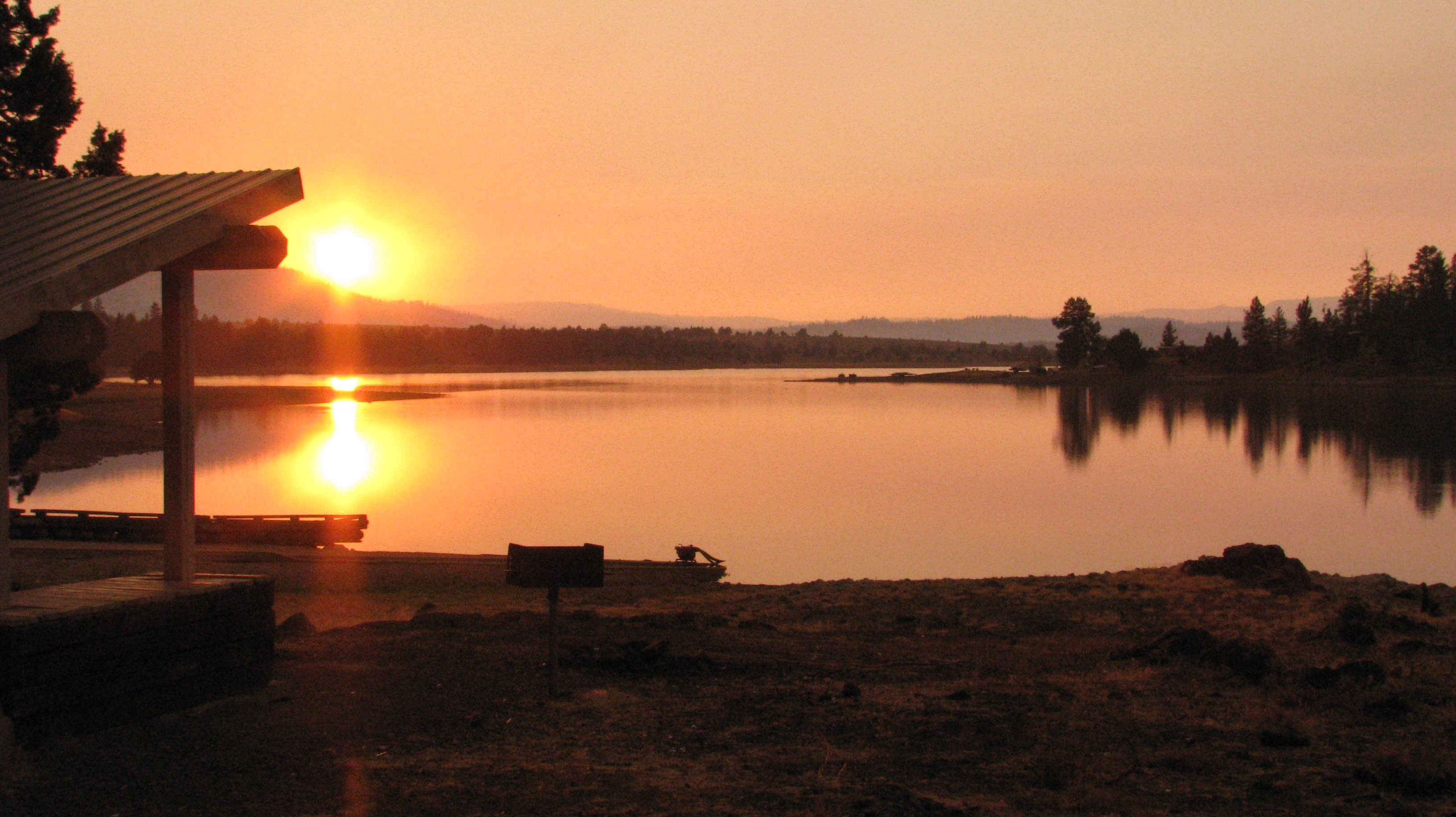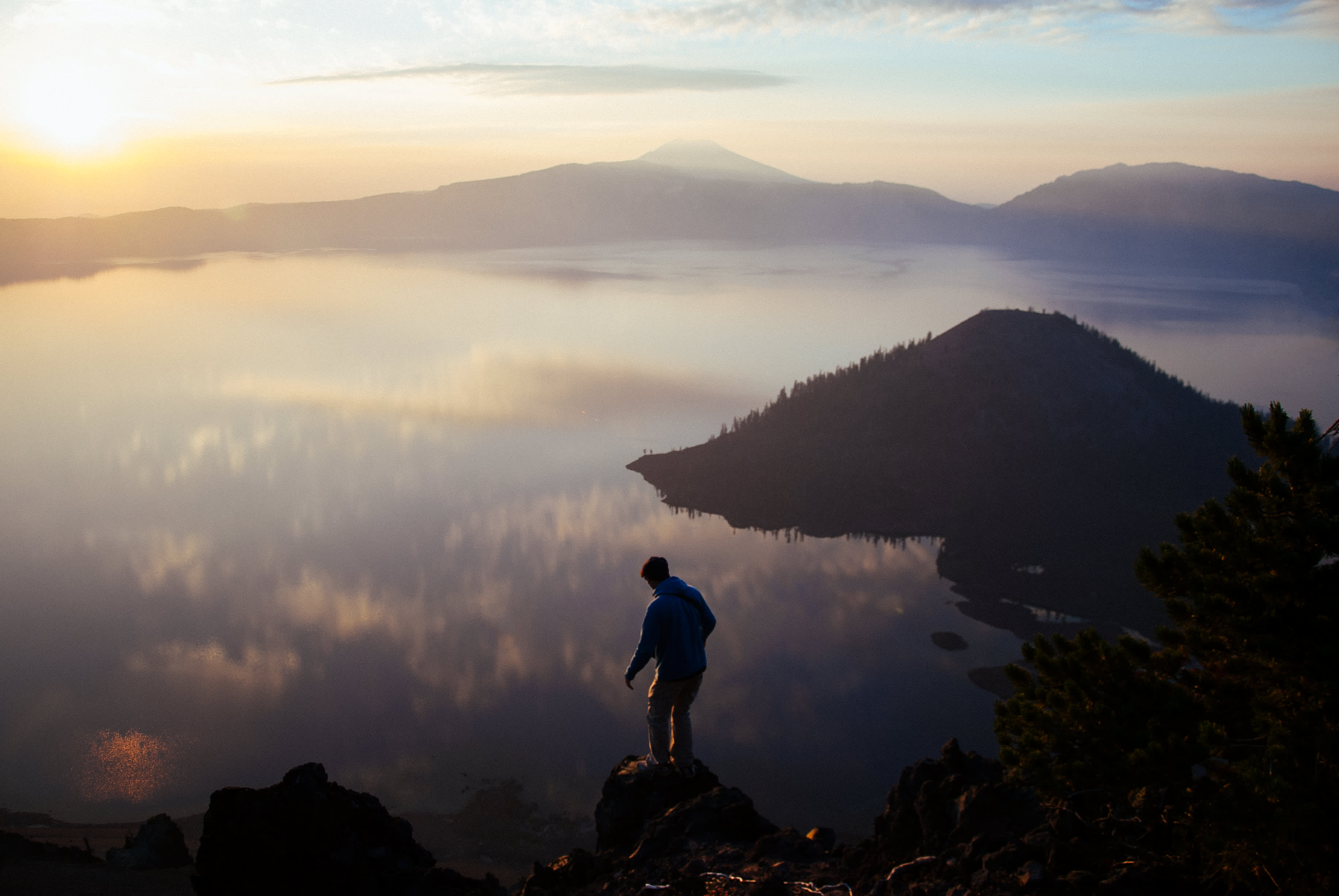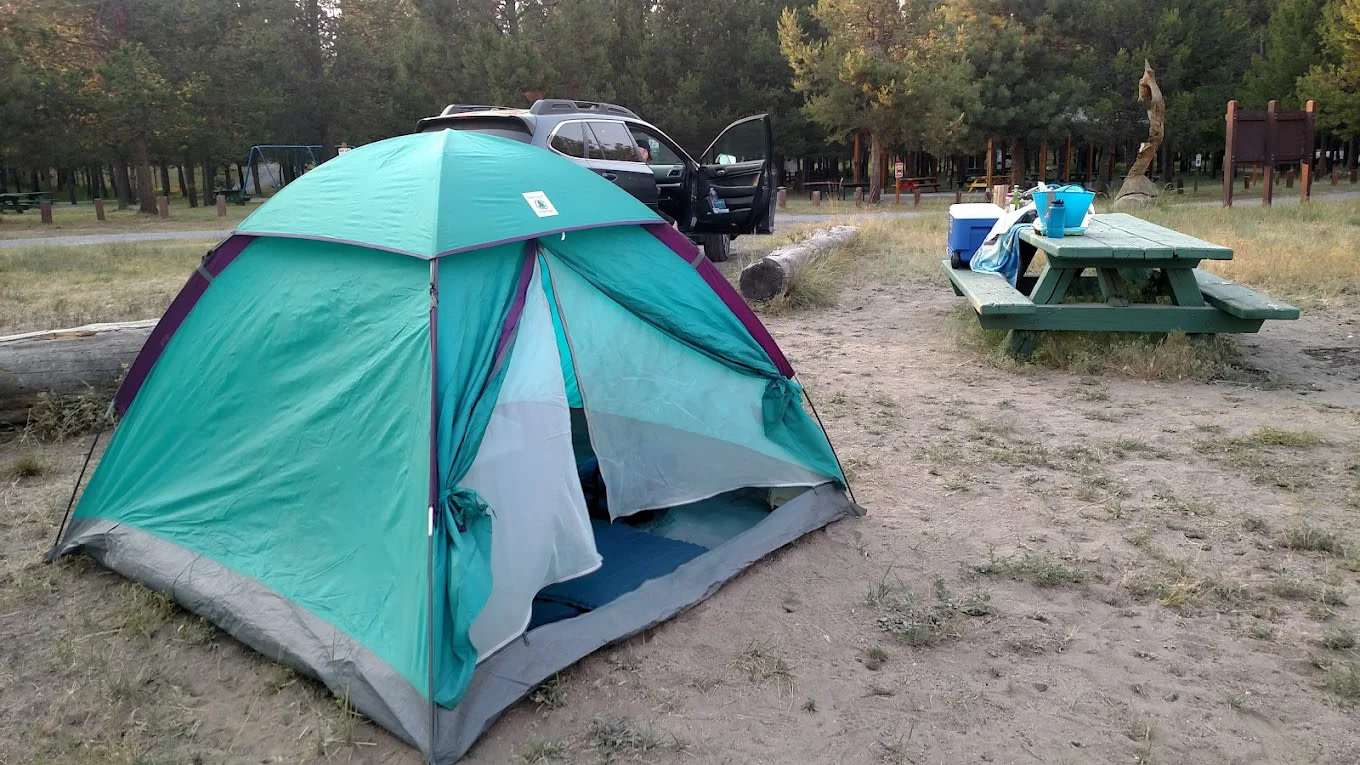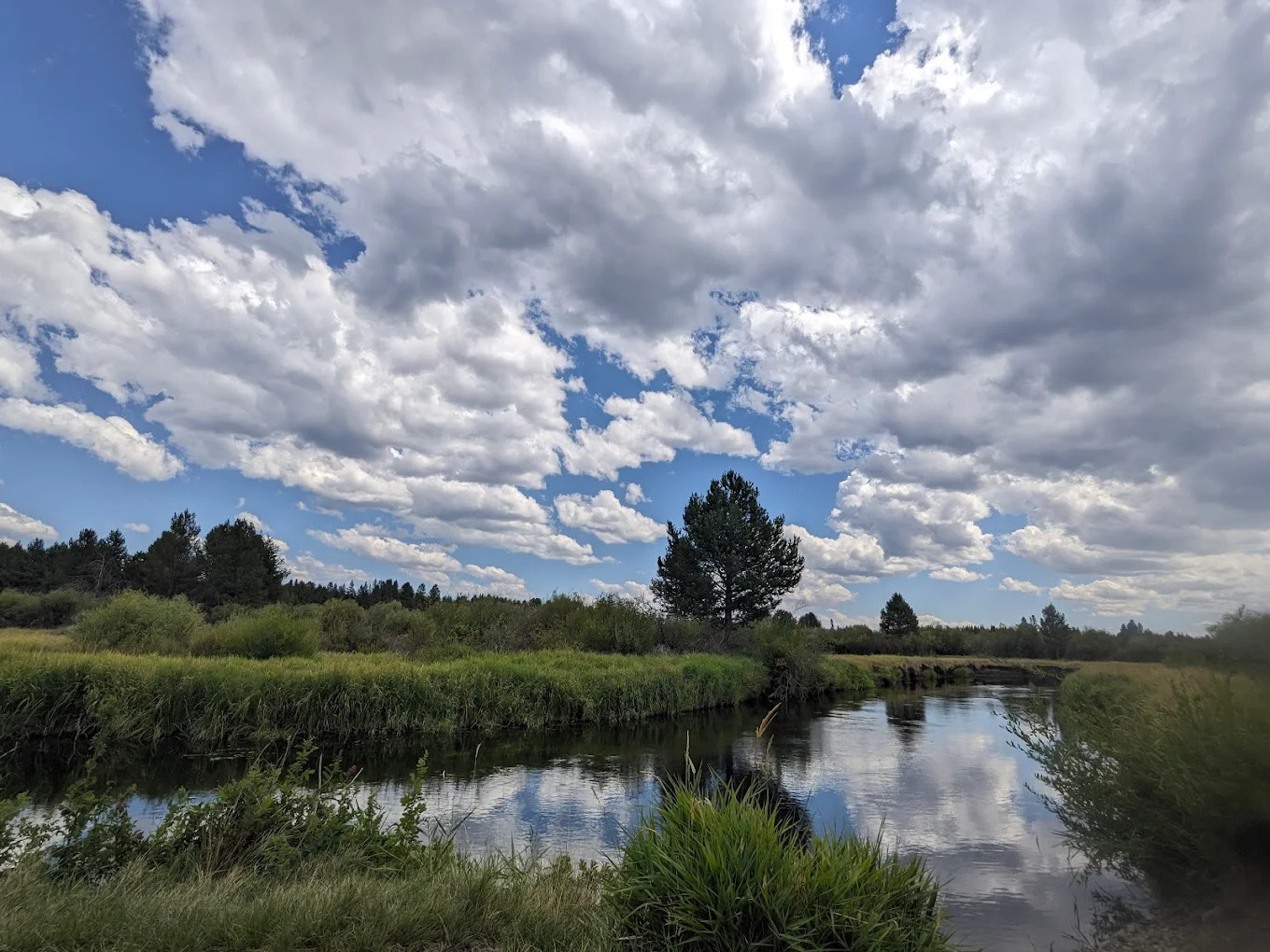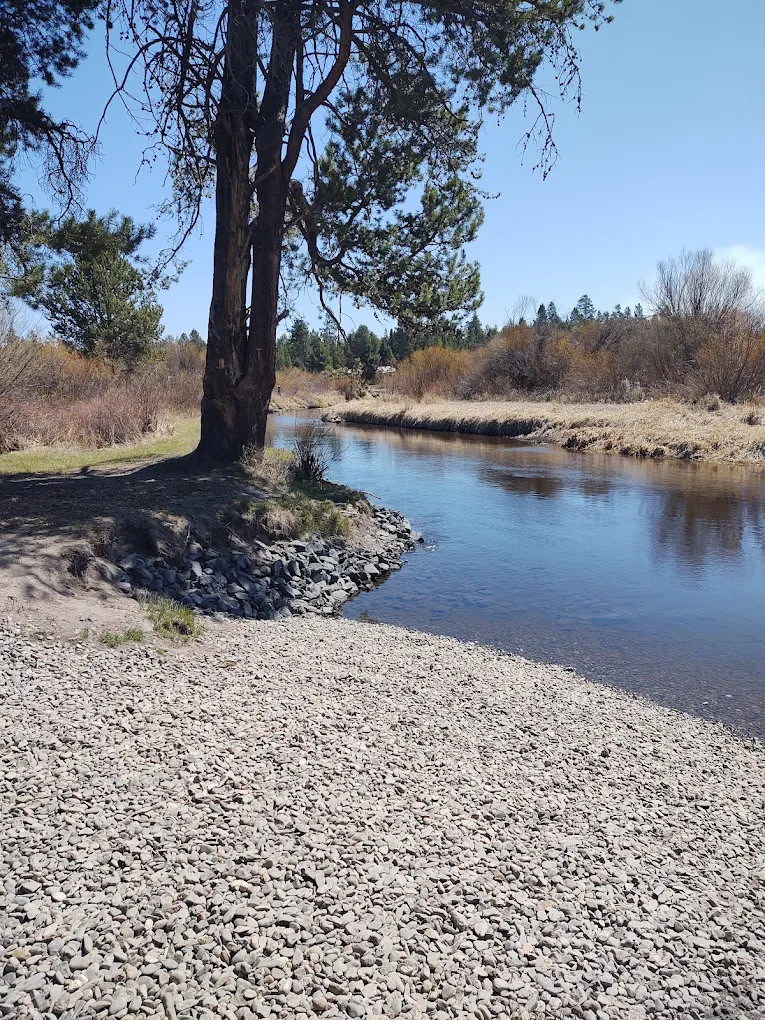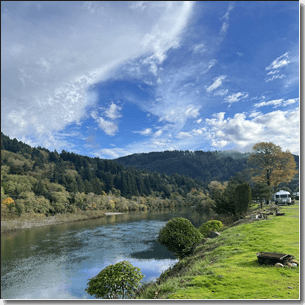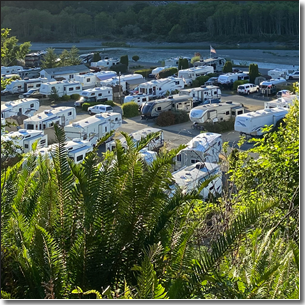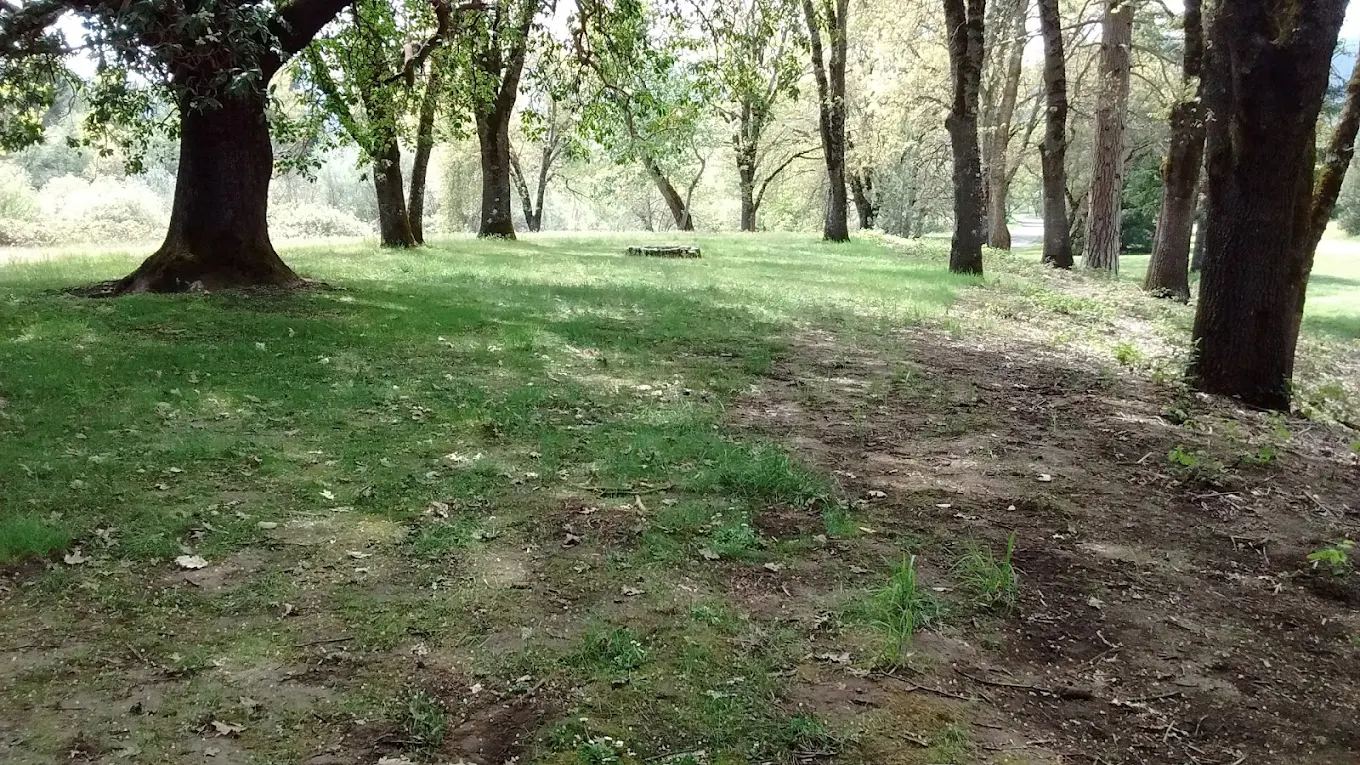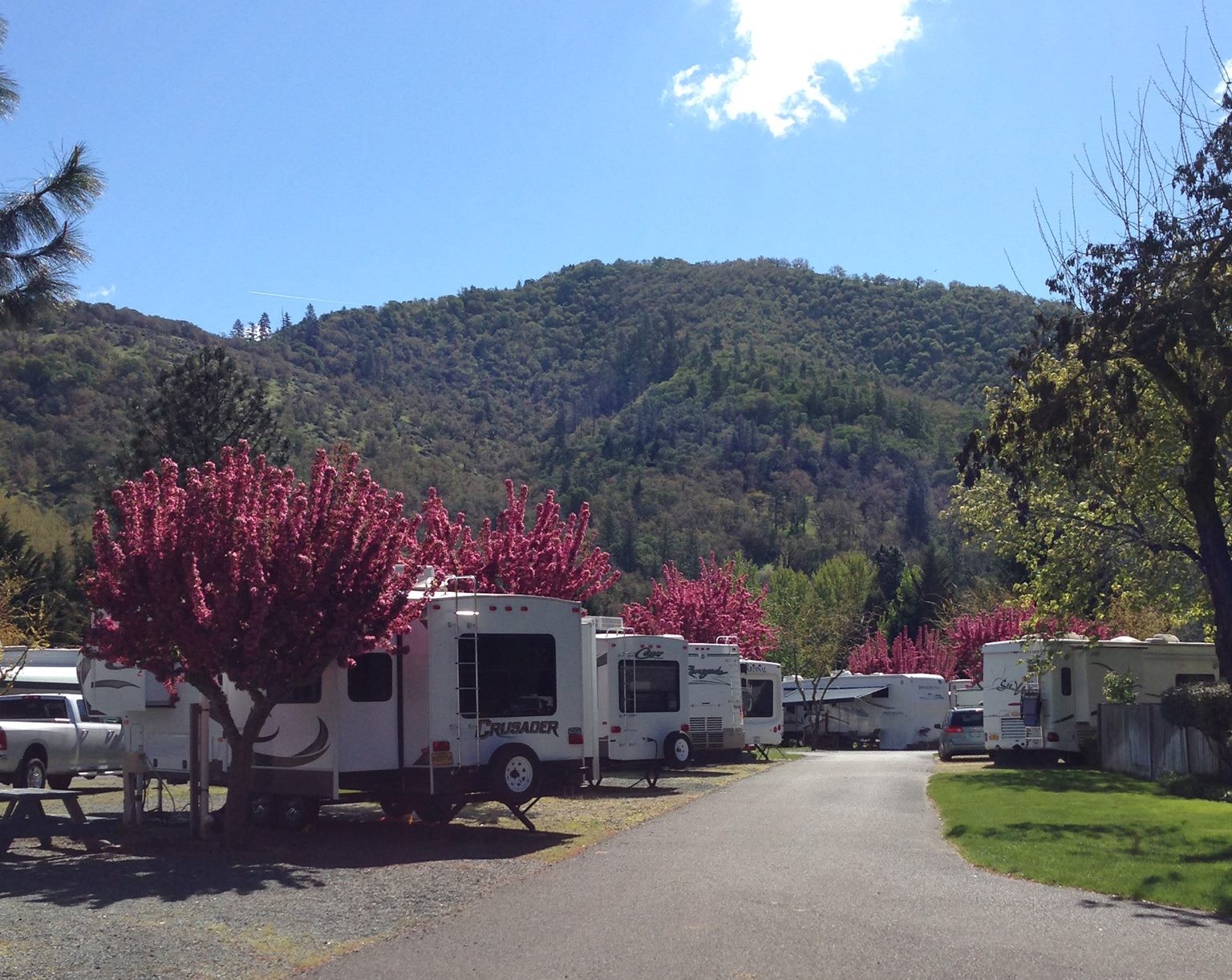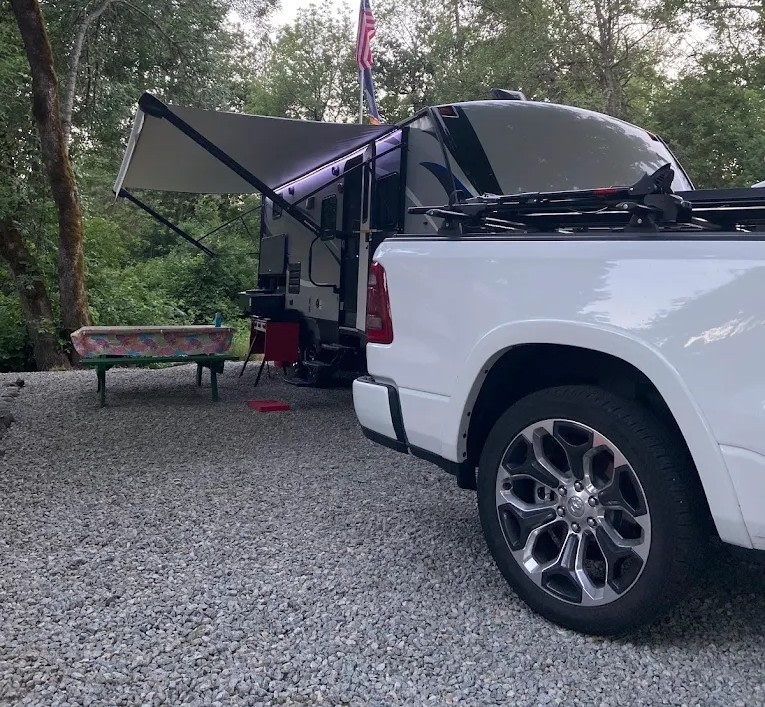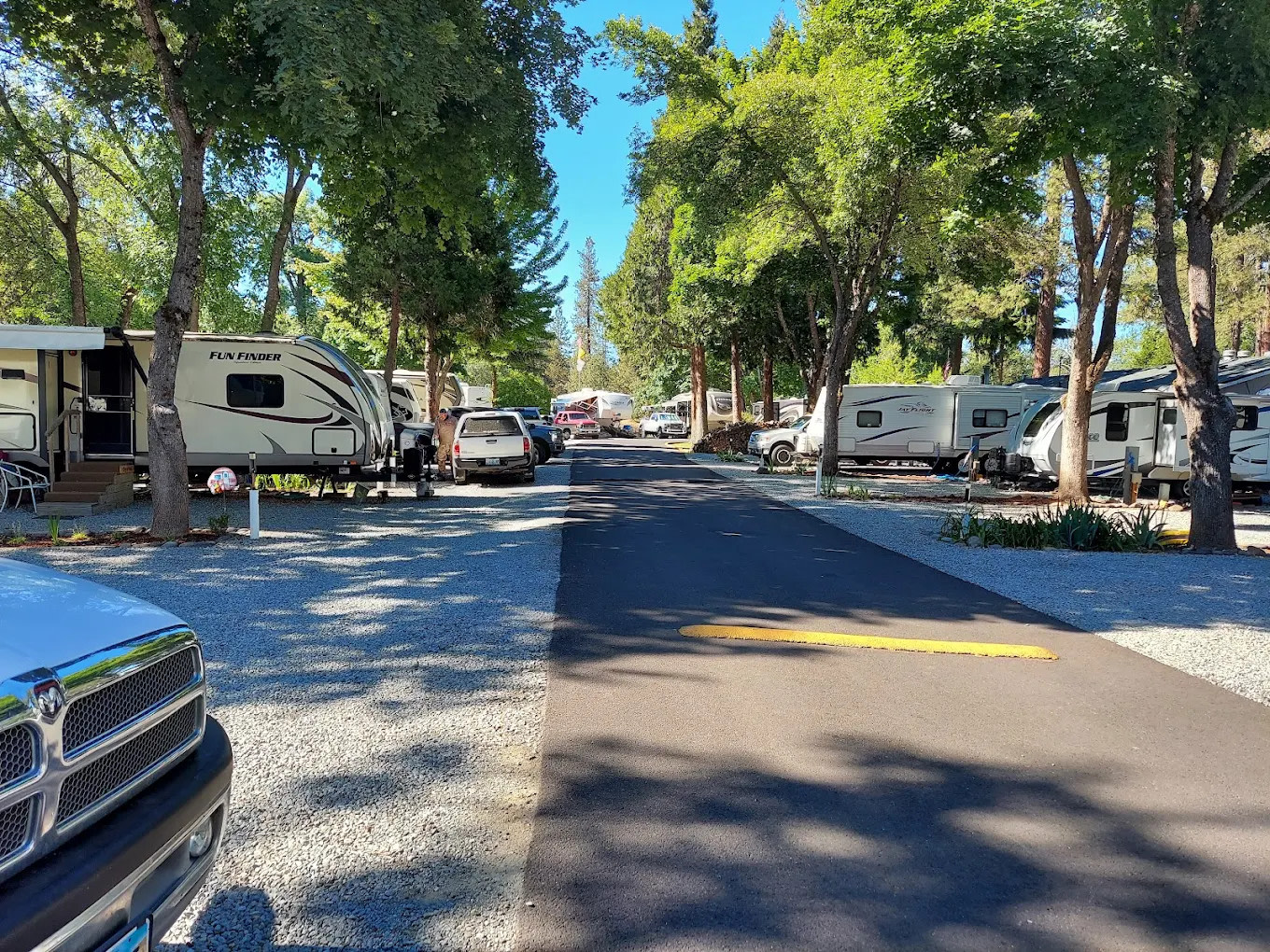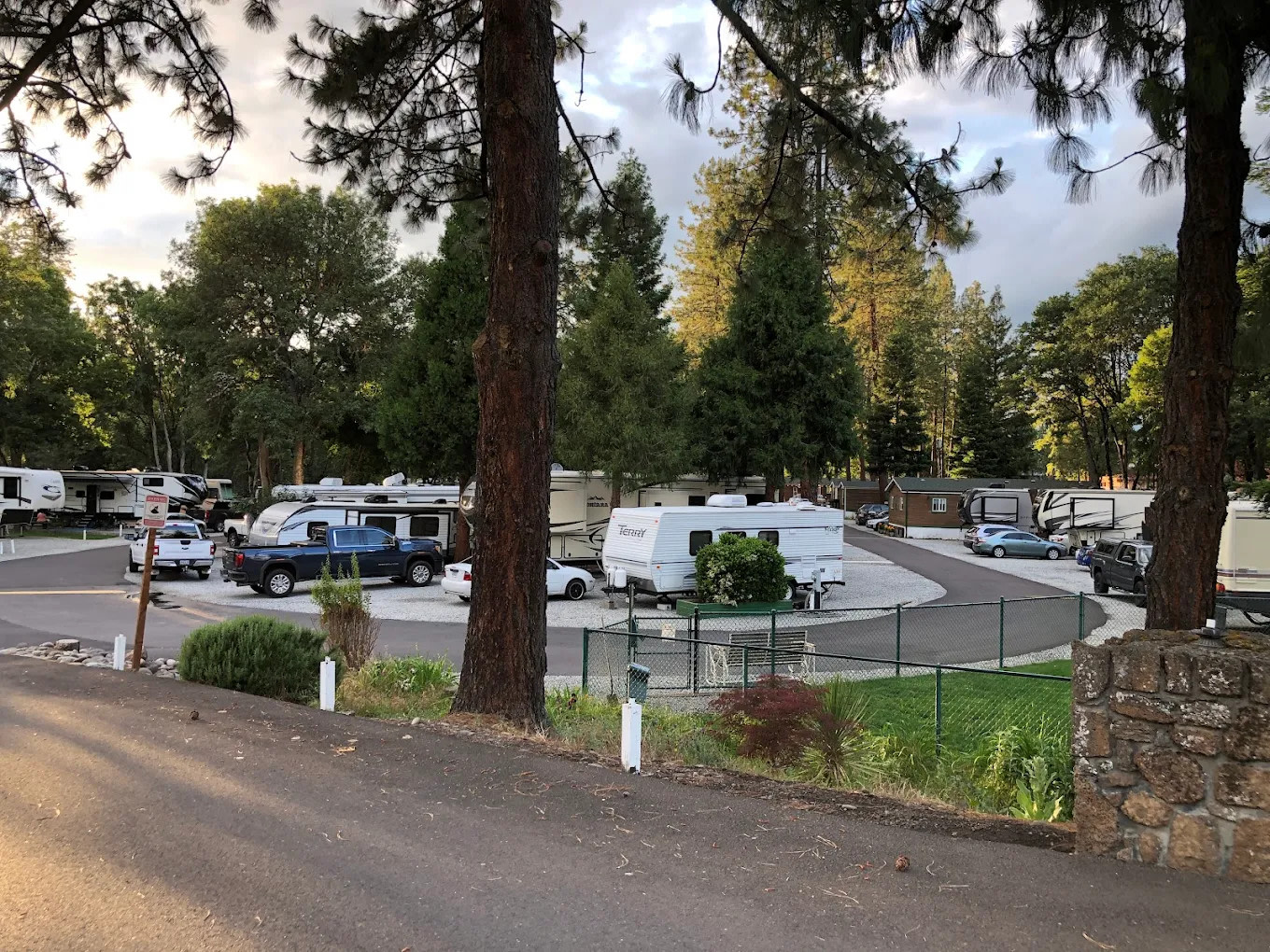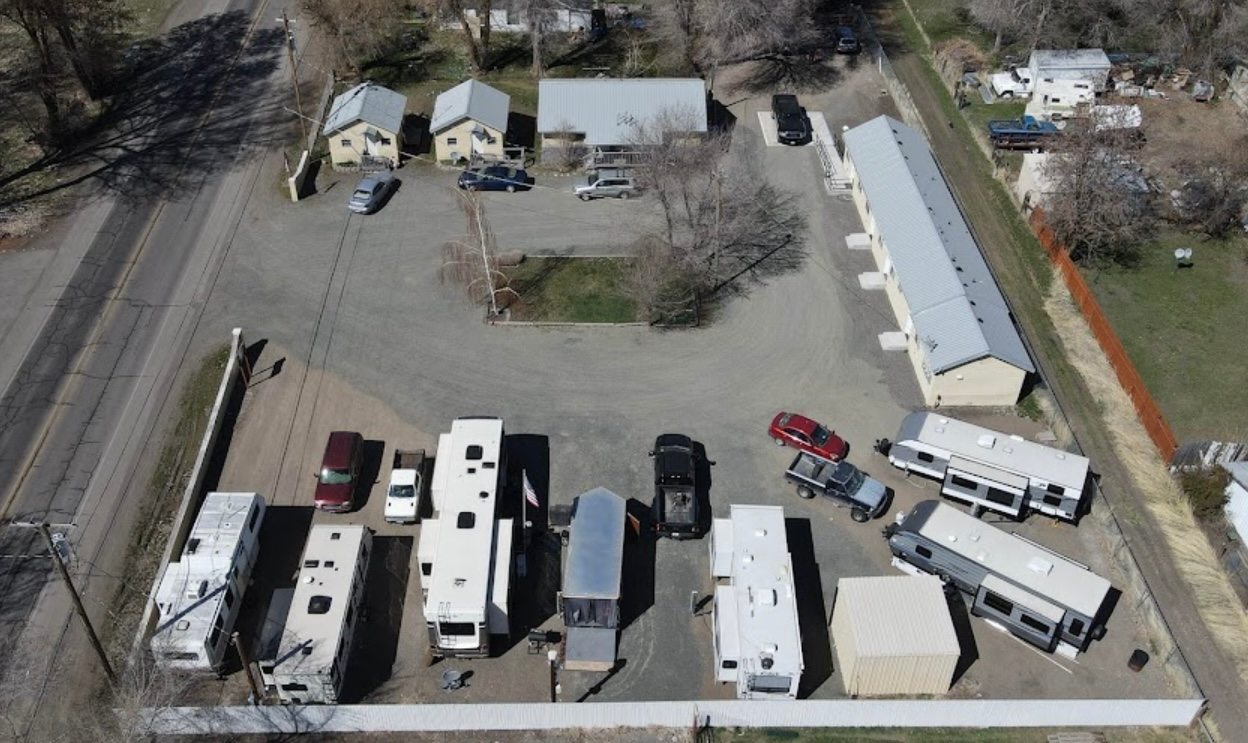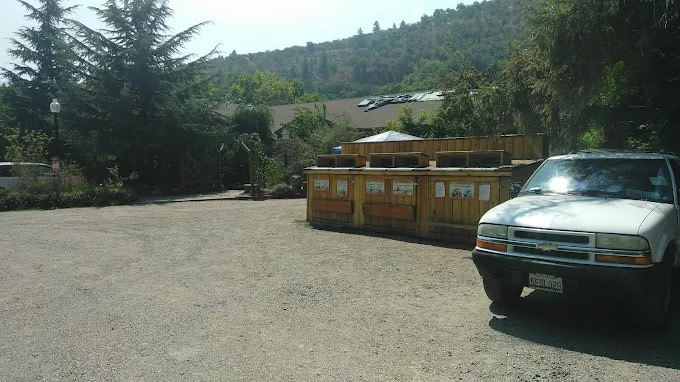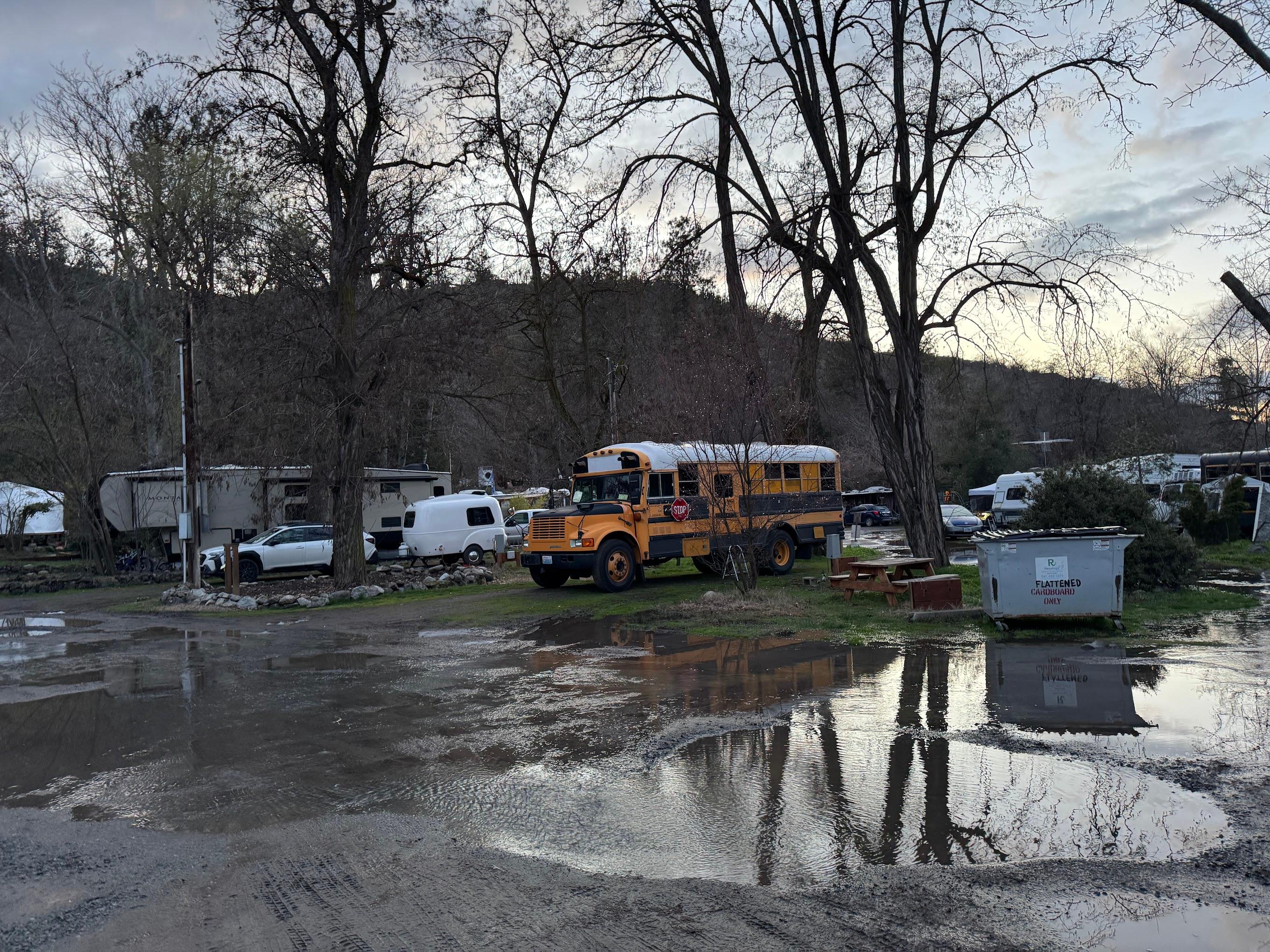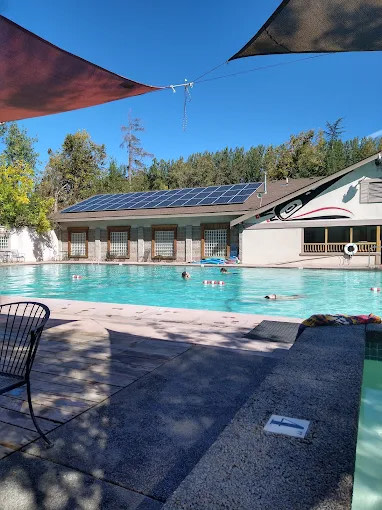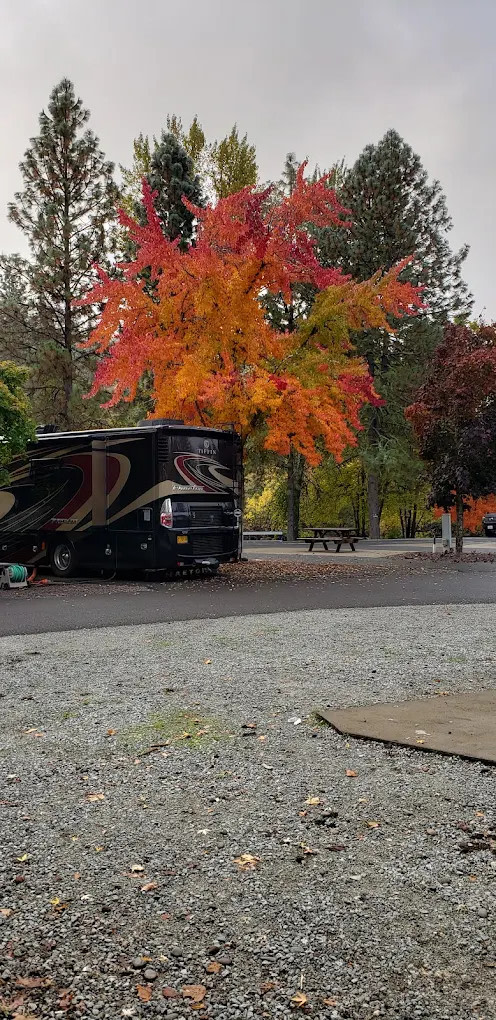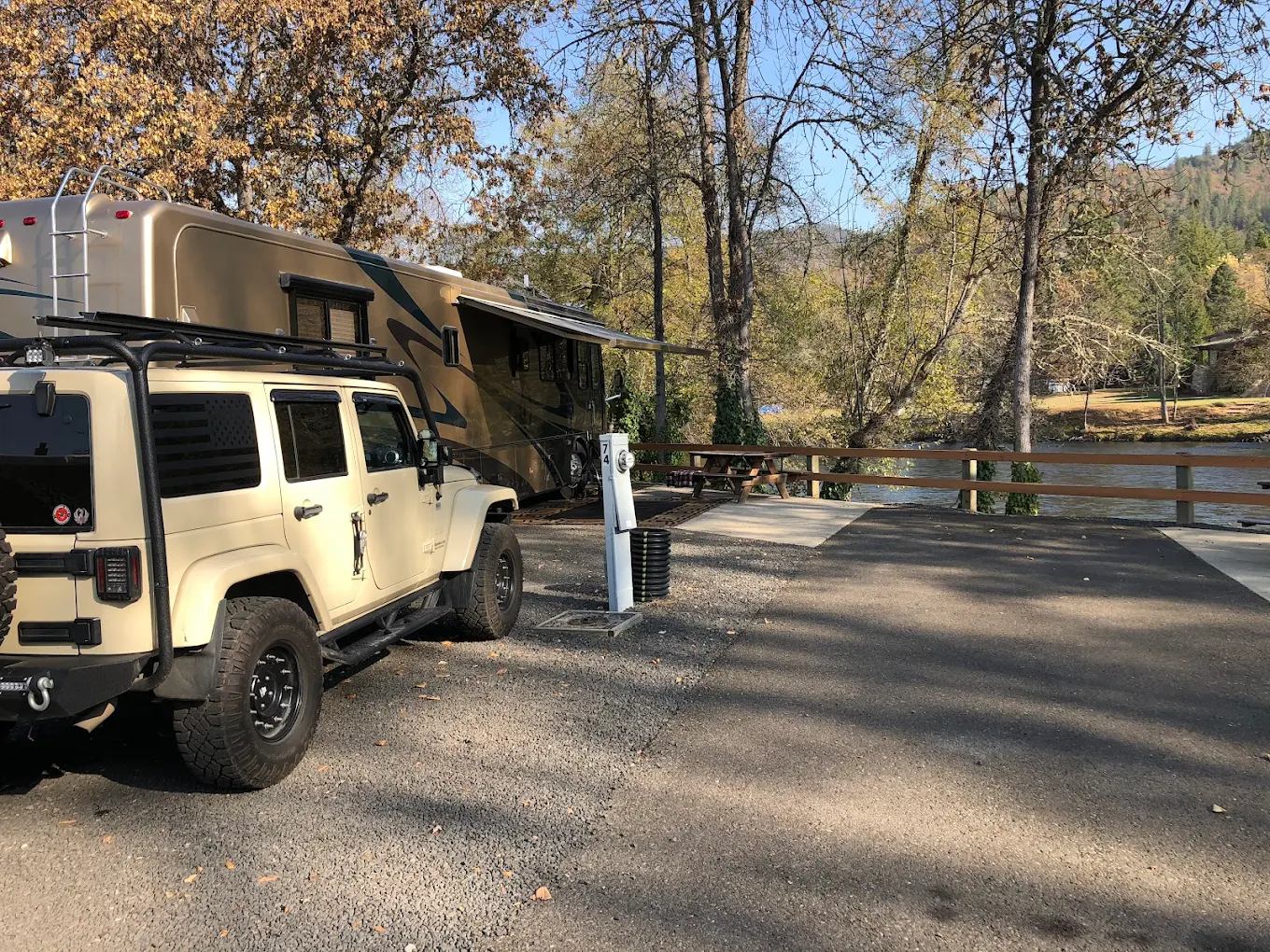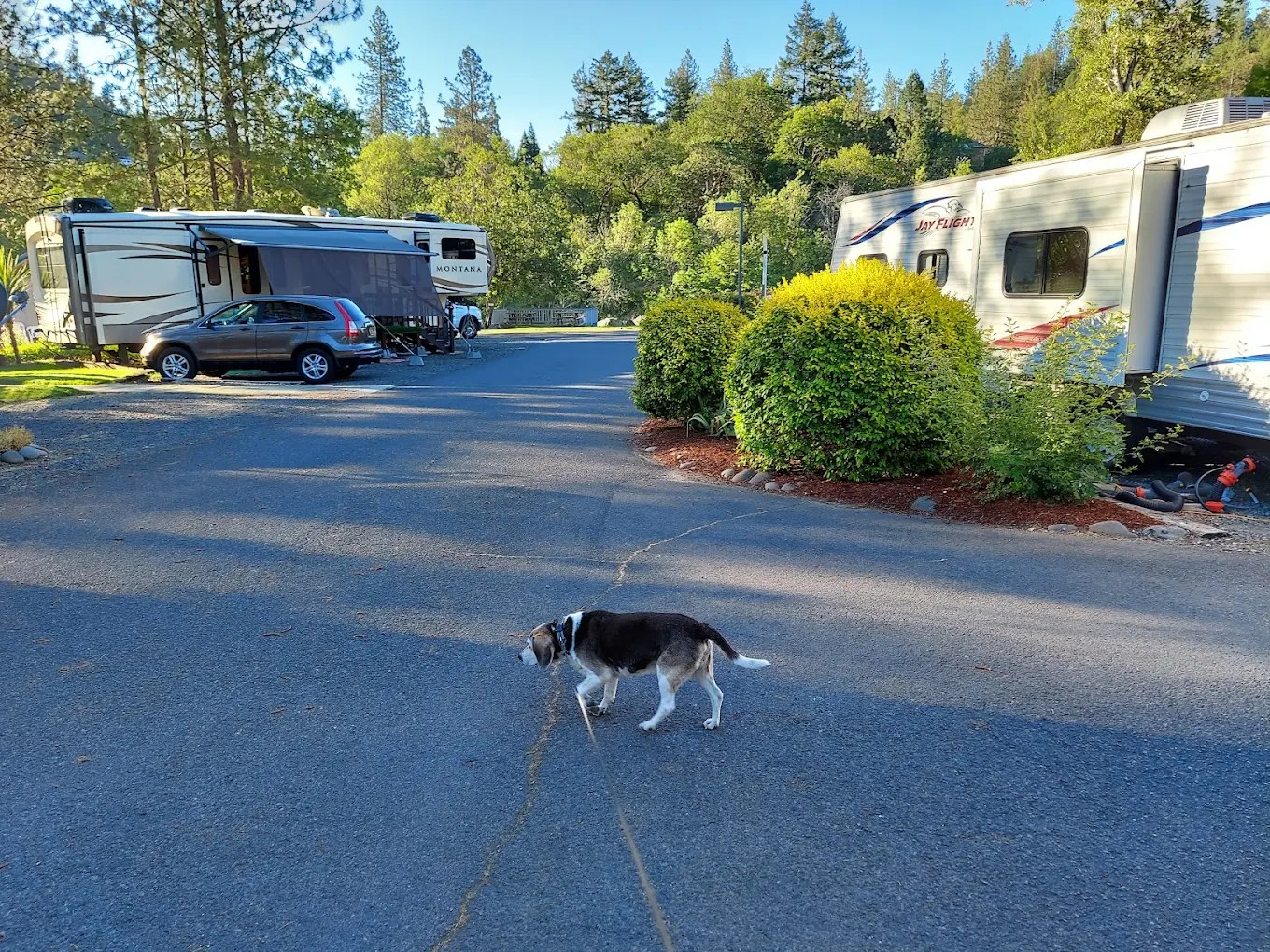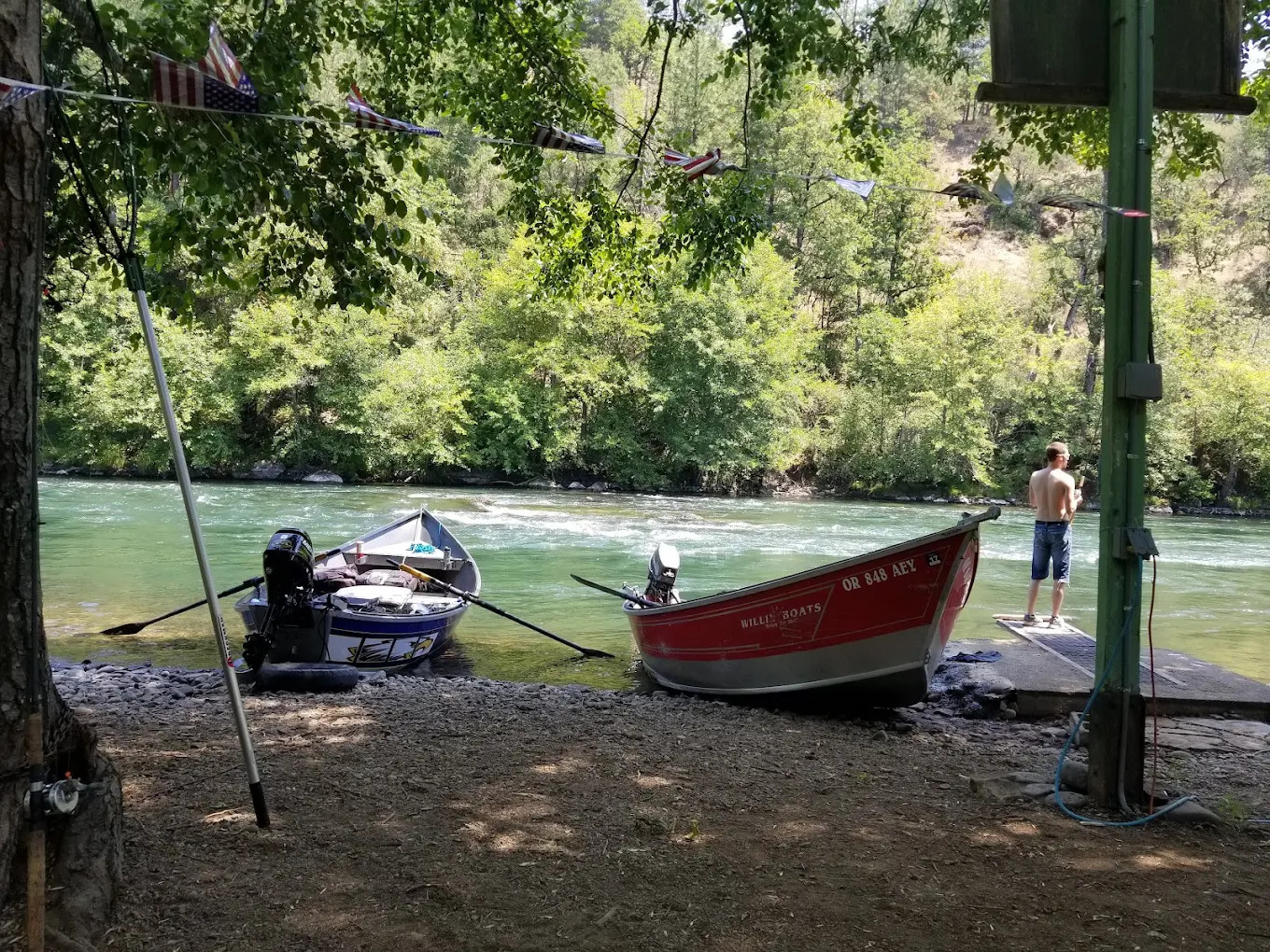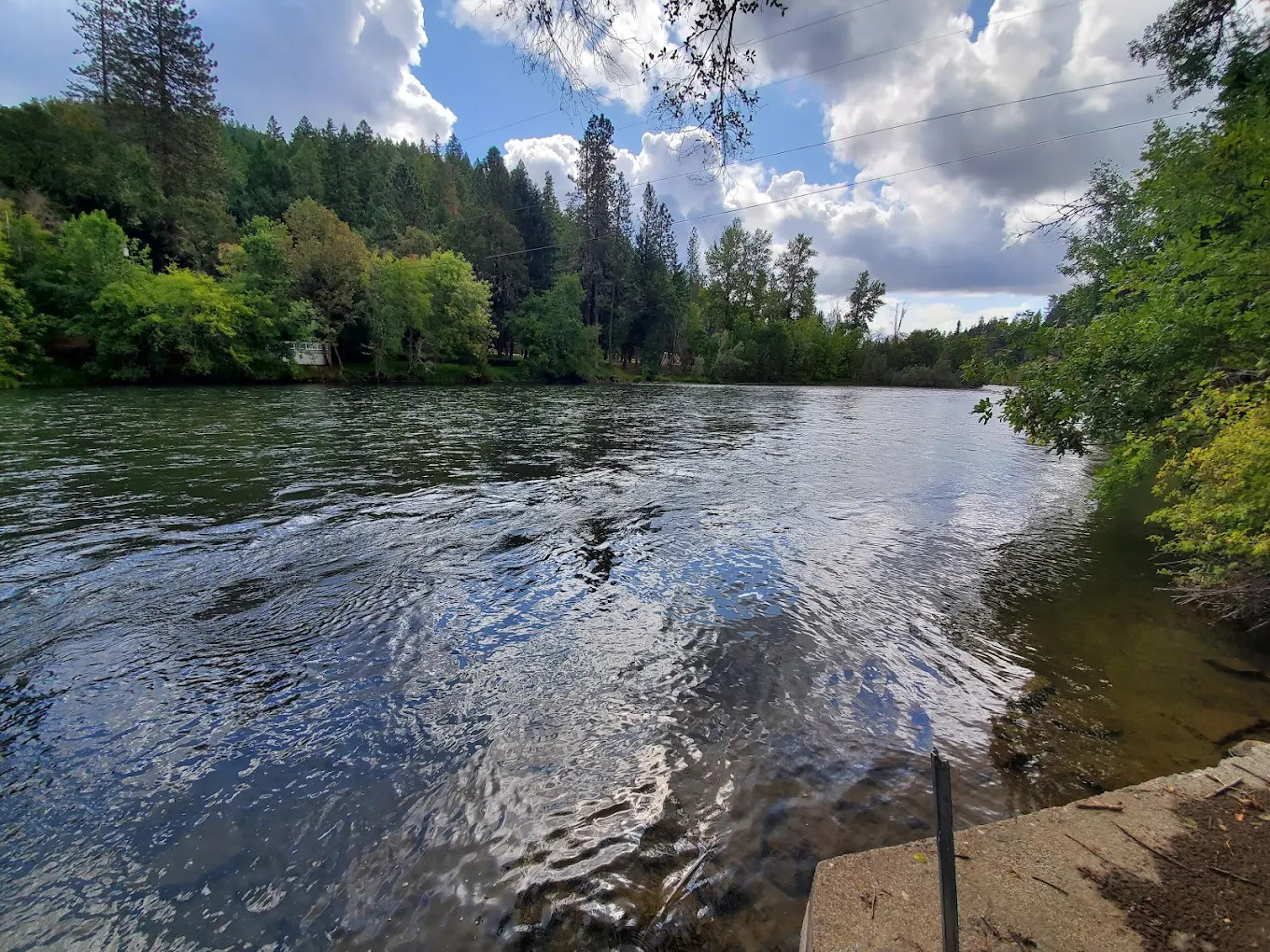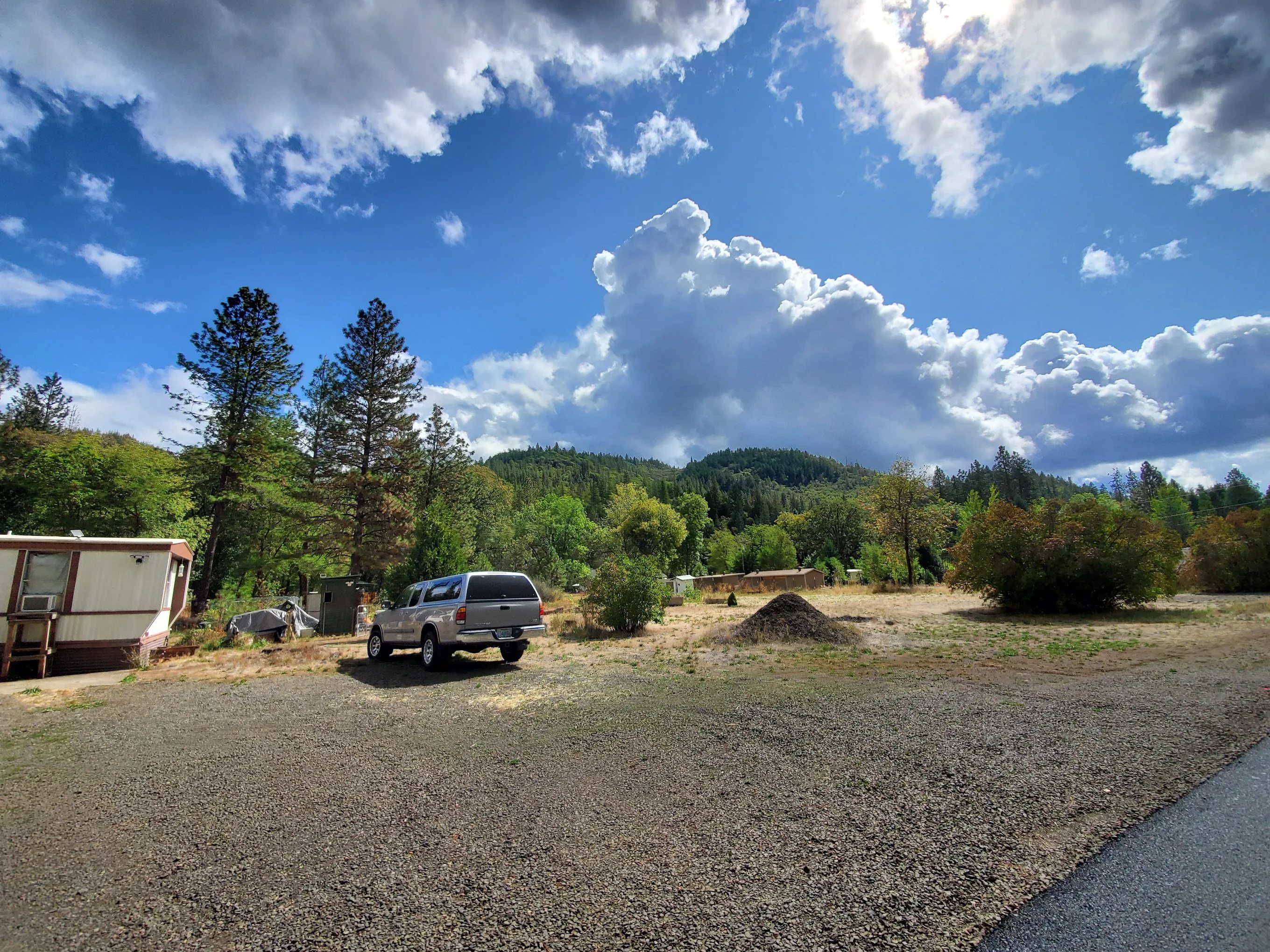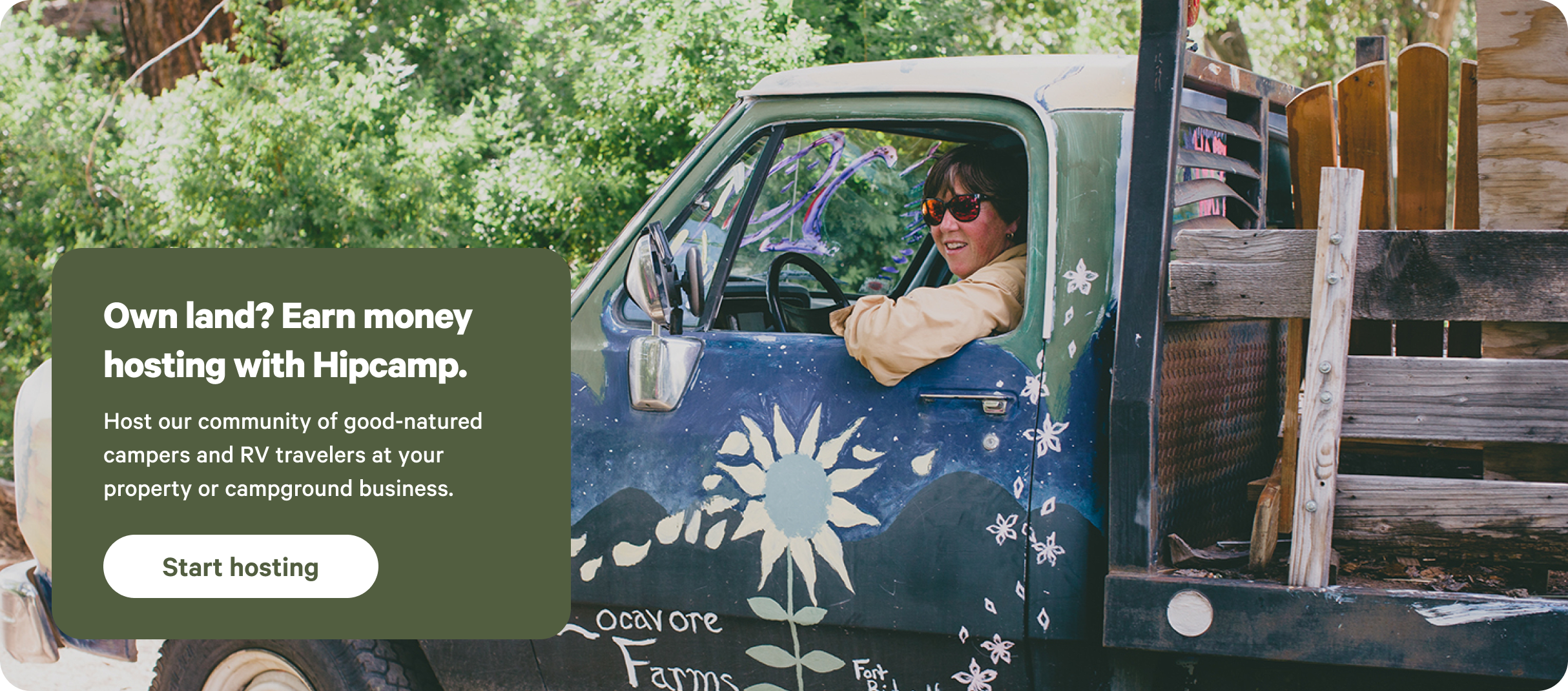95% (2.5K)
Top-rated campgrounds near Southern Oregon
95% (2.5K)
Top-rated campgrounds near Southern Oregon
Camper favorites in and near Southern Oregon
Top-rated campgrounds reviewed by the Hipcamp community.
Public campgrounds in and near Southern Oregon
Recent reviews from the Hipcamp community
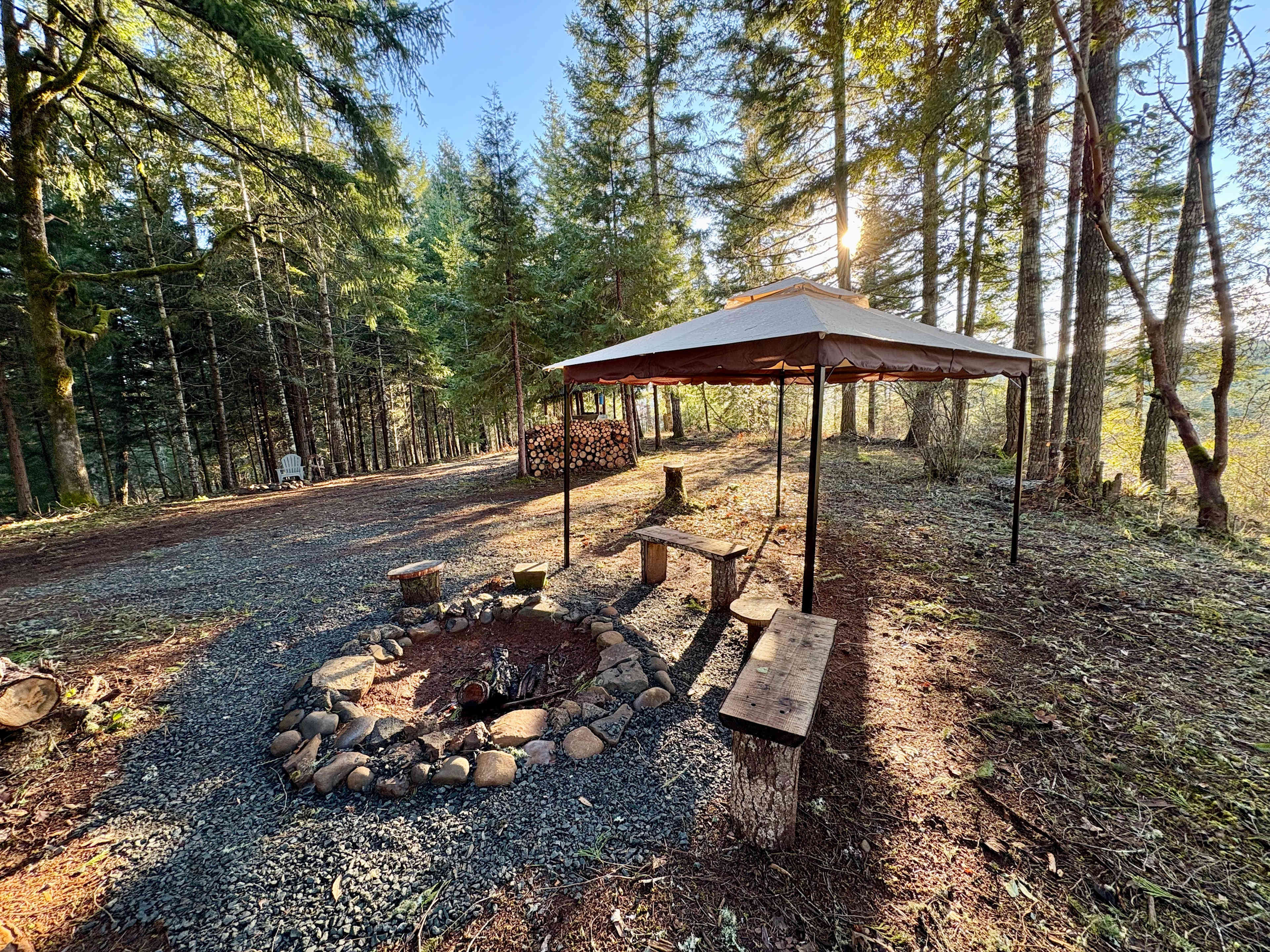
B
Brittany
1 week ago
Tent
This spot was very charming and relaxing. A beautiful and private spot with all of the amenities. The outdoor shower is so cool. The hostCarly is very helpful and accommodating. Will be booking again.
See more
M
Maia
2 weeks ago
Tent
Hi Carly. We had an absolutely amazing time! Your place is so quiet and beautiful. We set the tent up underneath the canopy and it was wonderful. The rain wasn't too much with that extra protection. All the stumps and benches around the fire pit are fantastic for cooking on with my little backpacking stove. And the trailer plug was perfect; the electric car was fully charged in the morning! Next time we are driving south to visit my parents in California, I hope we can stay at your place!
See more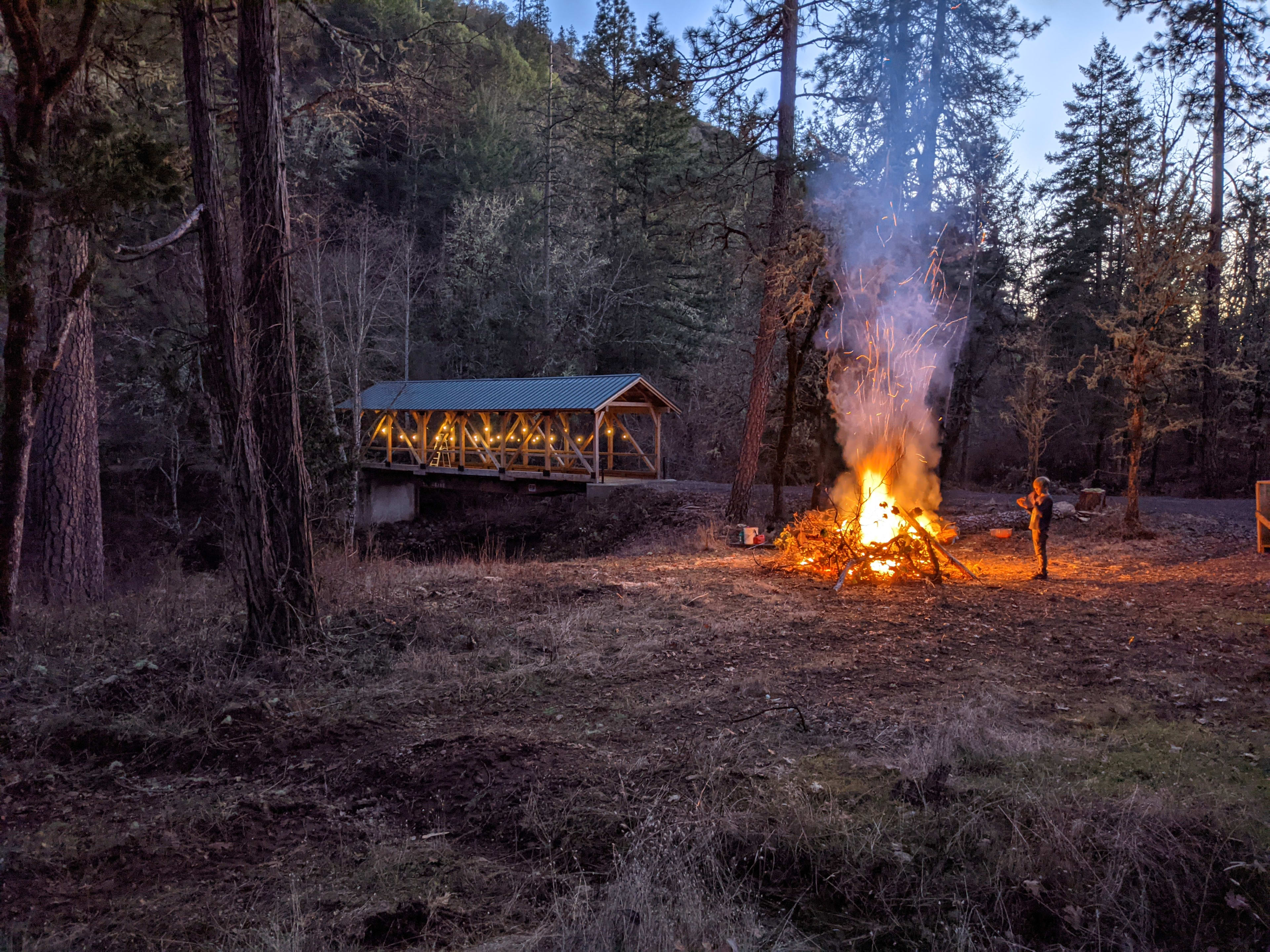
Justin
3 weeks ago
21 ft campervan
With pets
It was conveniently located just off I5 as stated by others. We had a quiet & peaceful night and morning. There is a nice little walking path that my dog appreciated. The bridge lights weren't on which kinda bummed me out as I would have liked to see it lit up, but I was glad they were off as soon as we settled in. Shower was disconnected for winter, but I love the idea and want to borrow it on my own property! I didn't use the firepit, but it would be nice for a group. The campsite isn't totally level and is down a steepish hill. If there was a lot of snow I might be concerned about getting out. All in all we had a great 1 night stay and it was exactly what we hoped for when booking.
See more
R
Robert
3 weeks ago
1 night at Umpqua's Last Resort
Great place. I used the cabin to stay warm in the cold November time. Amazing host - explained and had an excellent map to catch all the waterfalls and mile markers. The site is great - extremely close to bathrooms and shower which are super warm inside and water. Small little cabin for the night but has loads of extras. Microwave and little fridge as needed.
See more
Richard
3 weeks ago
Tent
I loved the sound of the creek and ran into a doe and two of her fawns in the morning. This will be even more beautiful during the summer. I went in the late autumn.
See more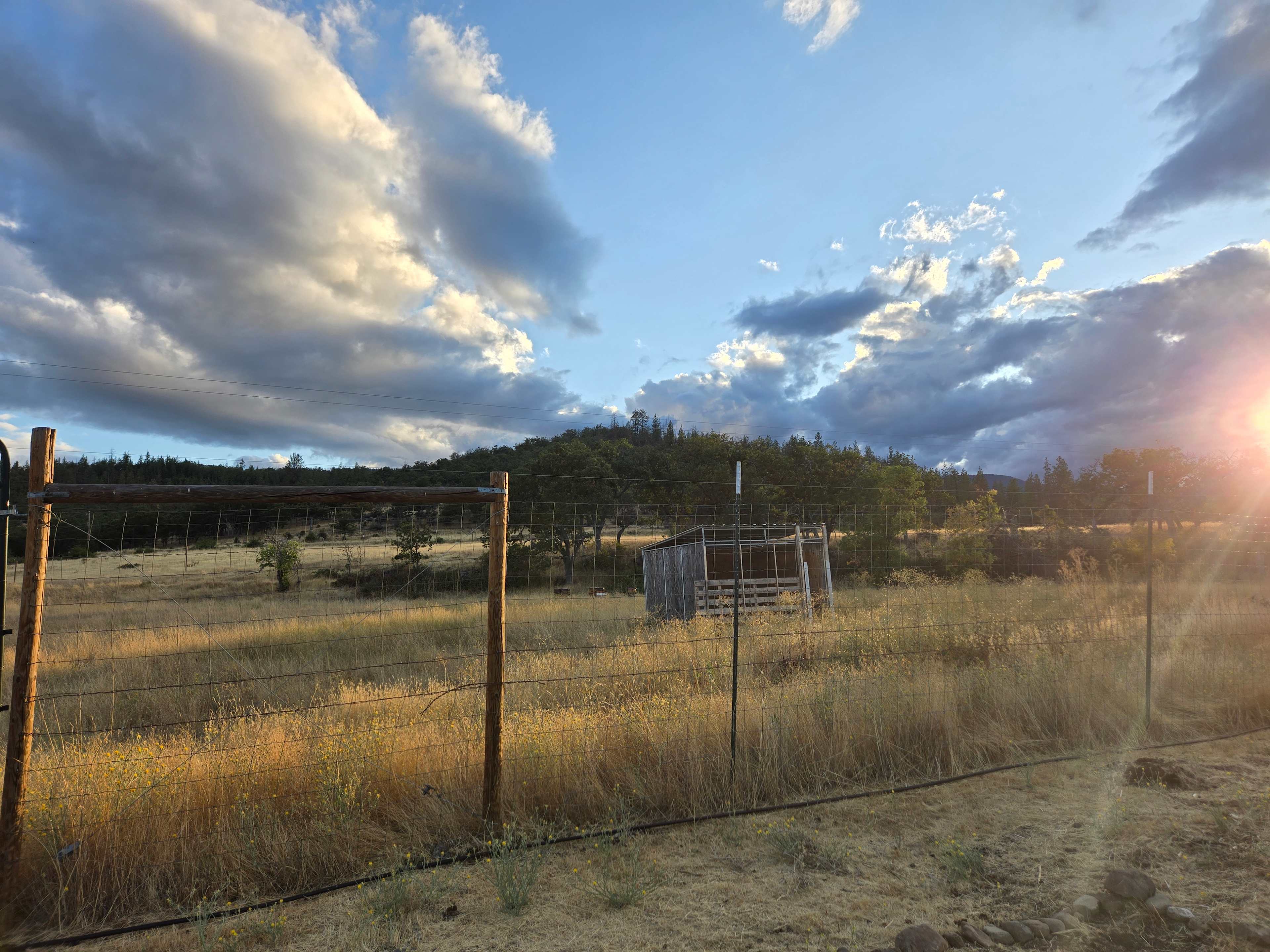
C
Cathy
3 weeks ago
16 ft car
This place was amazing! Hands Down the best HipCamp spot I’ve been to.
The Host were super cool and the events on the farm were awesome.
Soda Creek was close to town yet far enough away there was zero light pollution, the stars were shining bright!
I’d come back here again and again!
See more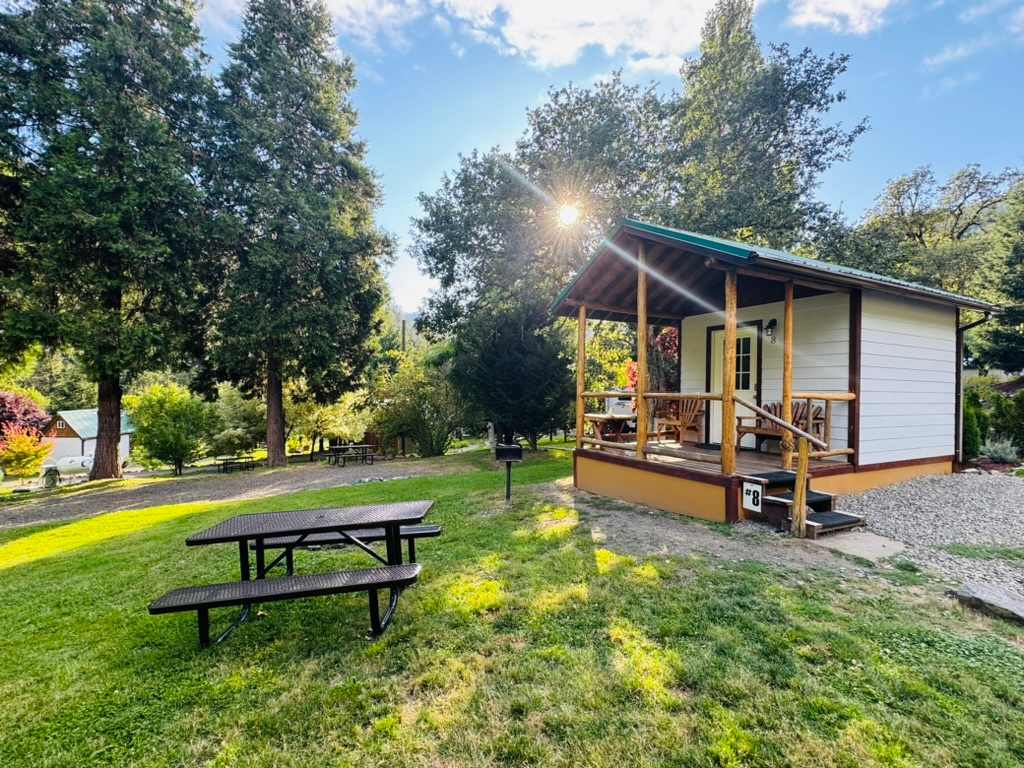
Matt
3 weeks ago
With pets
I have no notes - Umquilla's Last Resort checked all my boxes at every step: my dog and I loved it. Our cute mini-cabin had energy-efficient heat, microwave, and fridge allowing more food diversity than I usually get on my annual Thanksgiving trip. The bed was comfortable and as a single traveler with a dog: the bunk bed gave us a lot of extra room to stretch out.
The showers, restrooms, and dish washing area were spotless and warm. The staff was happy, kind, and showed visible support for LGTBQIA+ travelers.
My dog loved that we could hike in the national forest without getting in the car which conveniently could charge via the EV charging station in the campgrounds. I mostly explored between the campsite and I-5 due to there being a charger at the campground and dozens of options in Roseberg (or on my trip in via I-5 South a good high-speed charger in Sutherlin.)
Self-service paid internet access (24h, 72h, and 5 day options) provided suitable bandwidth for unexpected video calls and web browsing.
It was all perfect, worked well, easy to spot from the road, and in a beautiful region with lots of activities. A true oasis for travelers just an hour east of I-5.
See more
S
Sam
3 weeks ago
16 ft car
While a bit hard to get to instructions were clear and setup was great! Cute garden area and the sunrise was amazing.
See more
Richard
November 2025
Tent
Loved the open spaces and there was no one else in the other tent spaces so lots of privacy. Information about using bathrooms and showers were clear.
See more
K
Kris
November 2025
25 ft travel trailer
I really enjoyed the scenery and peacefulness. Carly is very helpful and a great host. Great place for peace and quiet getaway
See more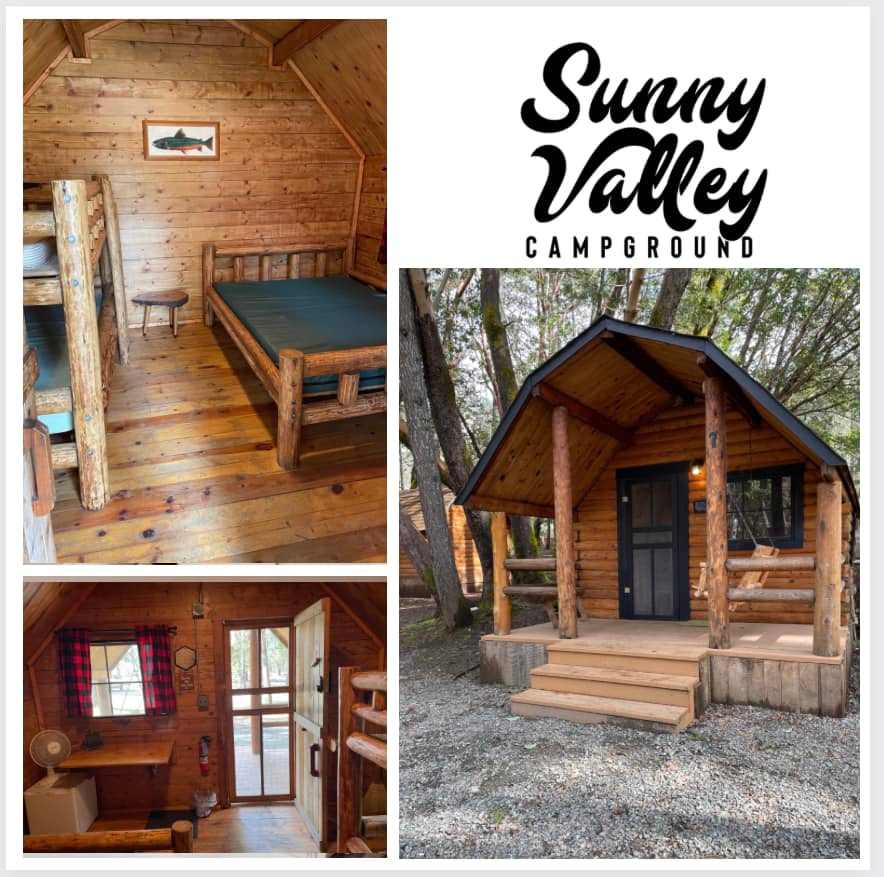
J
Jordan
November 2025
With kids
Cozy cabin stay! Perfect halfway point on our travels.
See more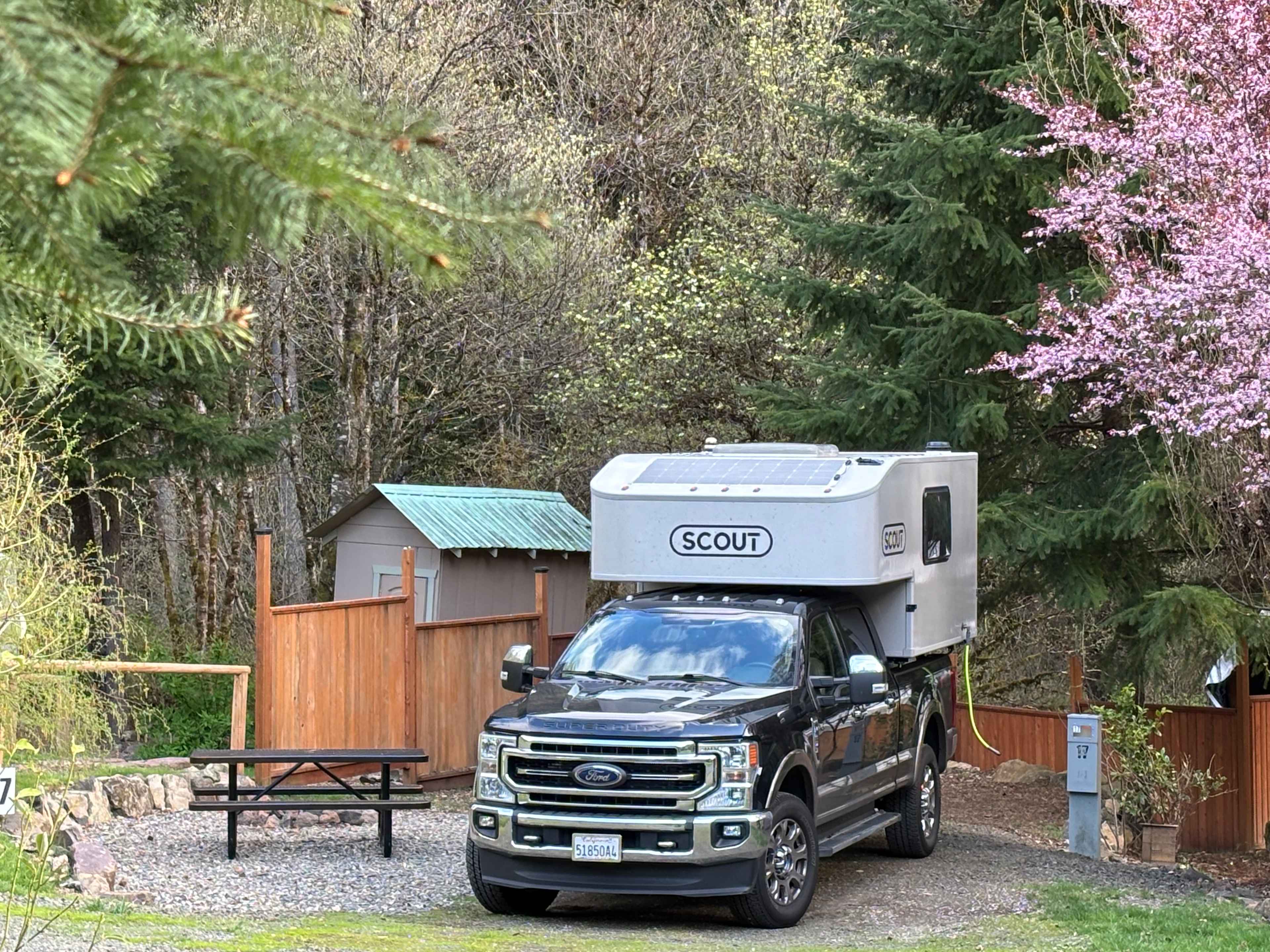
S
Sarah
November 2025
21 ft Class B
Super cute! Staff was friendly, general store right next door. Lots to see very close by. Would definitely recommend!
See more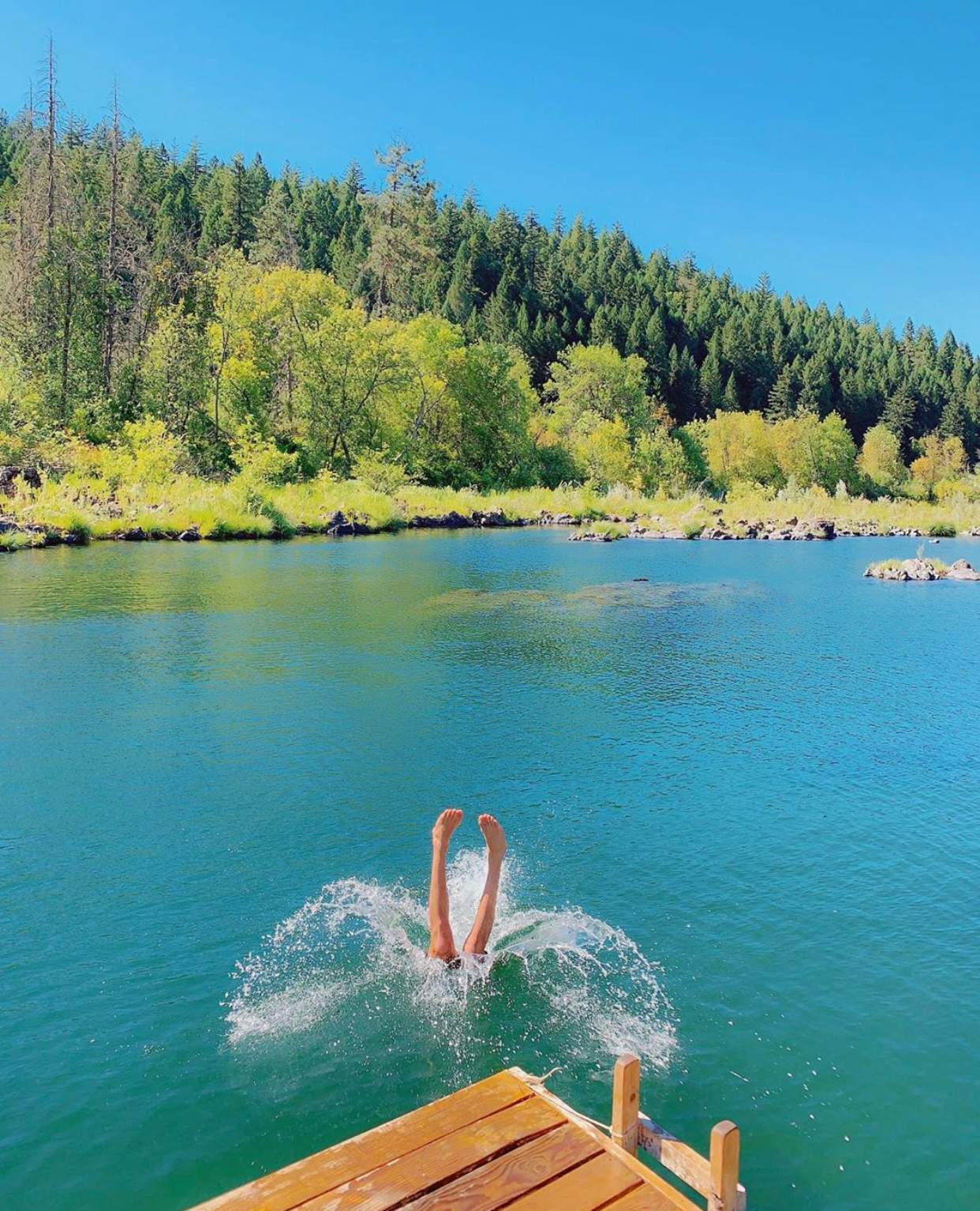
K
Kia
November 2025
Tent
With pets
Large area to work with. Also, warm showers on the river have an absolutely gorgeous view of the river. However, it is outside and you can see the highway from the shower… meaning the highway can see you. There could be better paths and signage to follow, but once you get a gist of the area it’s very easy to find everything. The hosts are very accommodating. They had an employee drop of the firewood we purchased from the camp store. Also there was a full community kitchen that came in handy for things we forgot. We just washed them all and put them back when we were done.
See more
A
Ashley
November 2025
24 ft Class B
With pets
I loved staying on Sarah’s land in our RV. It was our first time using Hipcamp and it was a great experience. Good directions, beautiful farm and views. My daughter loved waking up to the sheep and us too! We walked around the property a little bit too. Such a great spot. We will be back!
See more
Dayna
November 2025
27 ft Class C
With pets
Marcus’s property is absolutely beautiful. Easy to access down a gravel road, nice flat and wide site for our 26 foot Class C with a slide, stunning surroundings, super private and quiet. We loved everything about it and can’t wait to come back.
See more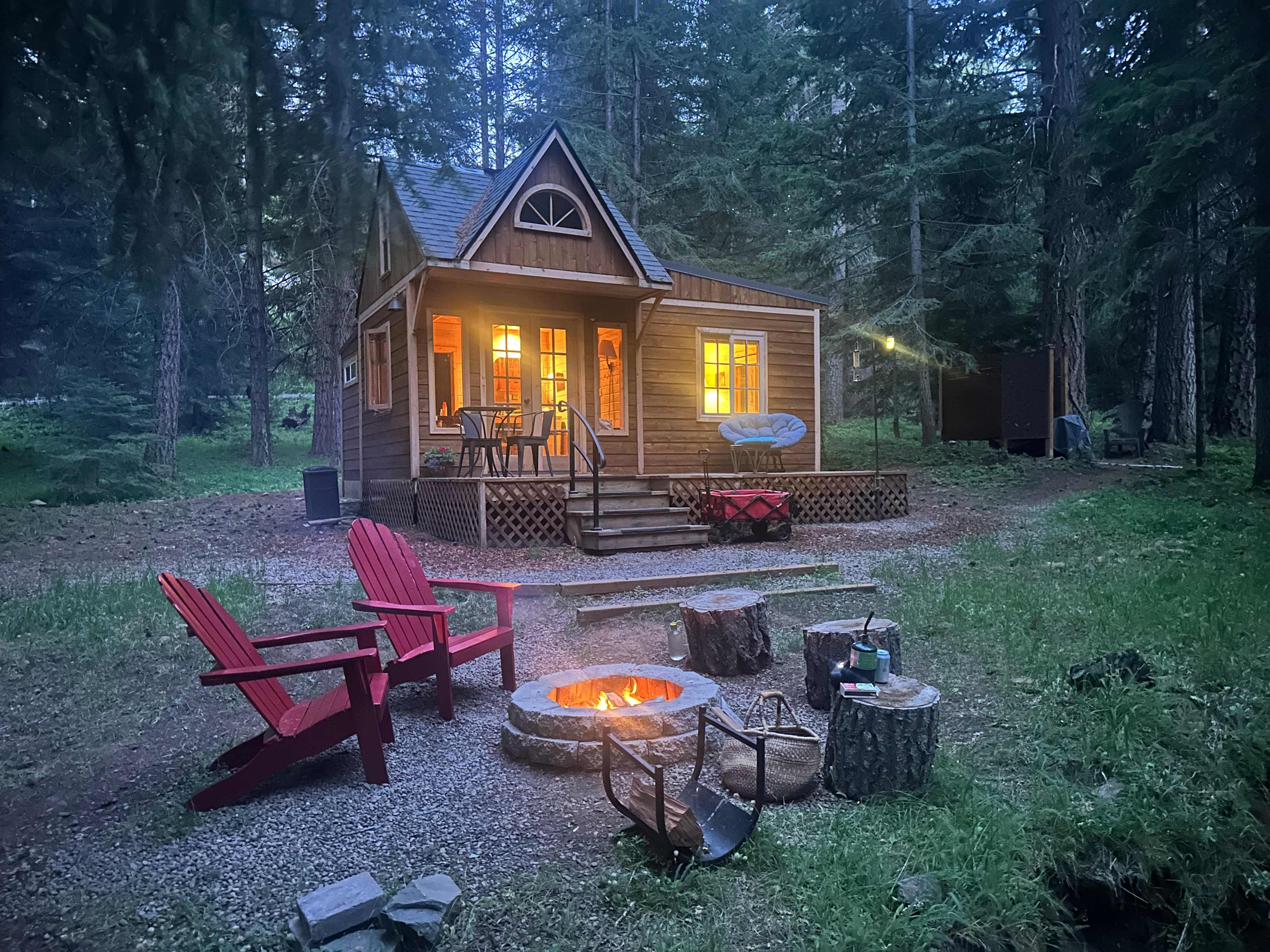
Leah
November 2025
Weekend Trip to Owl Creek Cabin Mountain Getaway
What a beautiful and cozy spot!! Kit was very accommodating and friendly. The cabin was warm, the fire pit was perfect. I was just bummed the outside bathtub wasn't functional at that time, but all in all a great spot and I highly recommend.
See more
P
Patrick
November 2025
Group trip
Beautiful land and a generously supplied cabin. Can’t wait to come back!
See more
T
Tracy
November 2025
23 ft travel trailer
Very pretty spot! Incredibly private and quiet. The sunsets are lovely here. A good place to bring our camper and stay for the. Night. Karly was very communicative and kind. Recommended! Maneuvering a bigger camper would’ve been a struggle. Ours was a 23’, so smaller is better at this spot.
See more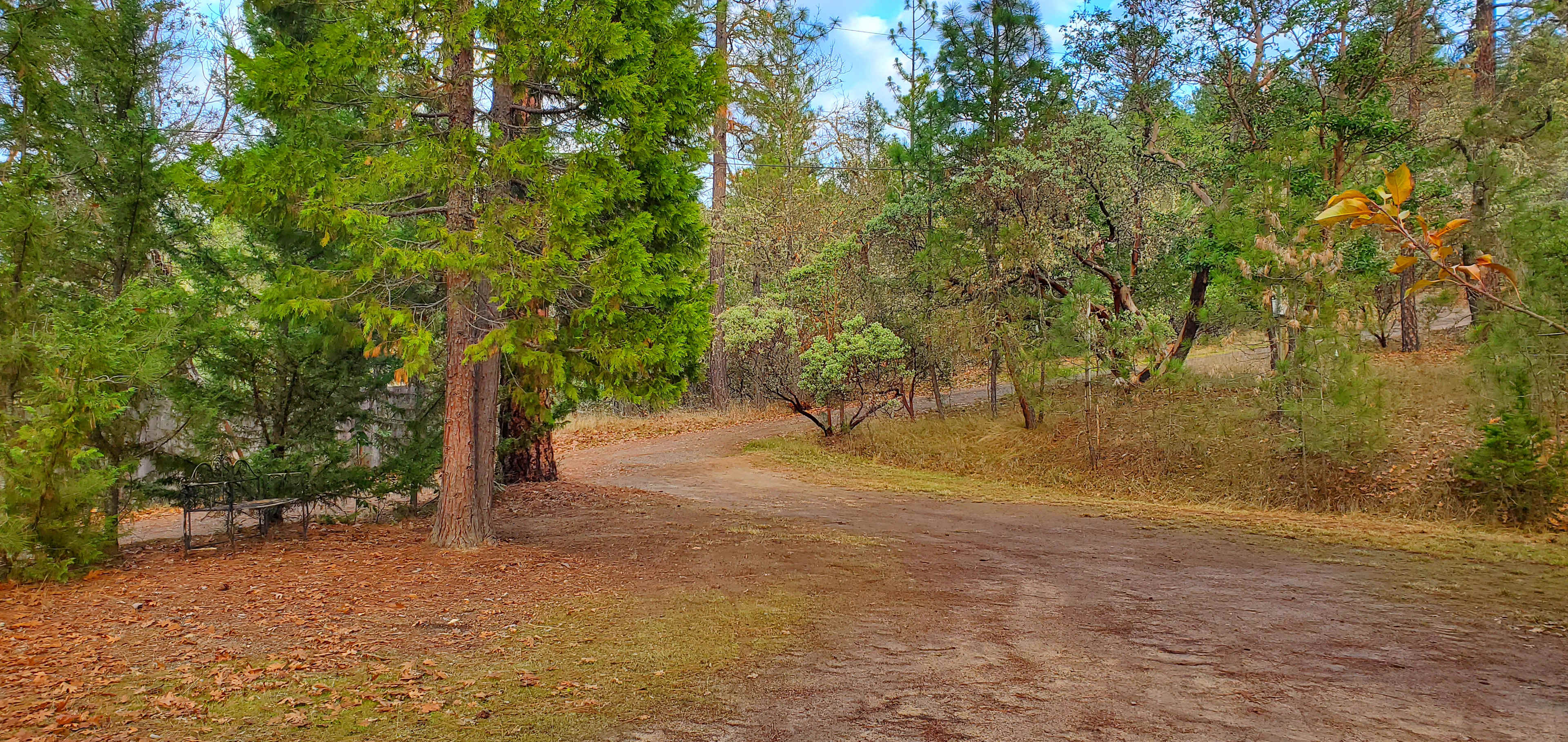
K
Kaia
November 2025
19 ft travel trailer
With pets
The pond area is sublime & peaceful. This location is a challenge to get to with a steep ascent but it does indeed true you on top of the clouds. Totally worth it! Wine too……a perfect location.
See more
C
Christie
November 2025
18 ft campervan
Very easy to find, close to town & just off the freeway. It was a perfect stop over for a 10+ hour drive. Bathrooms were very clean, host super friendly & helpful. I’ll be “book marking “this one for future use!
See moreNearby public parks
Browse national and state parks near Southern Oregon
More campsites in and near Southern Oregon
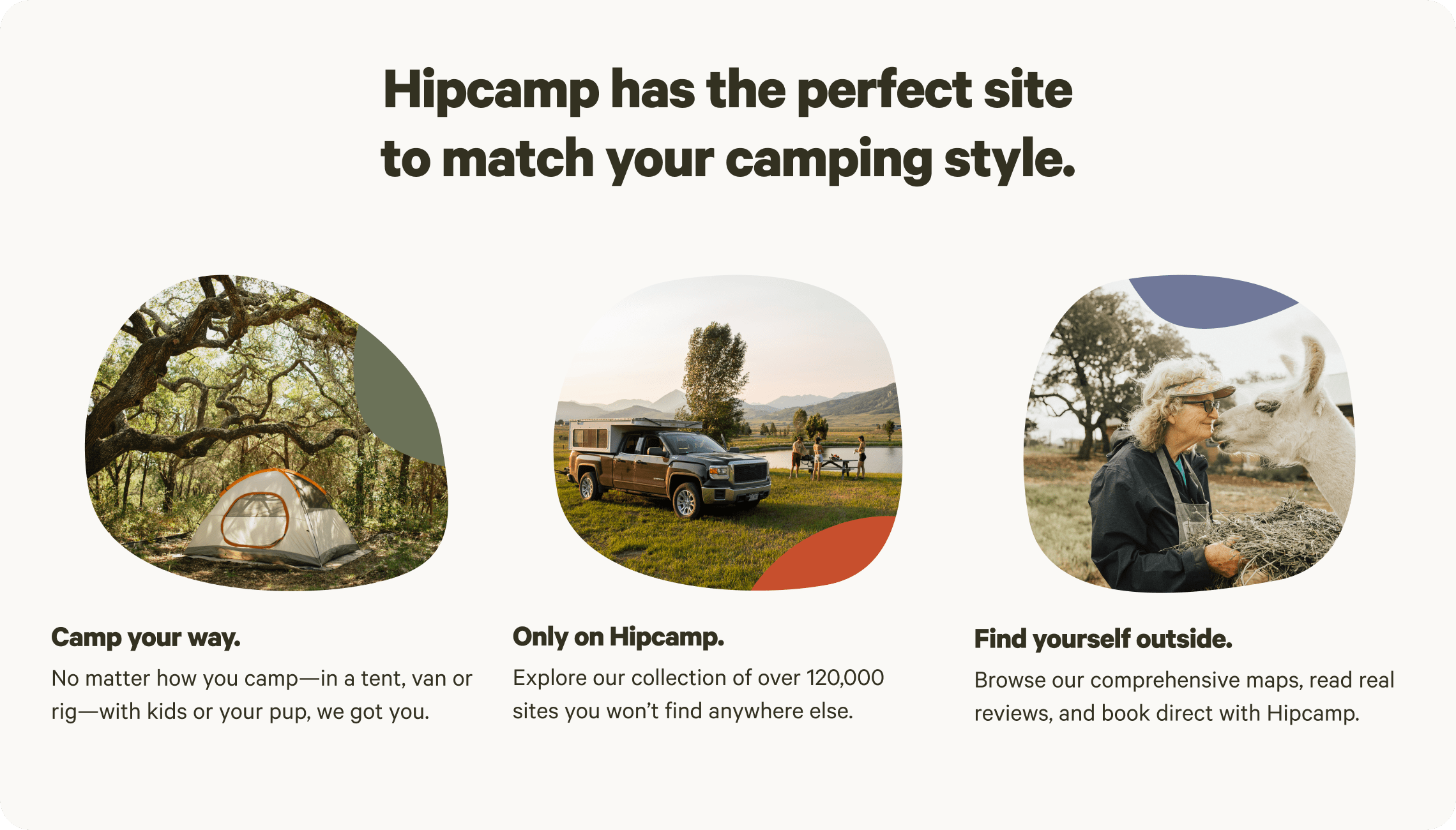

hipcamp.com/discover/california/crater-lake-2'>Crater lake make southern Oregon a must-camp destination.
